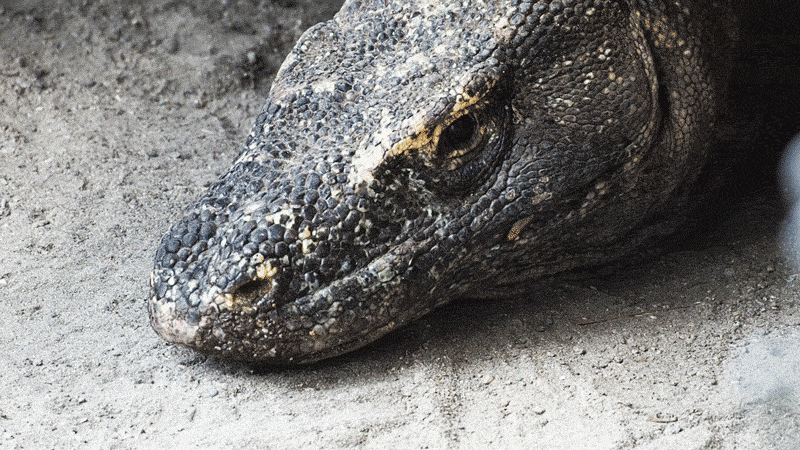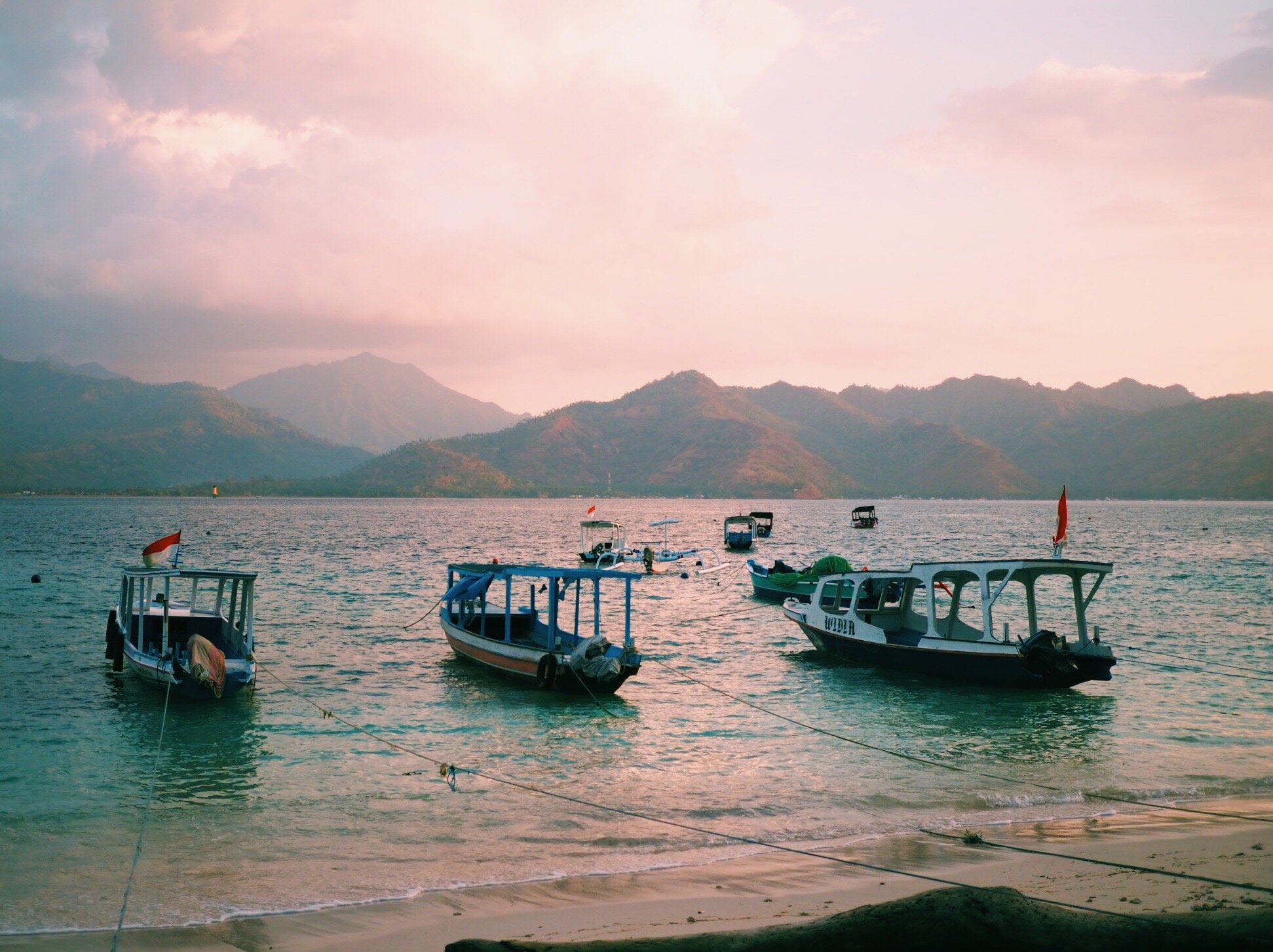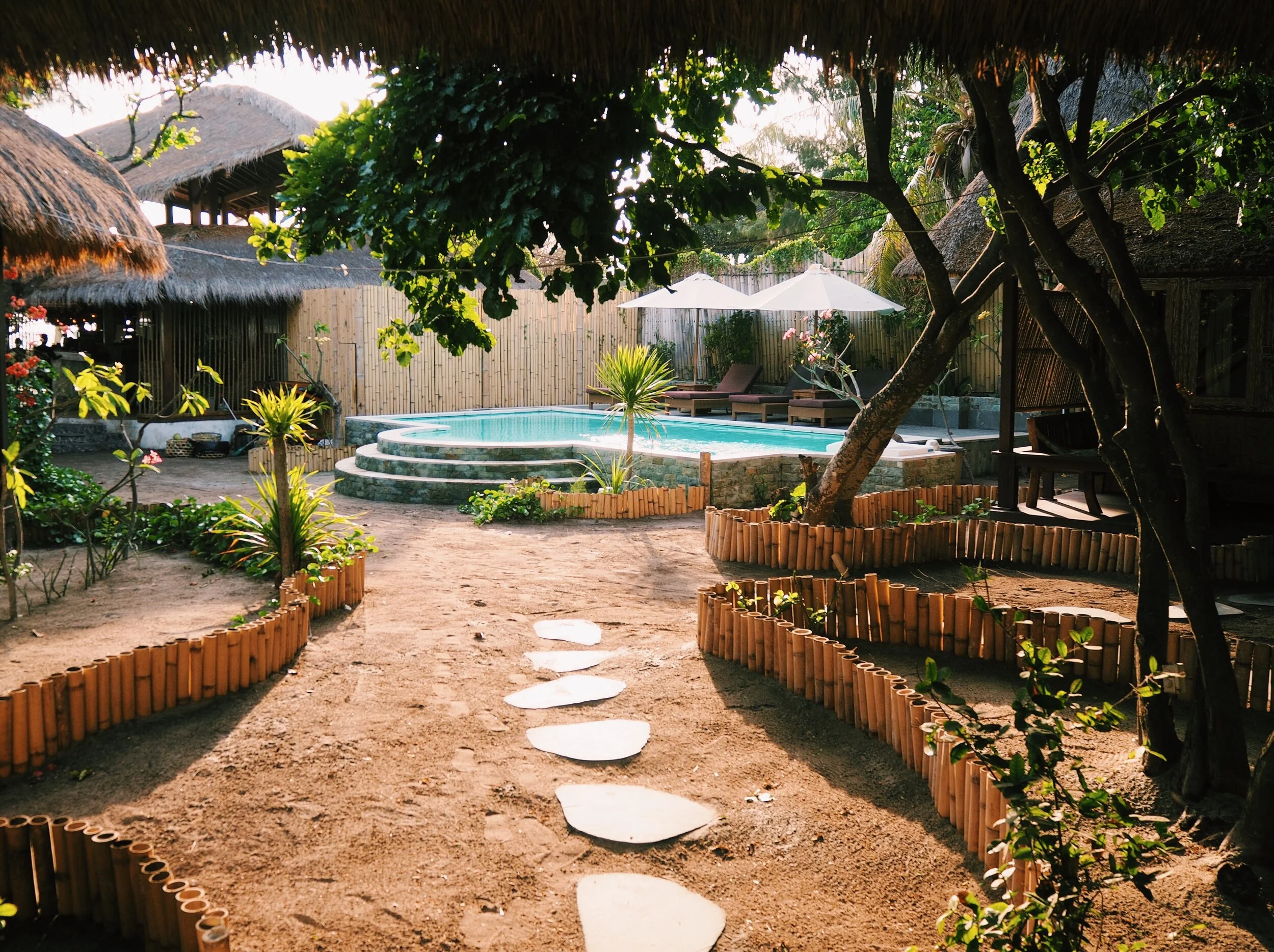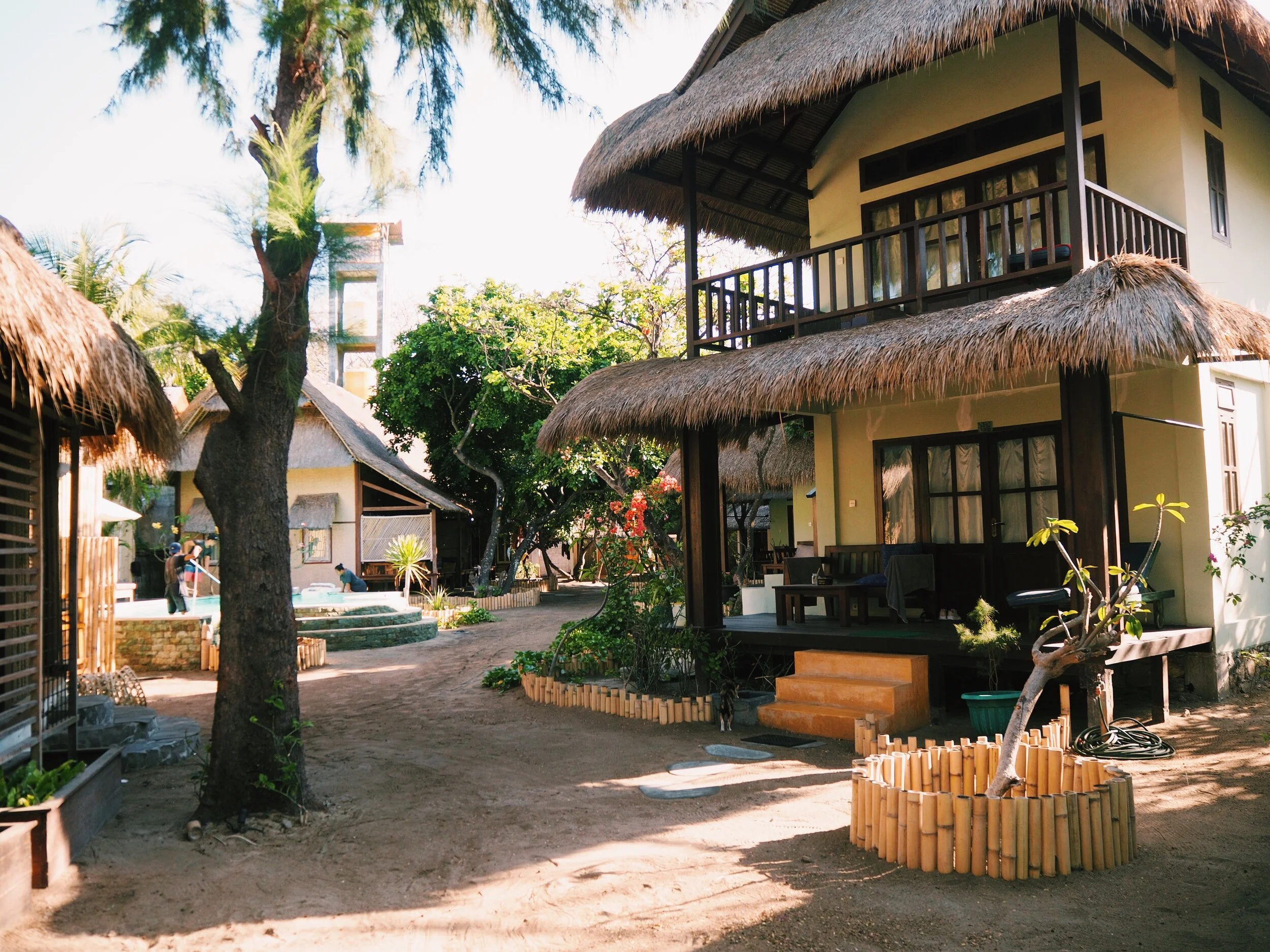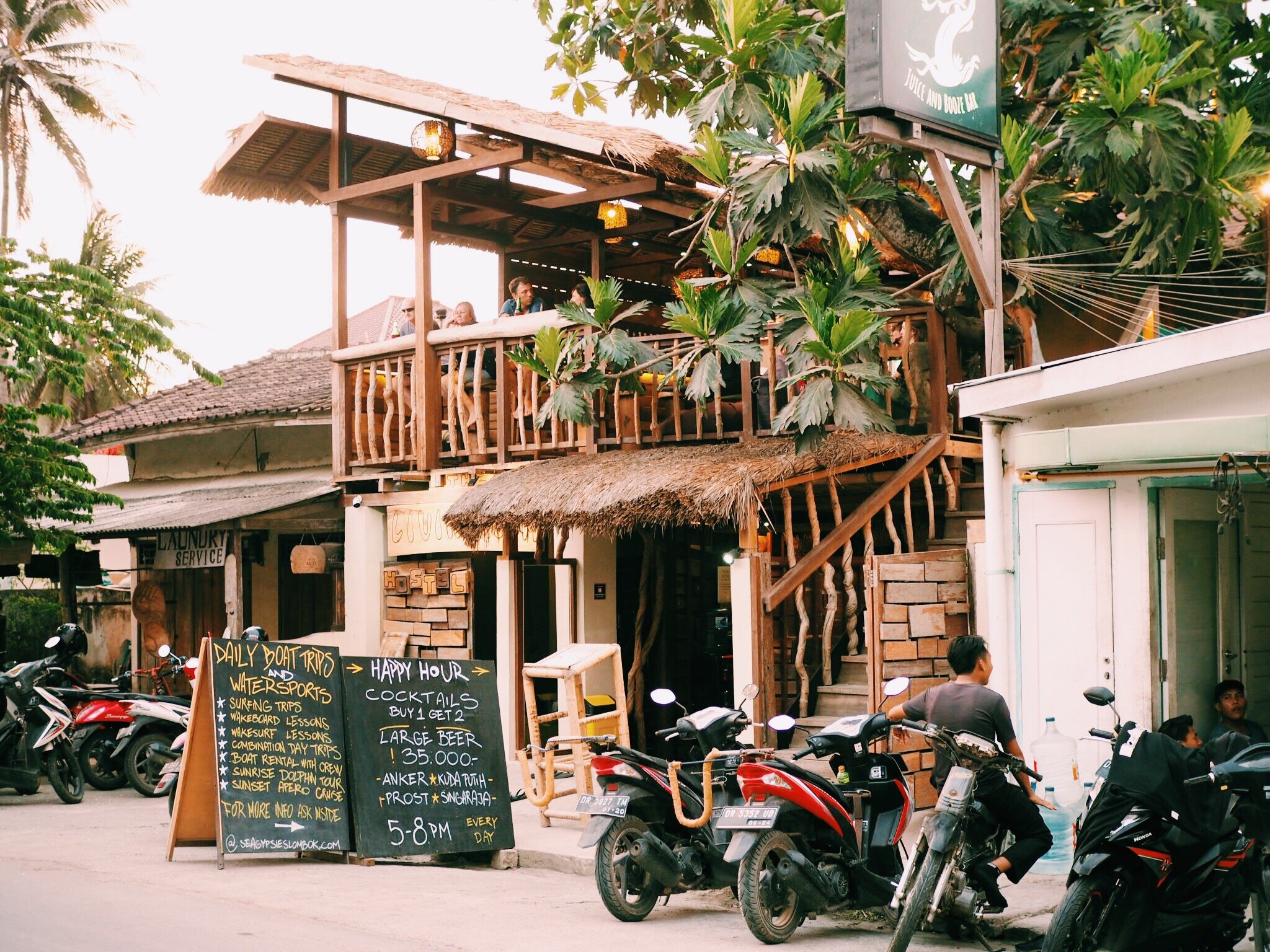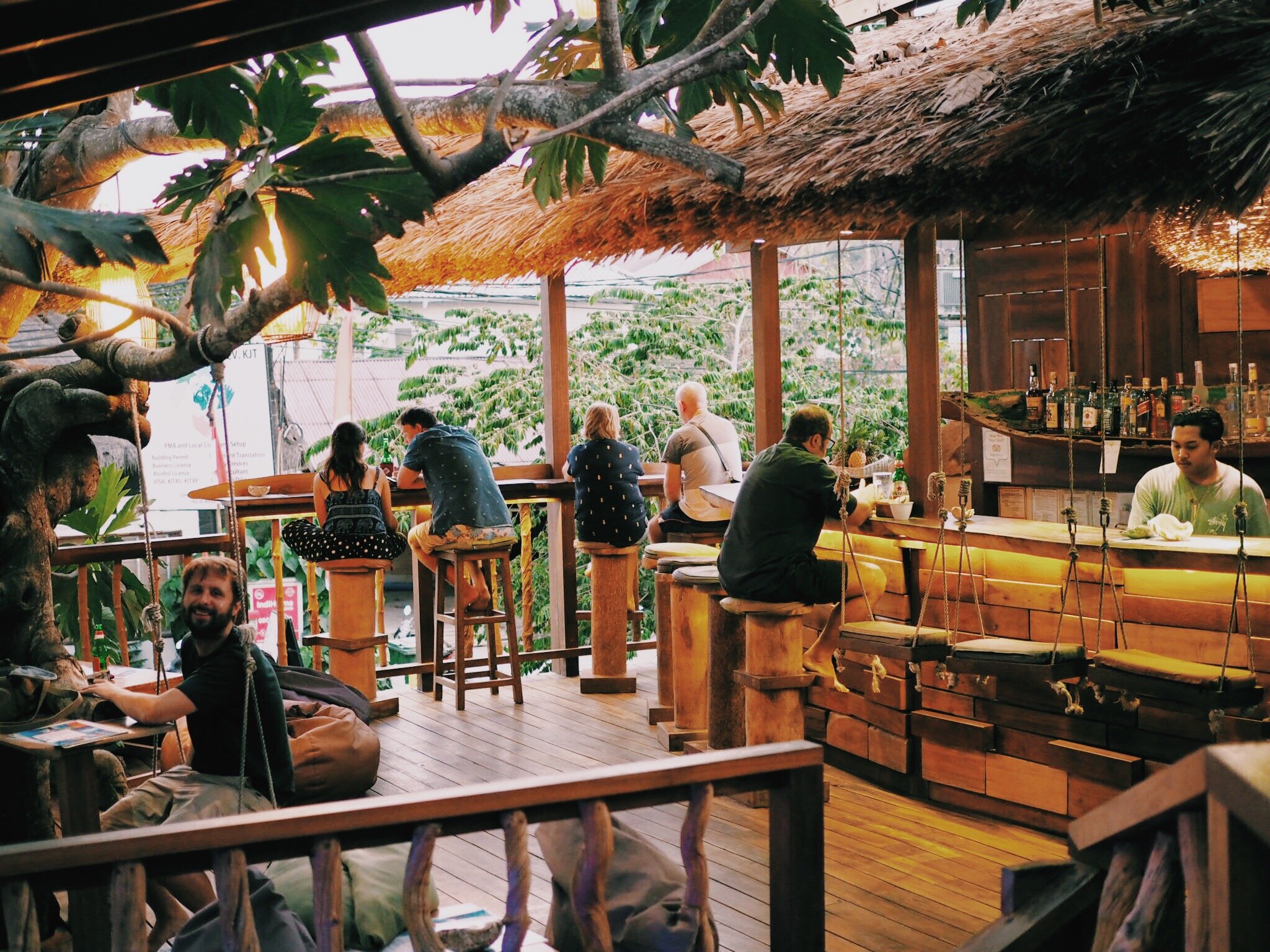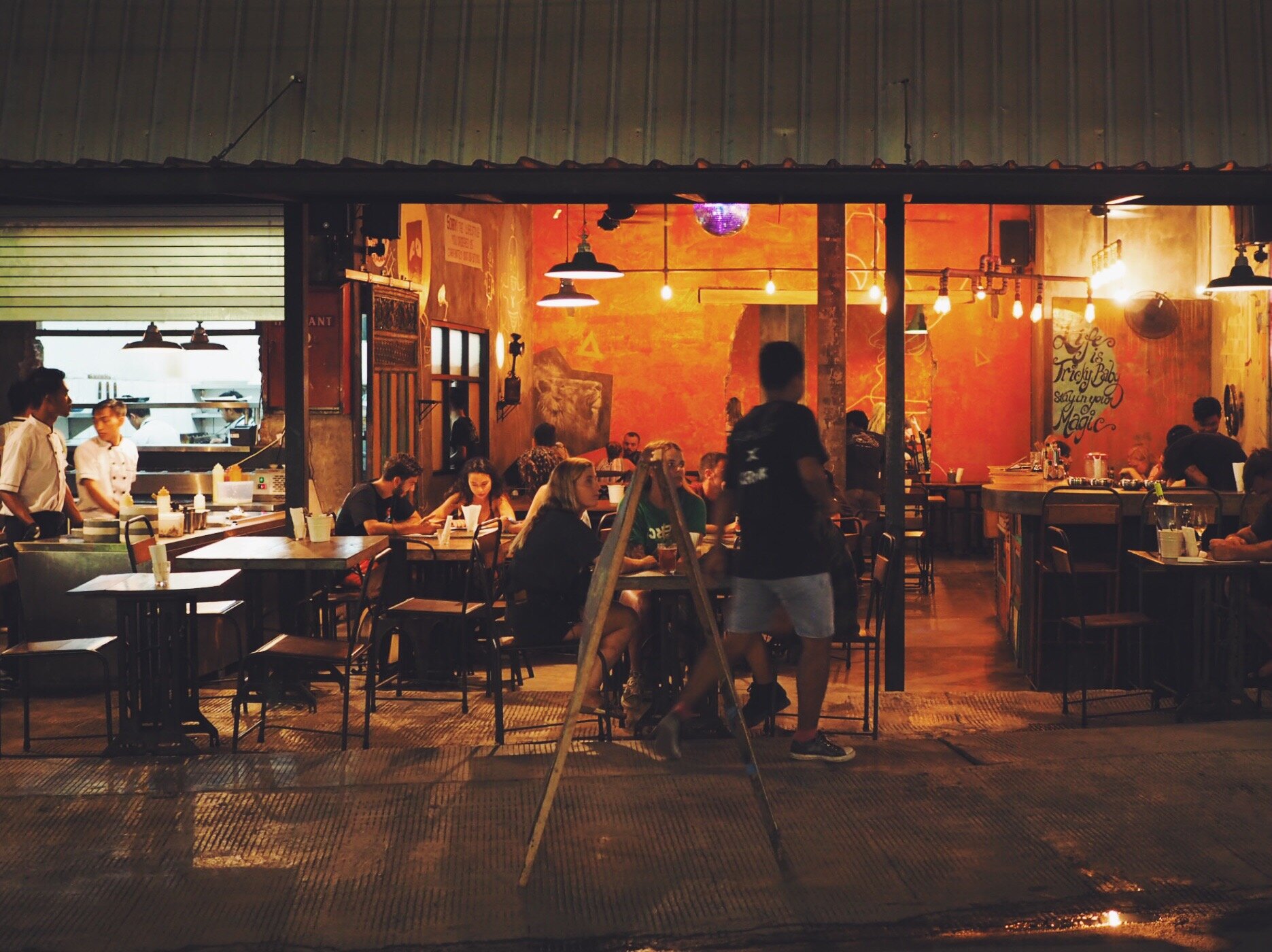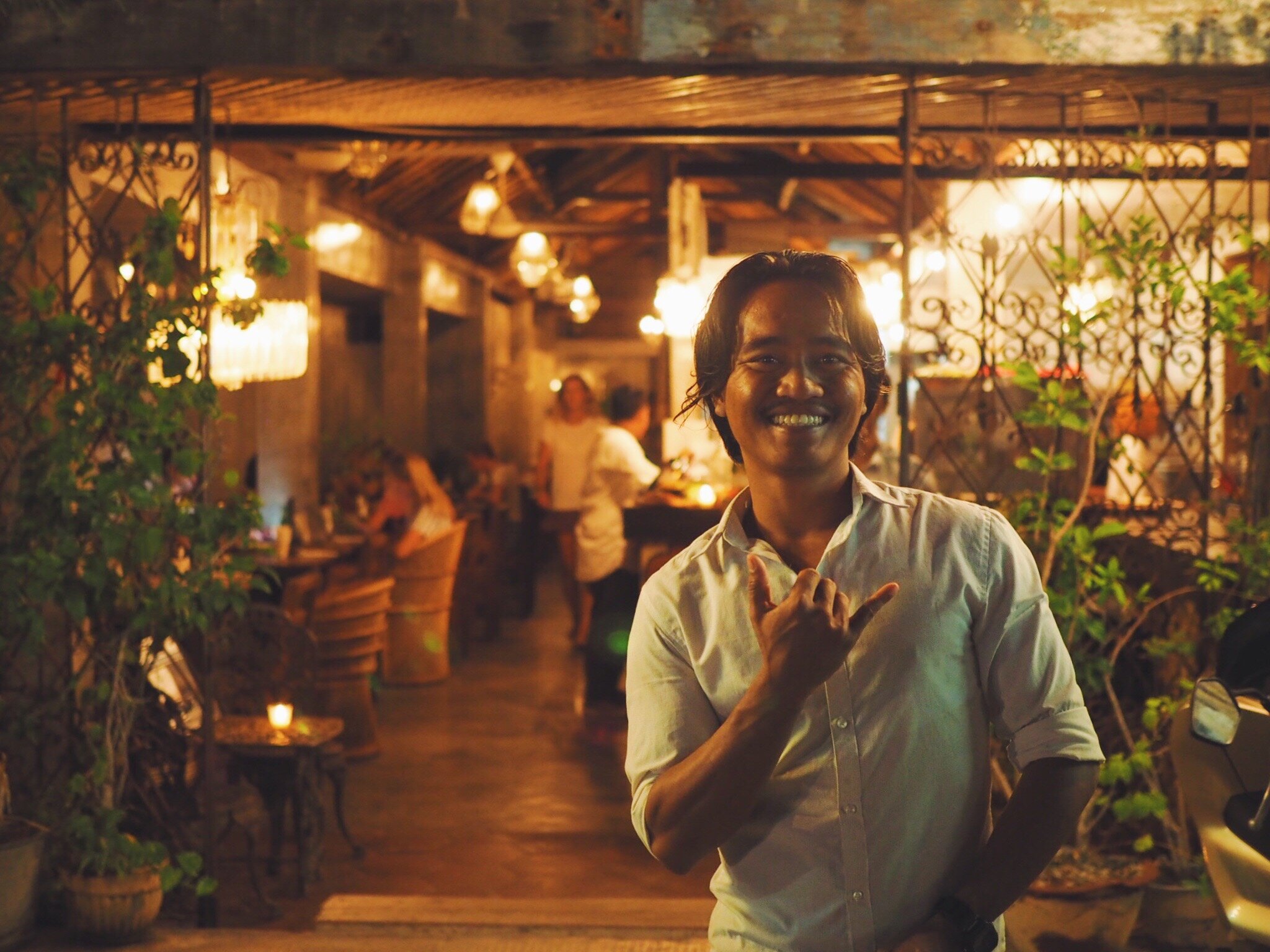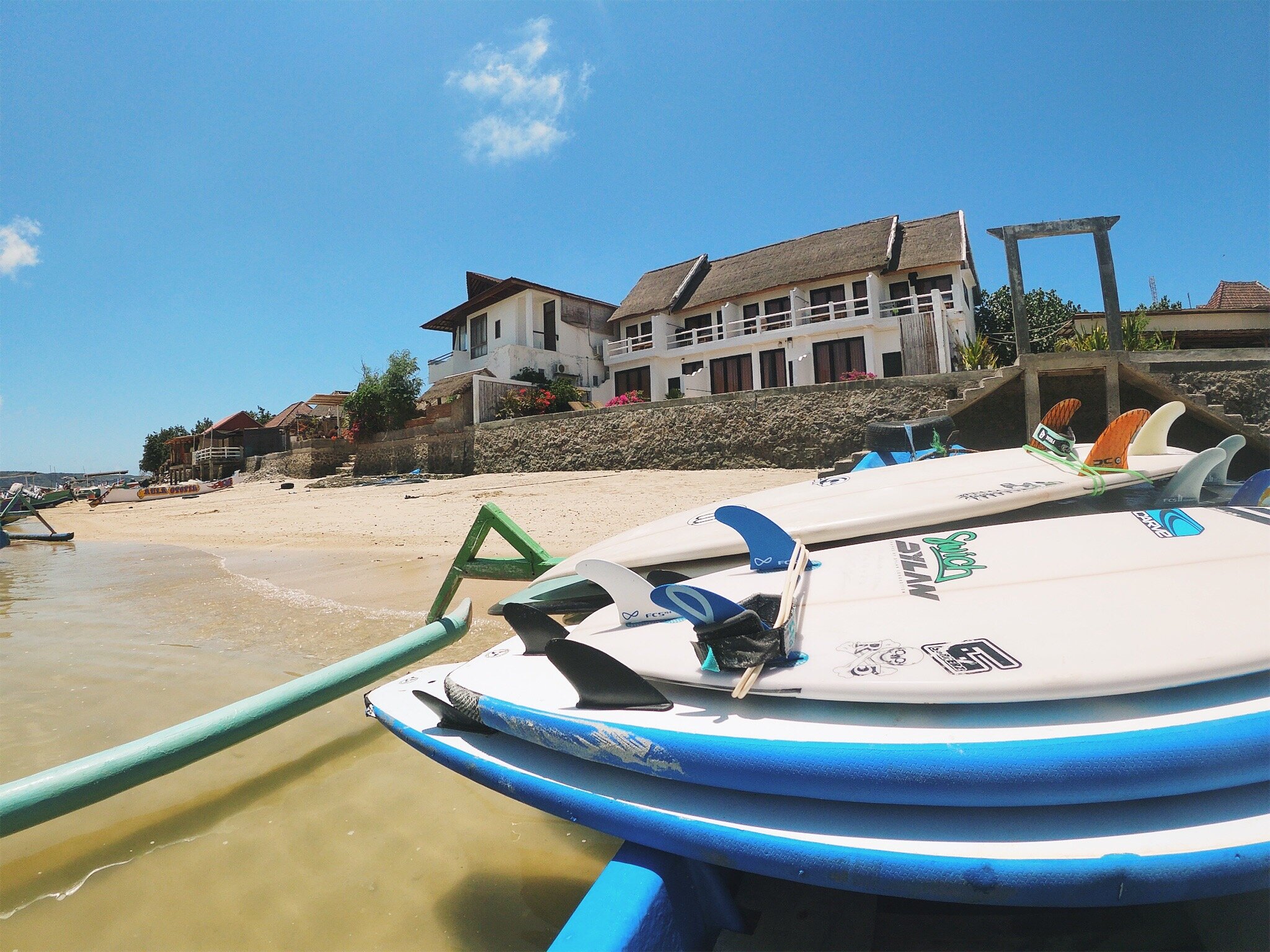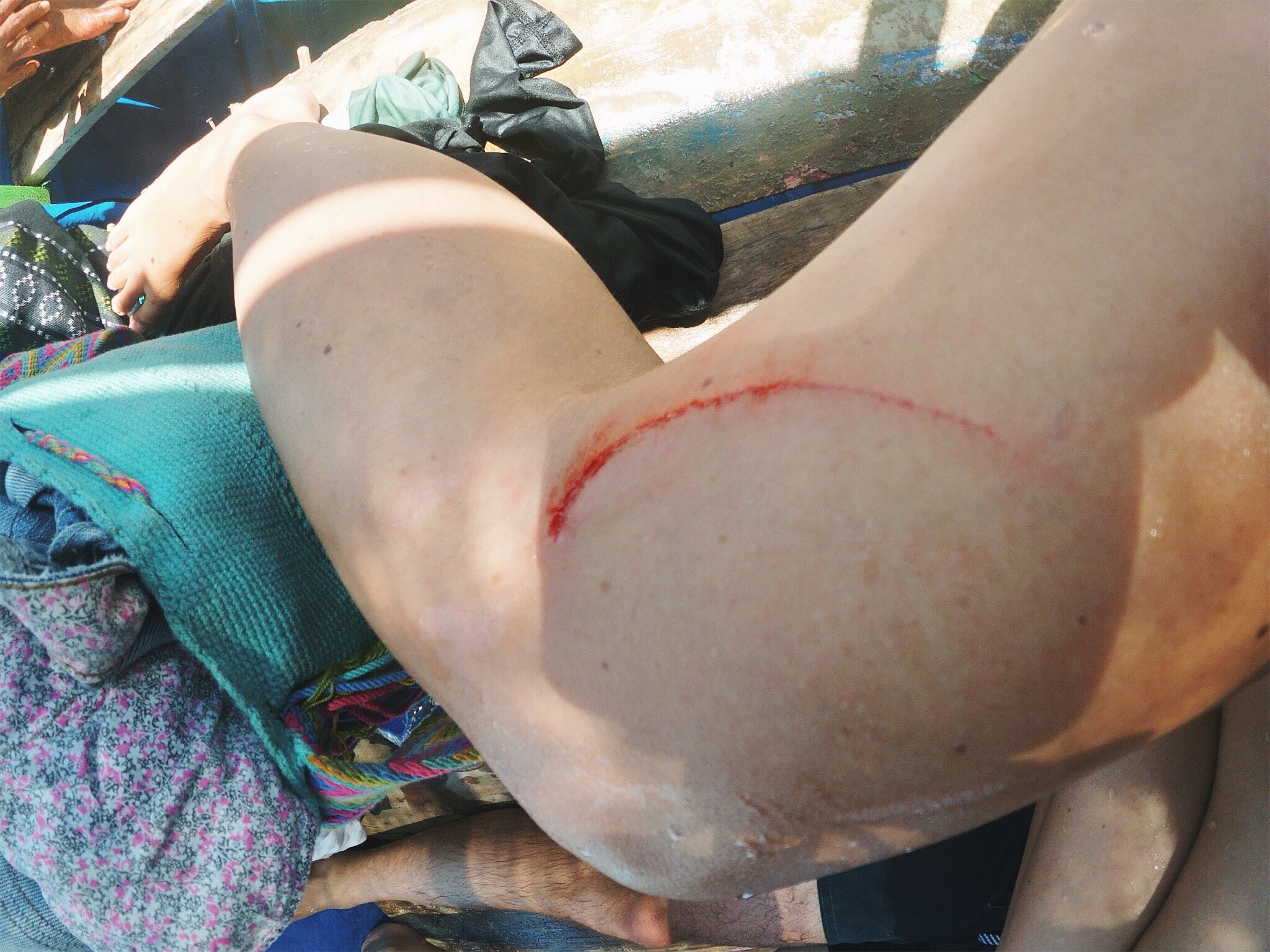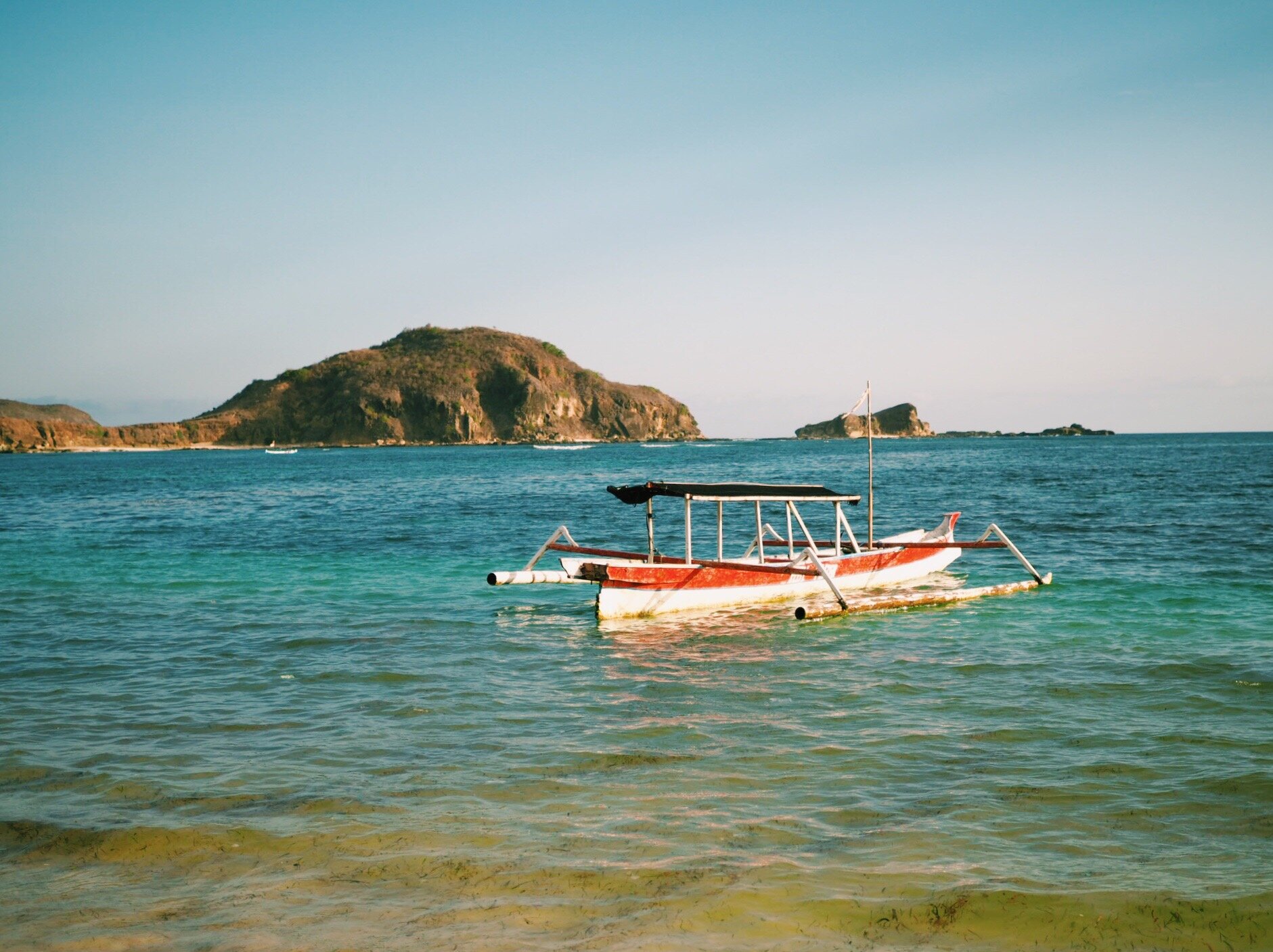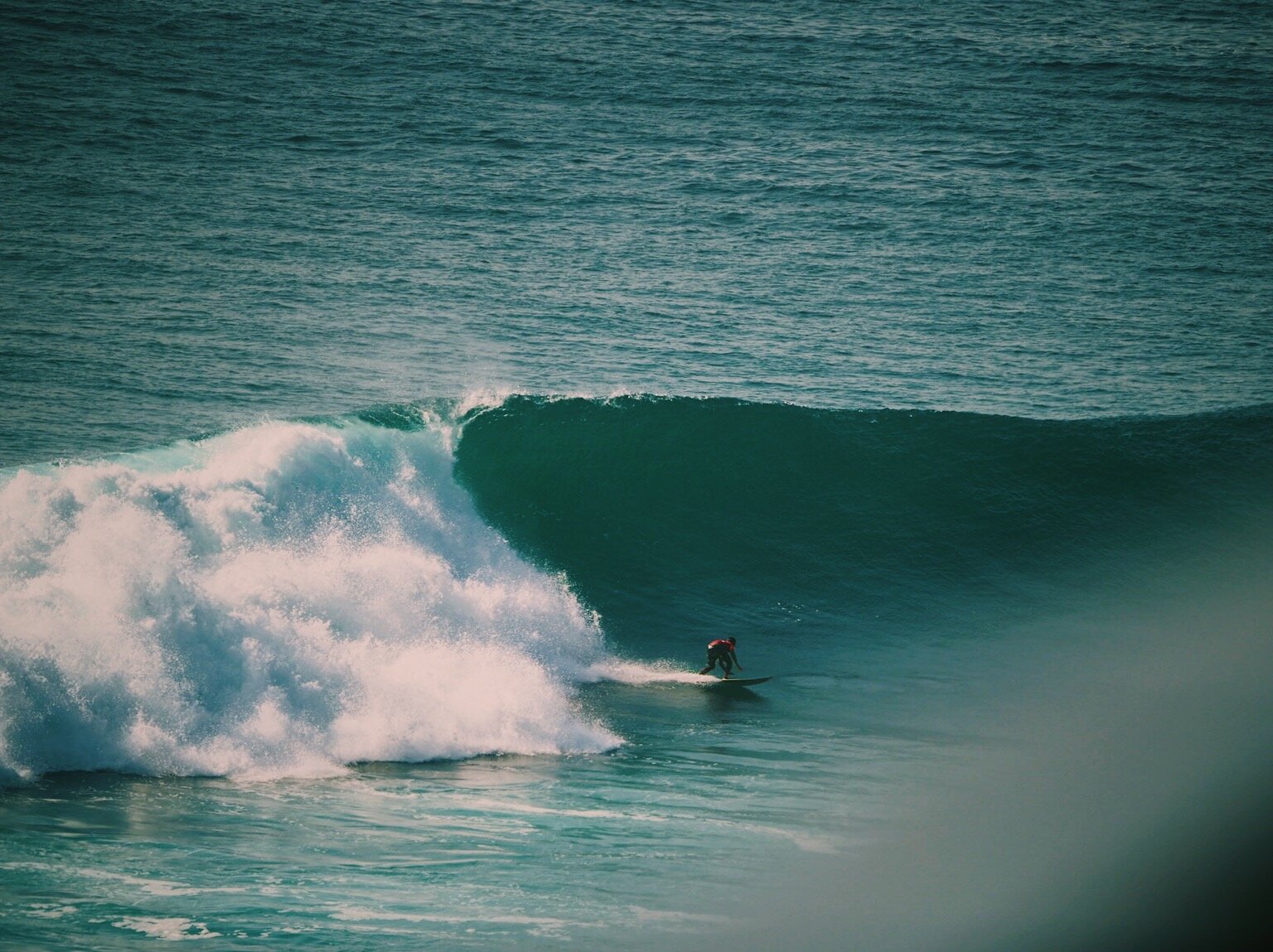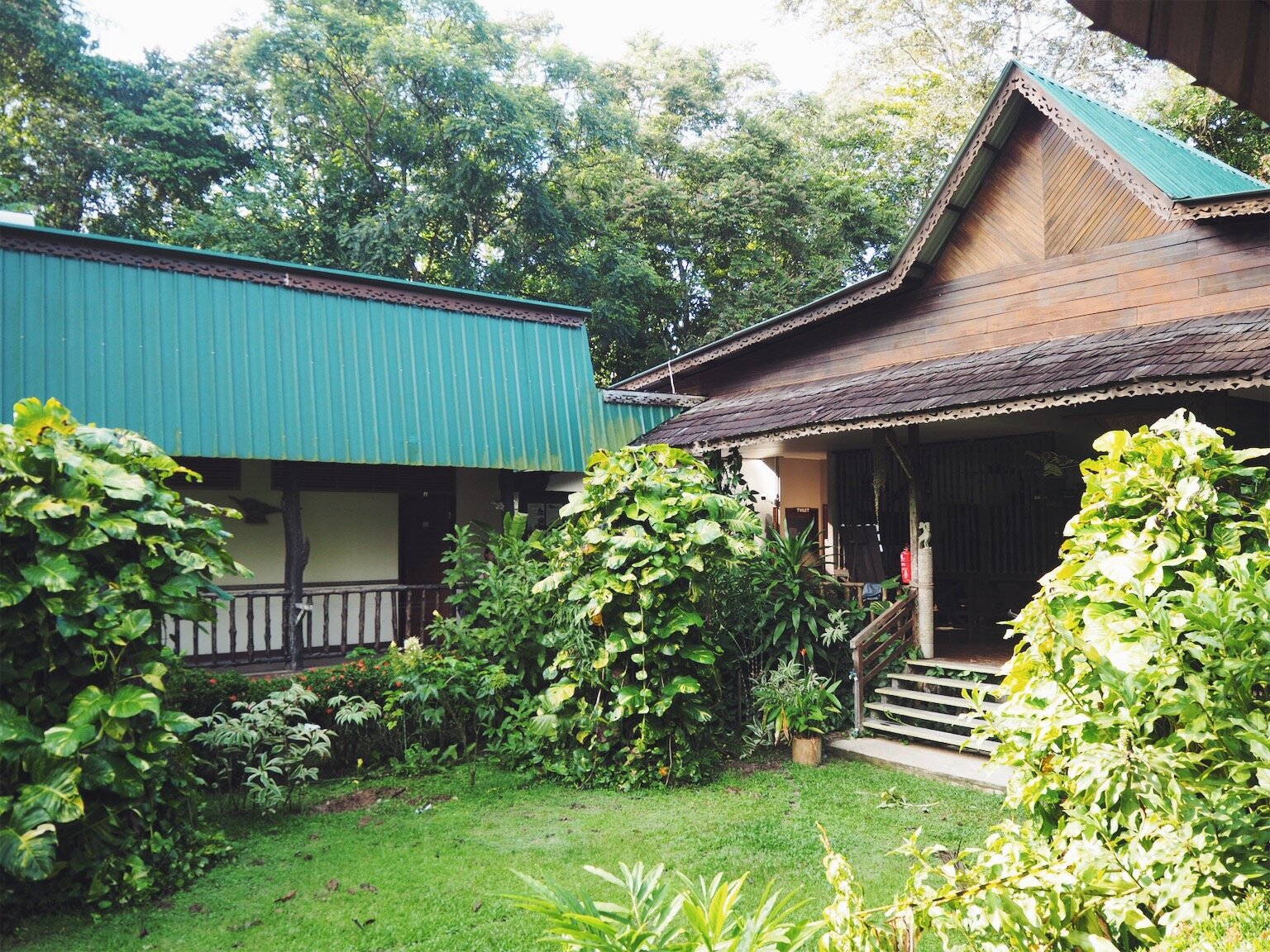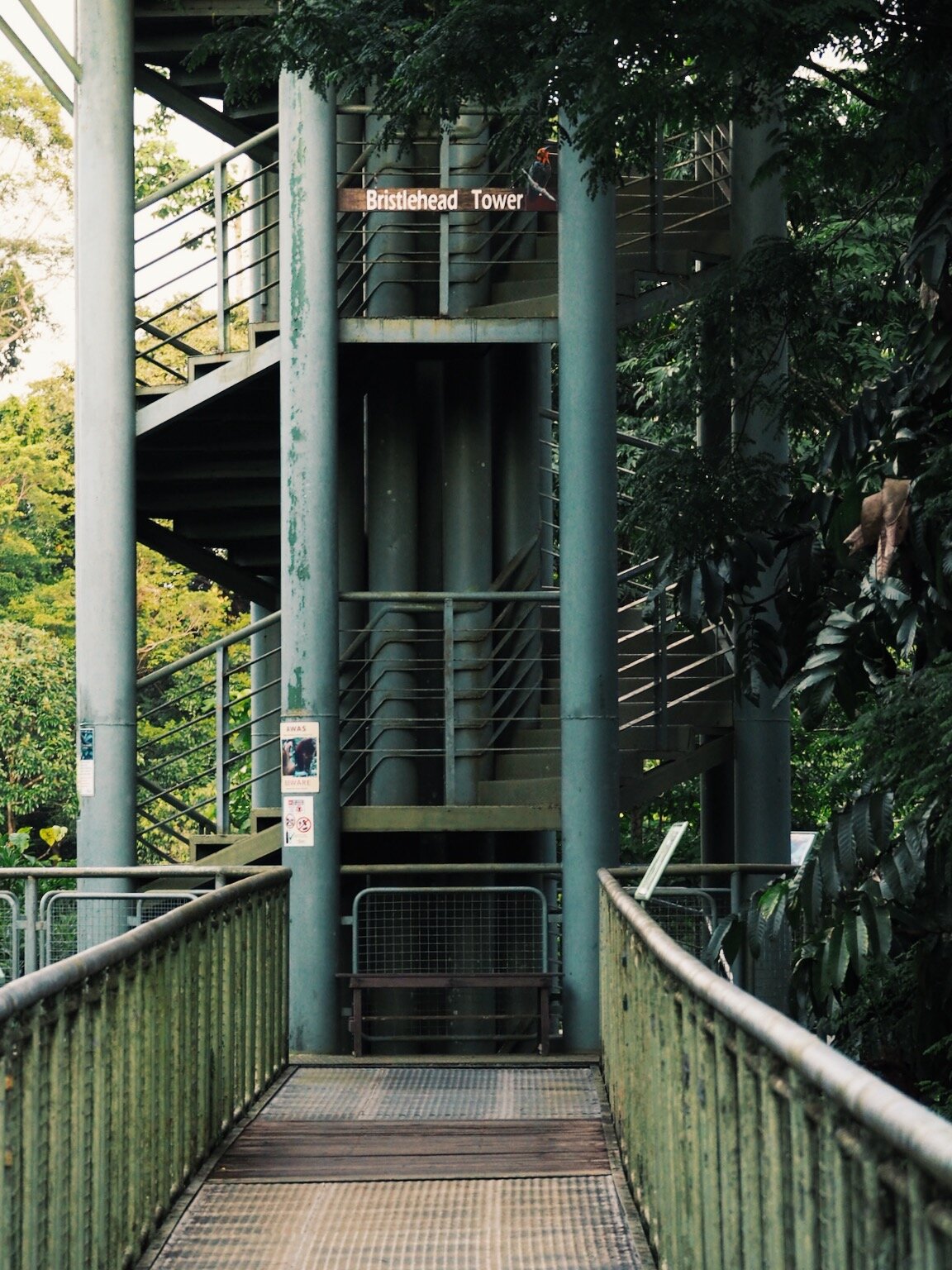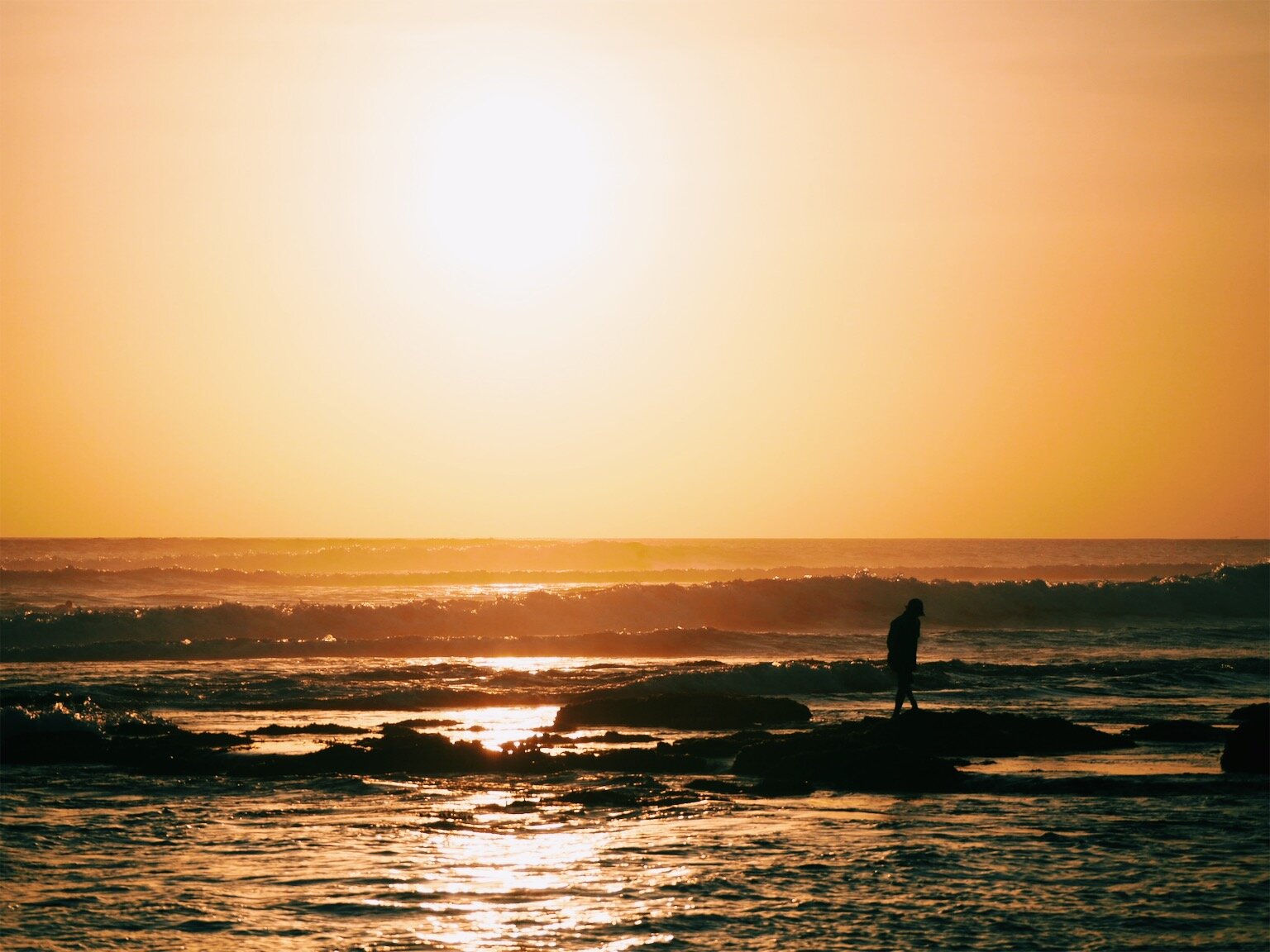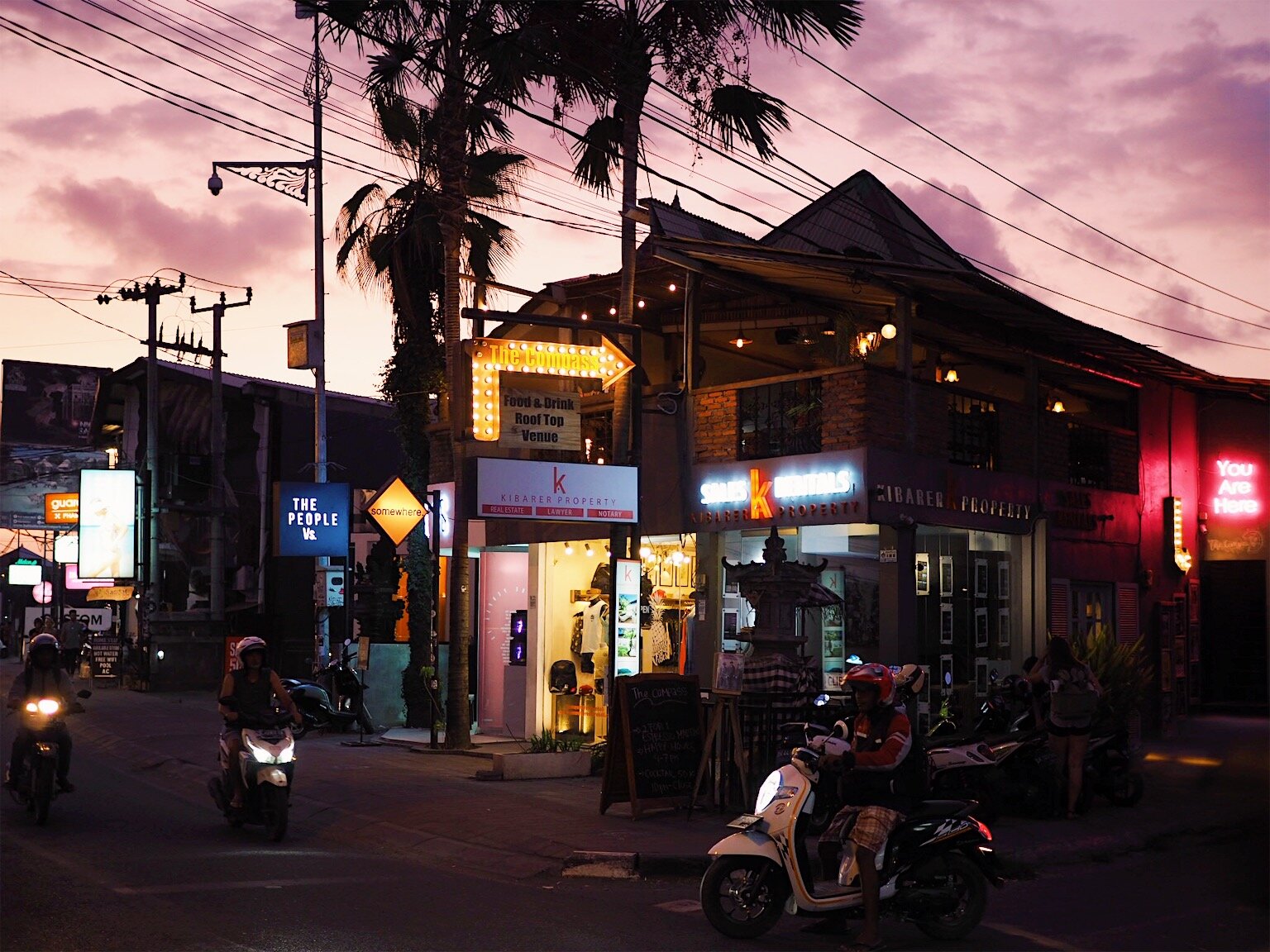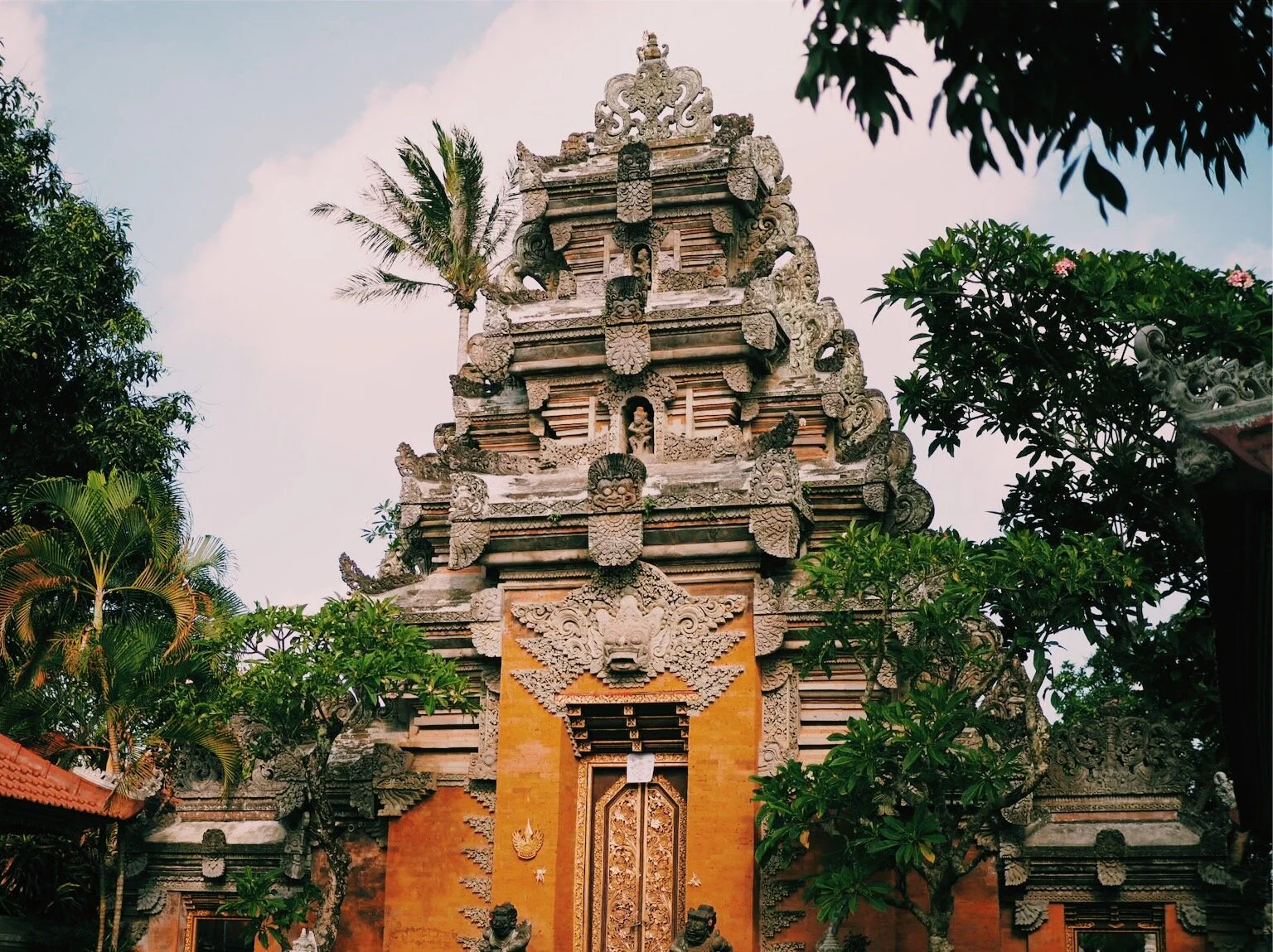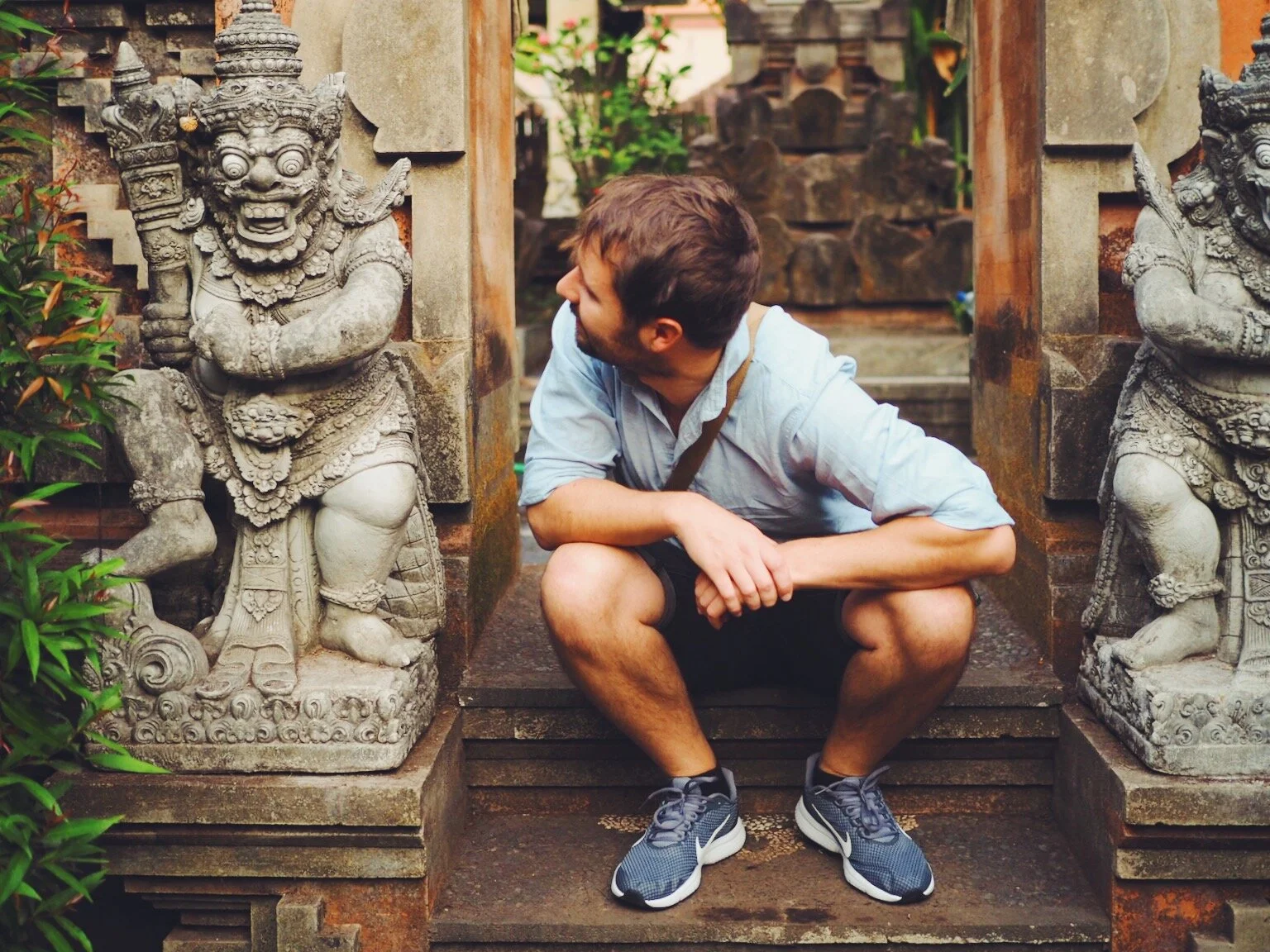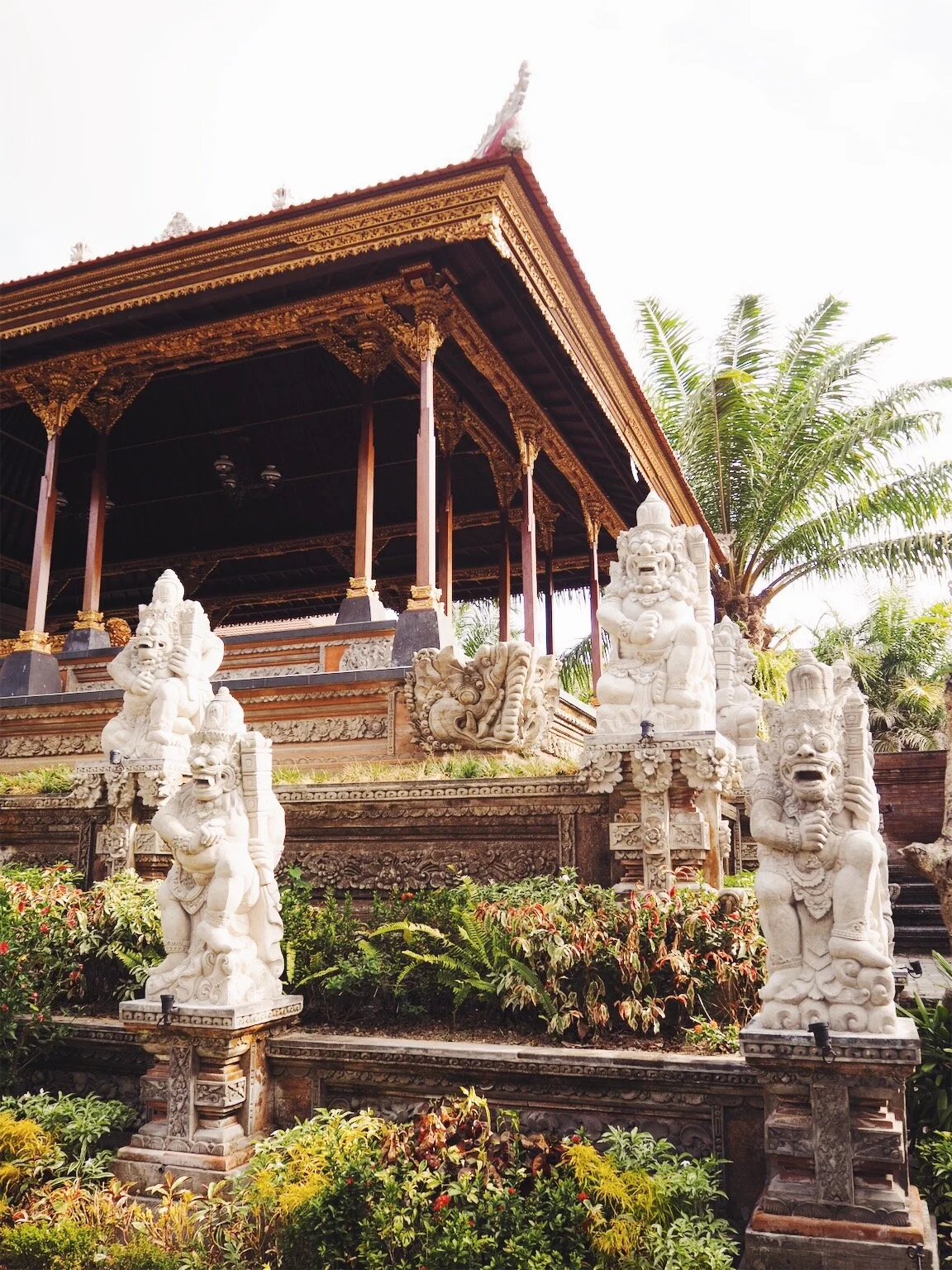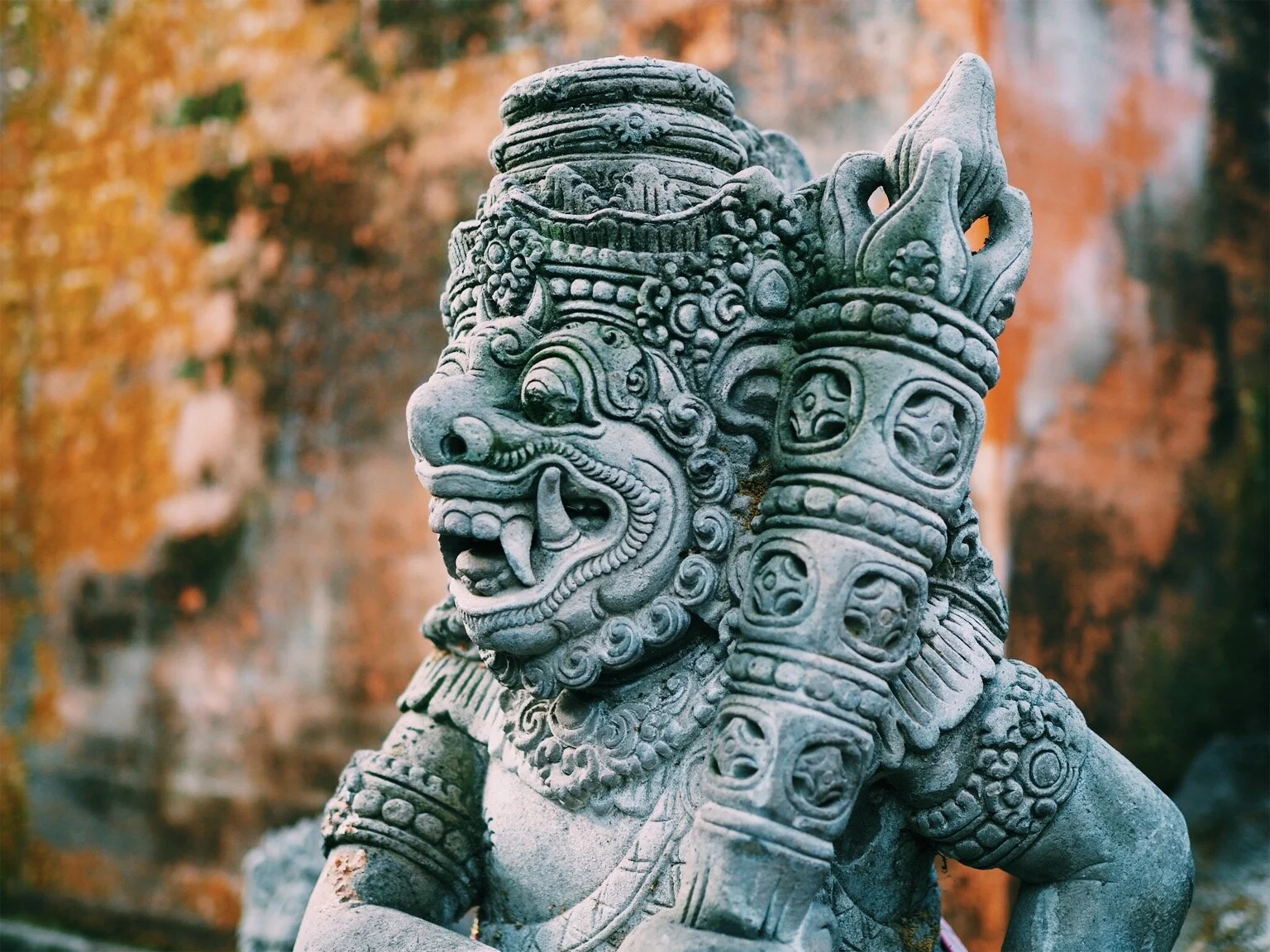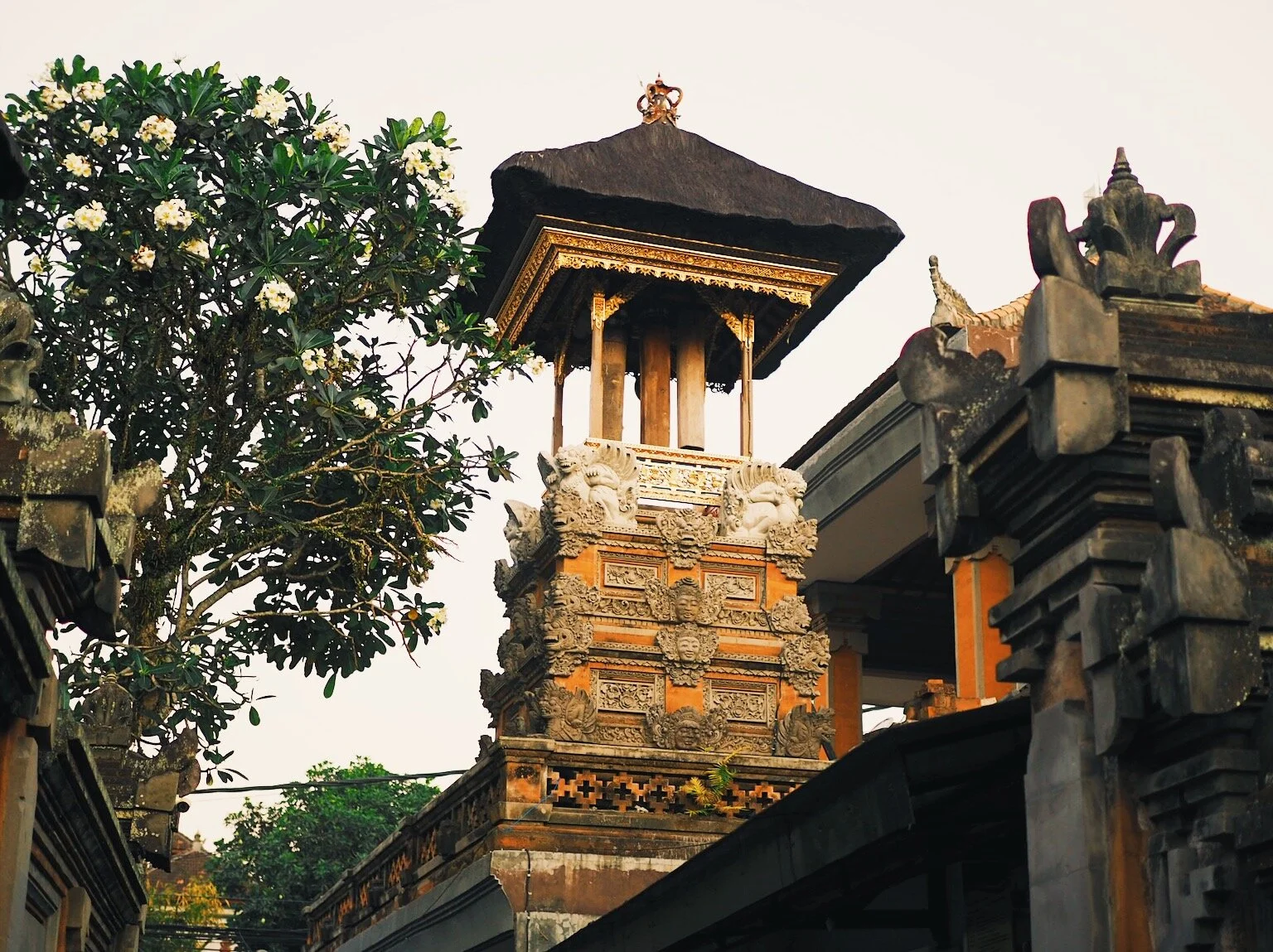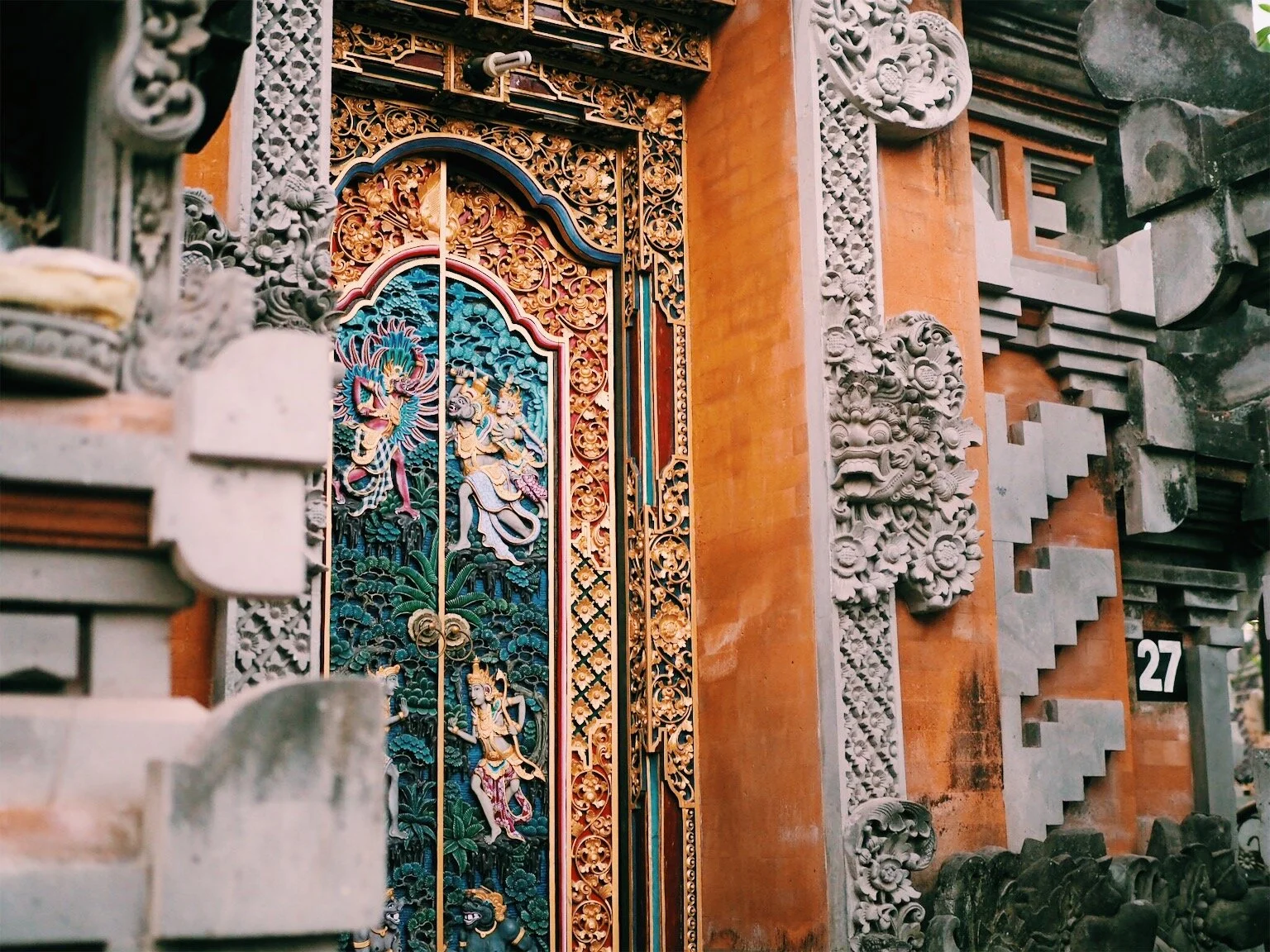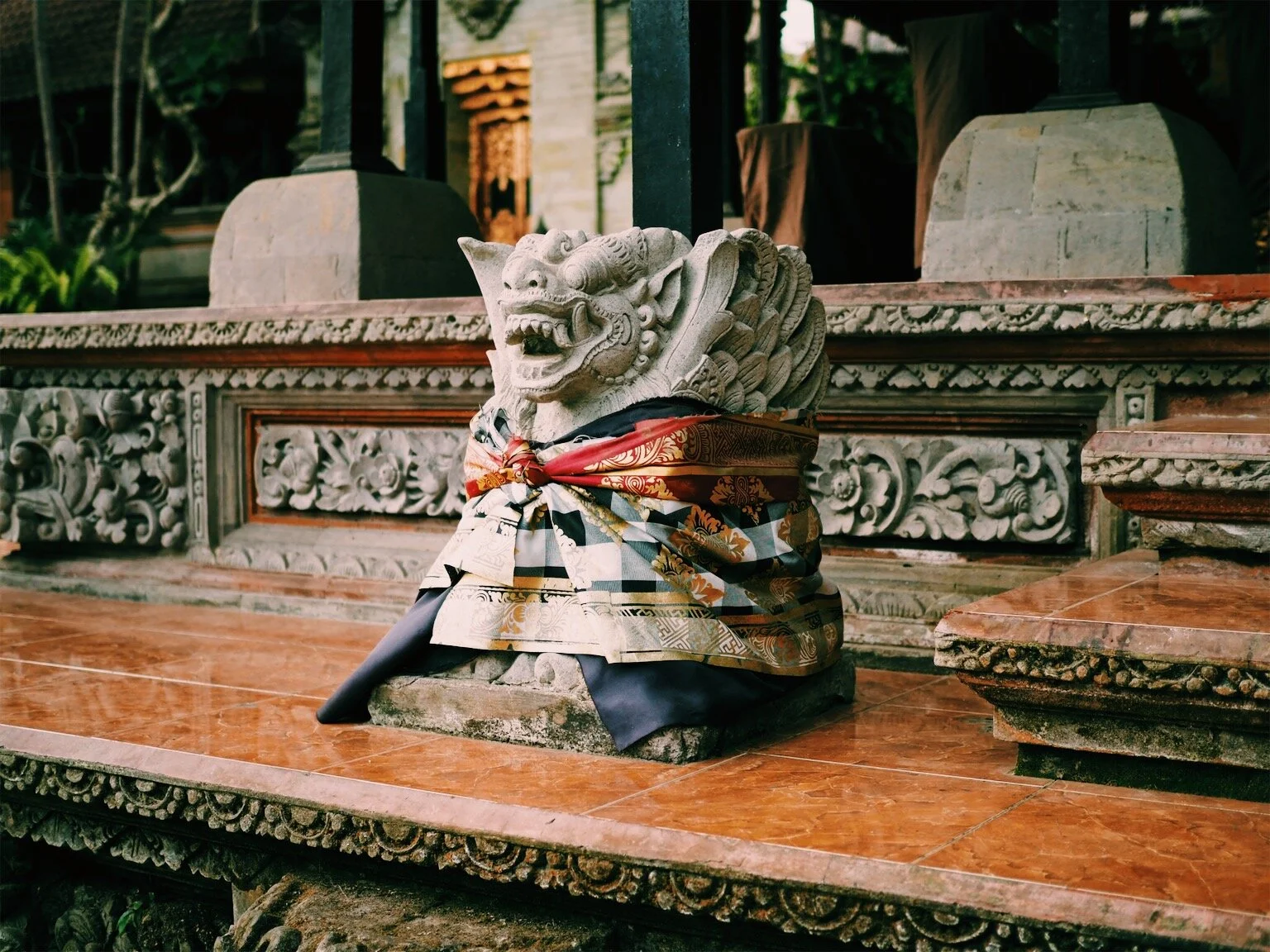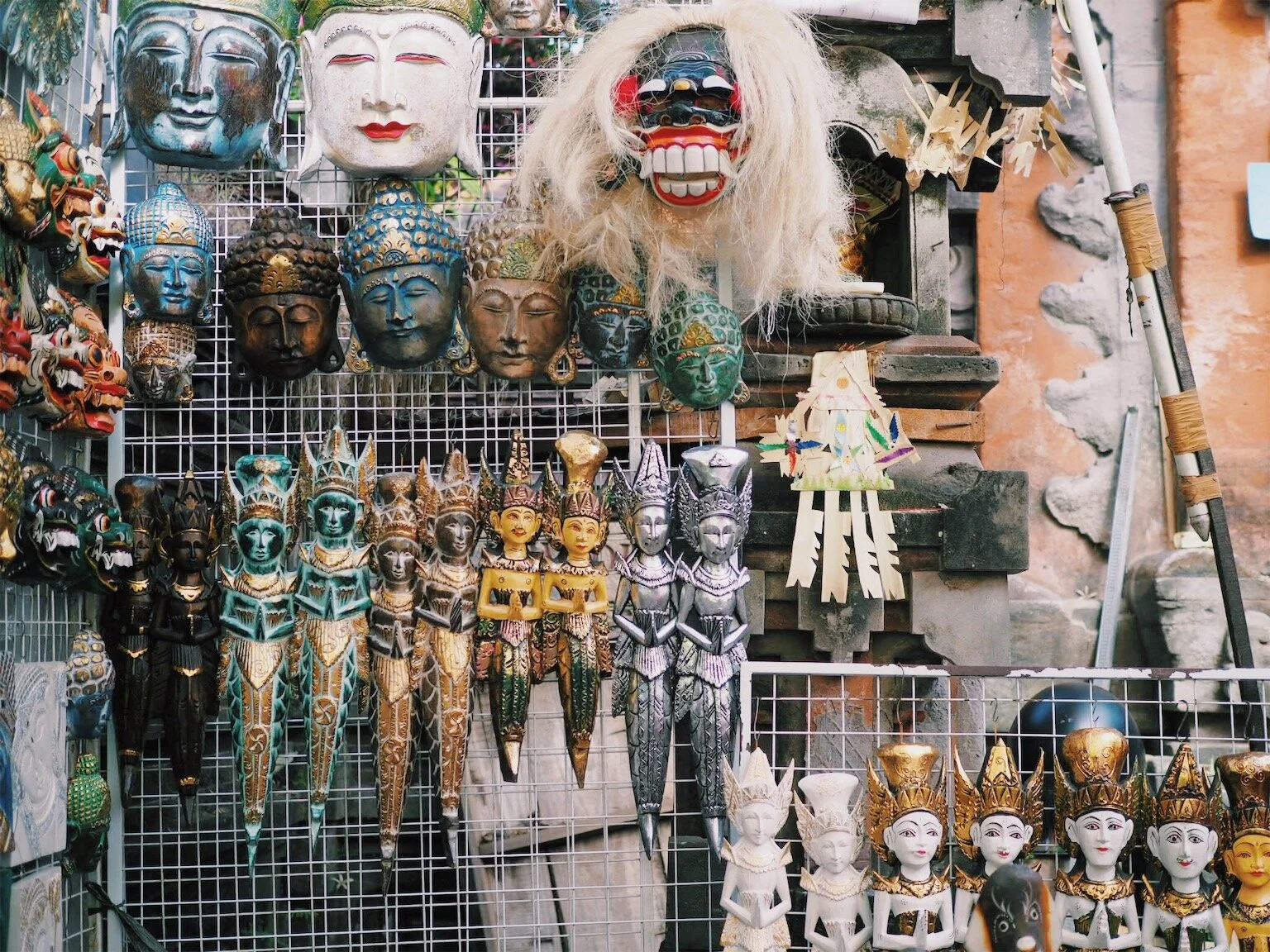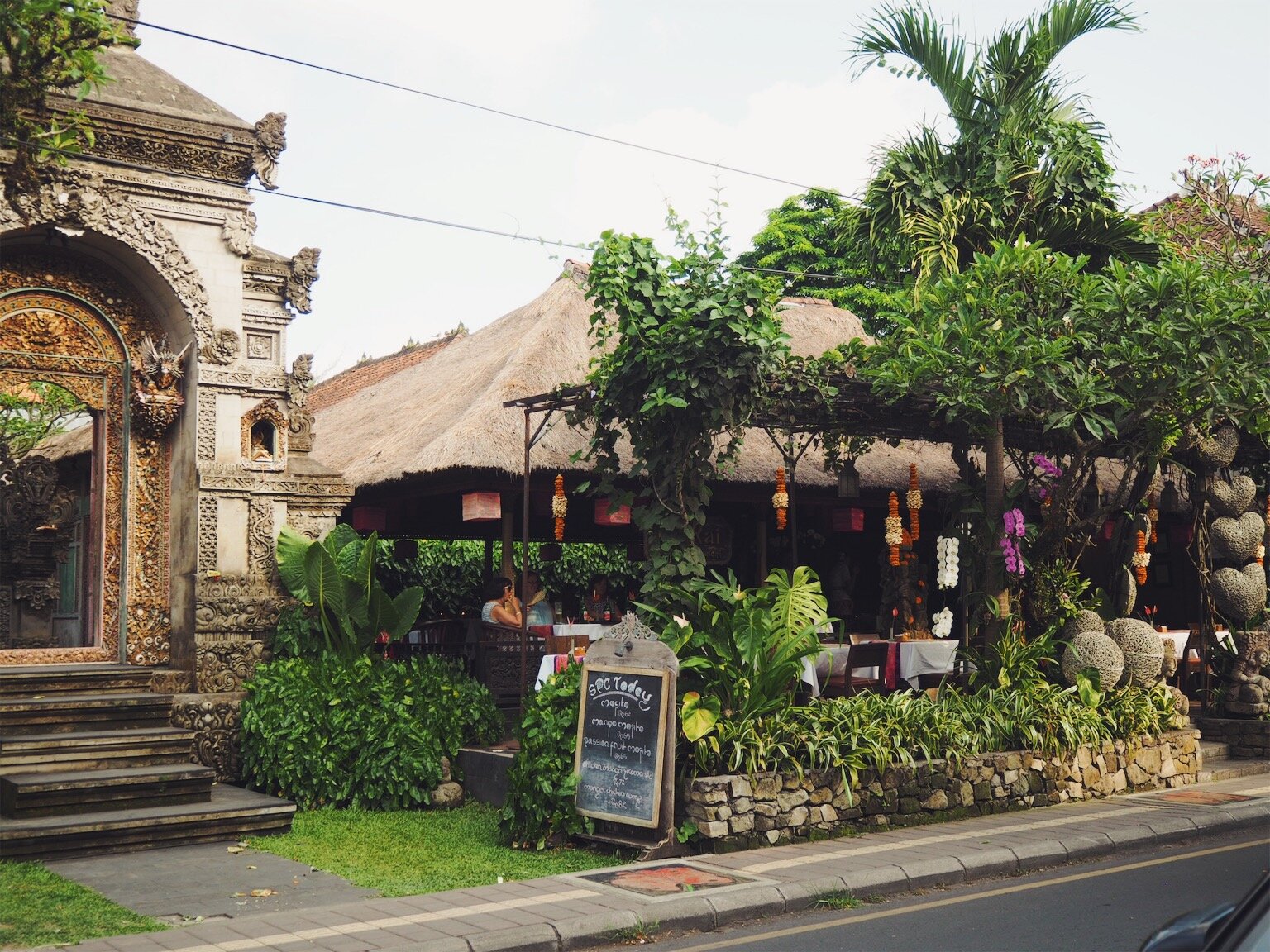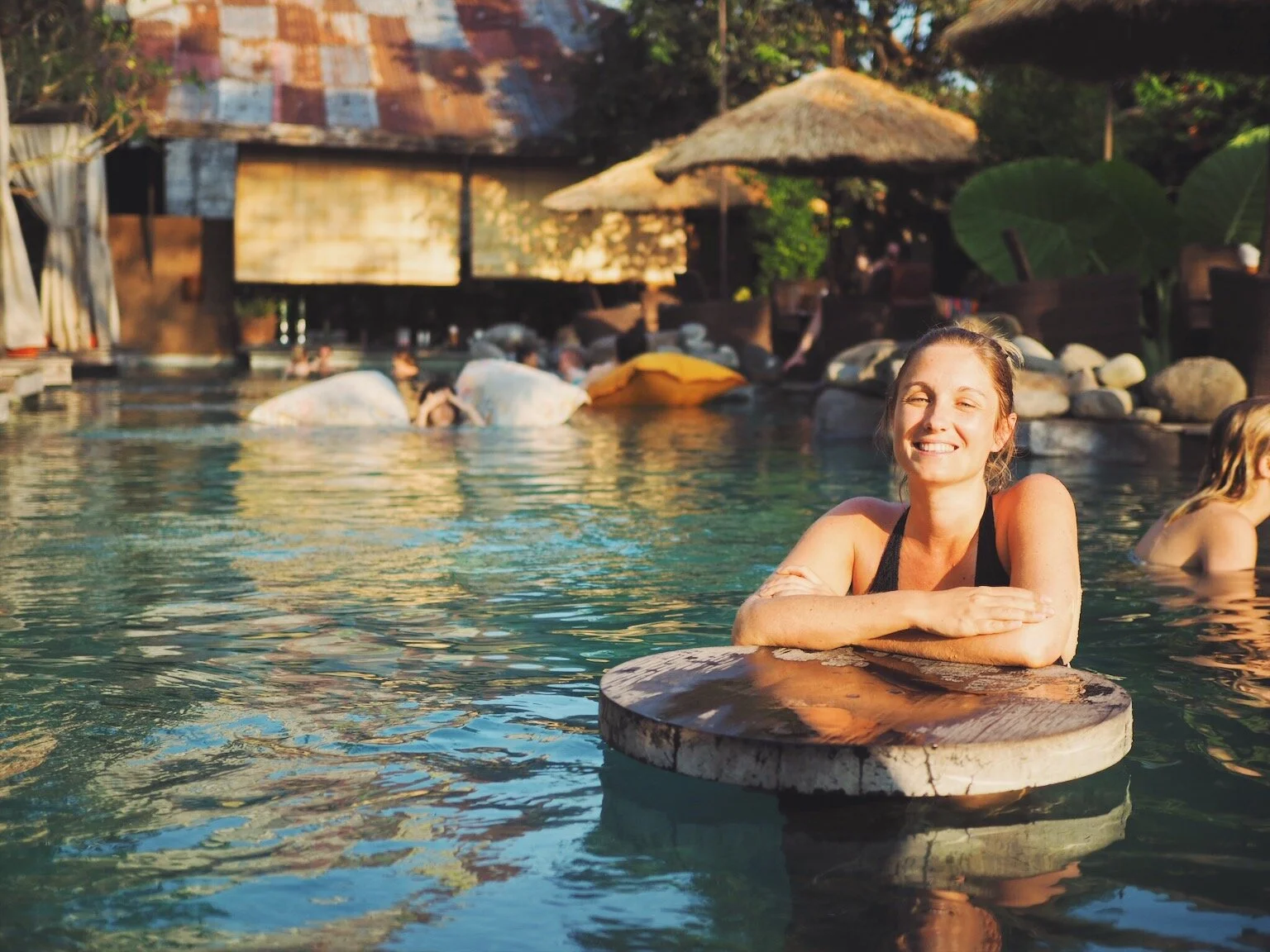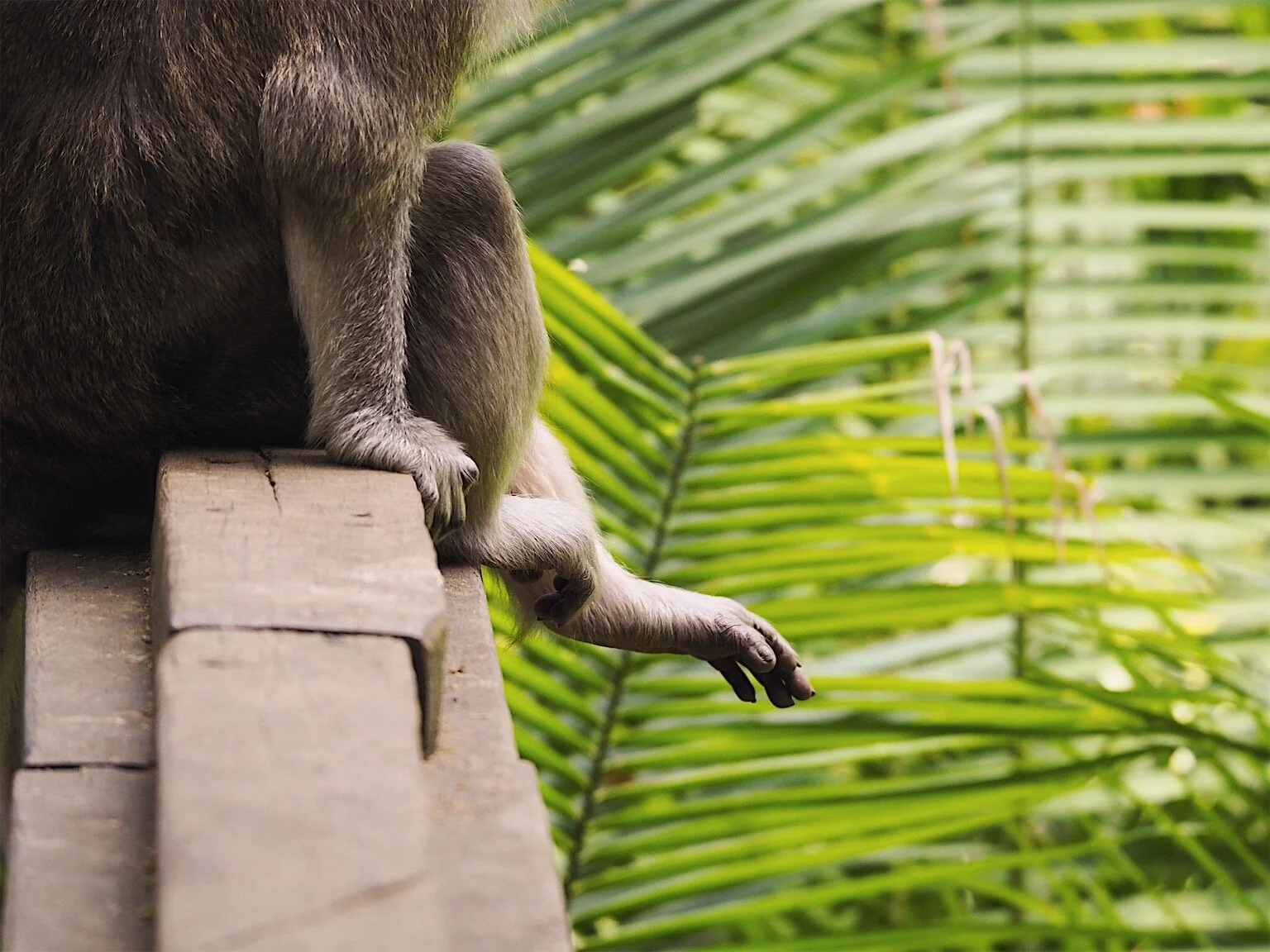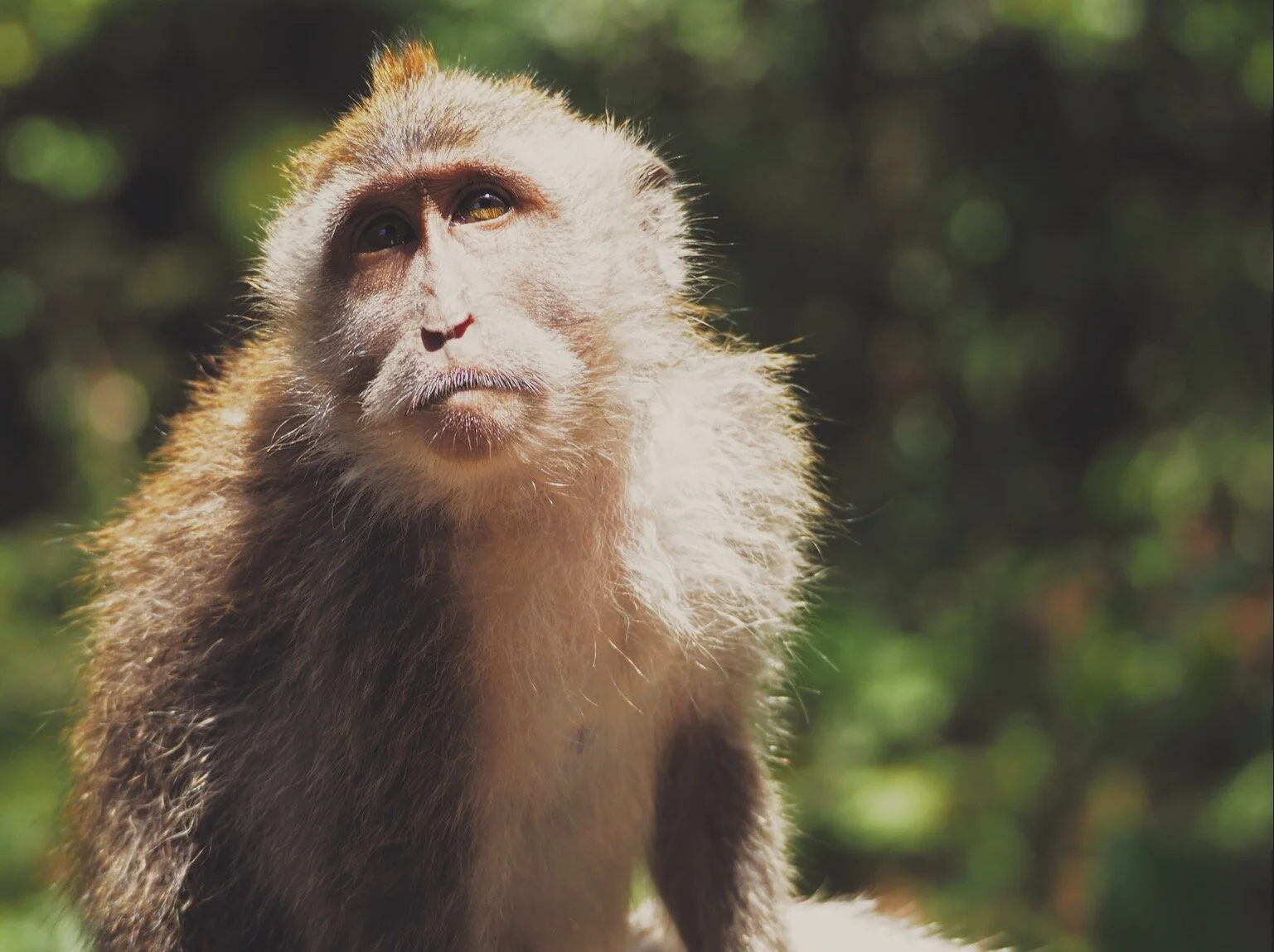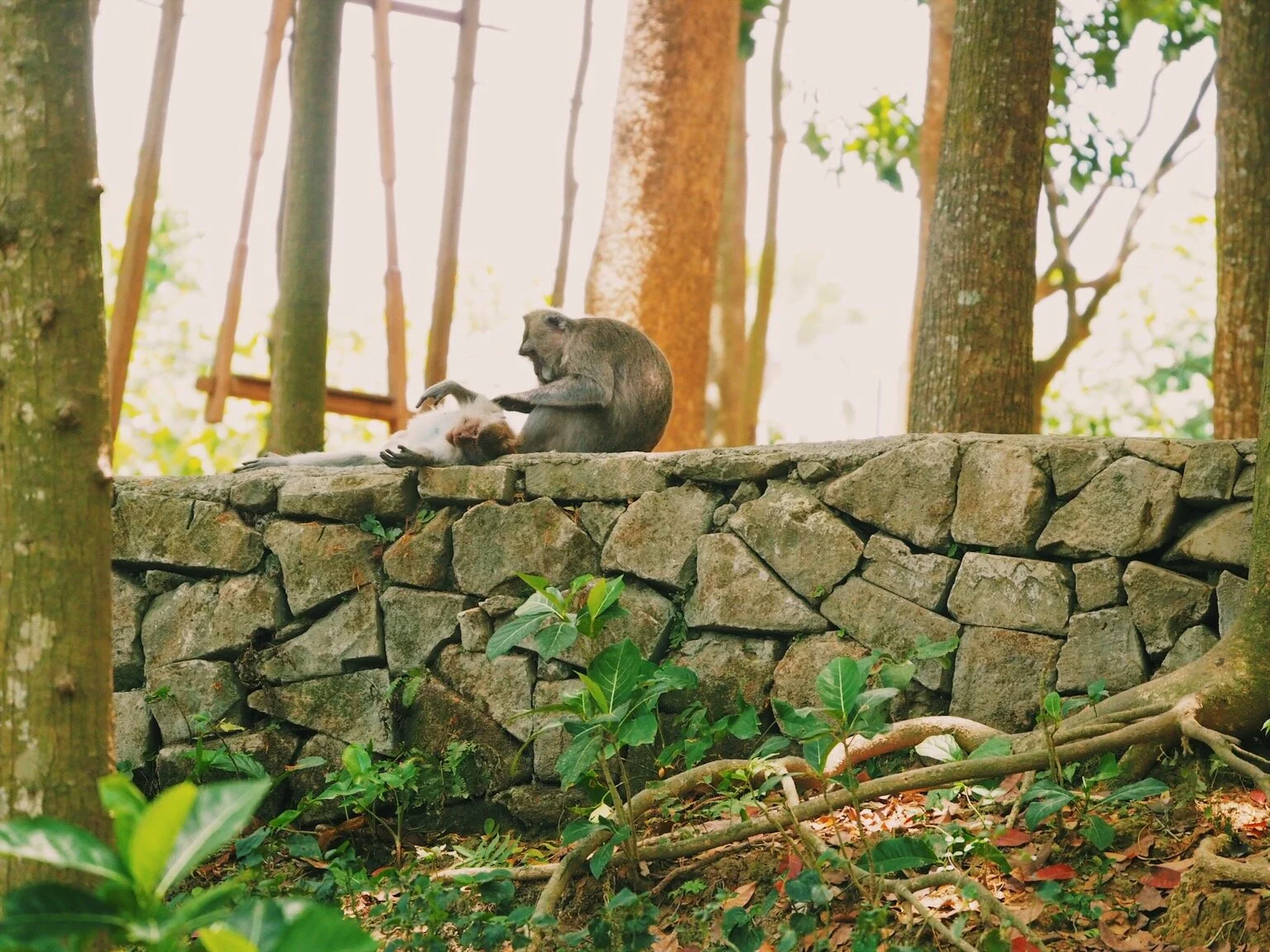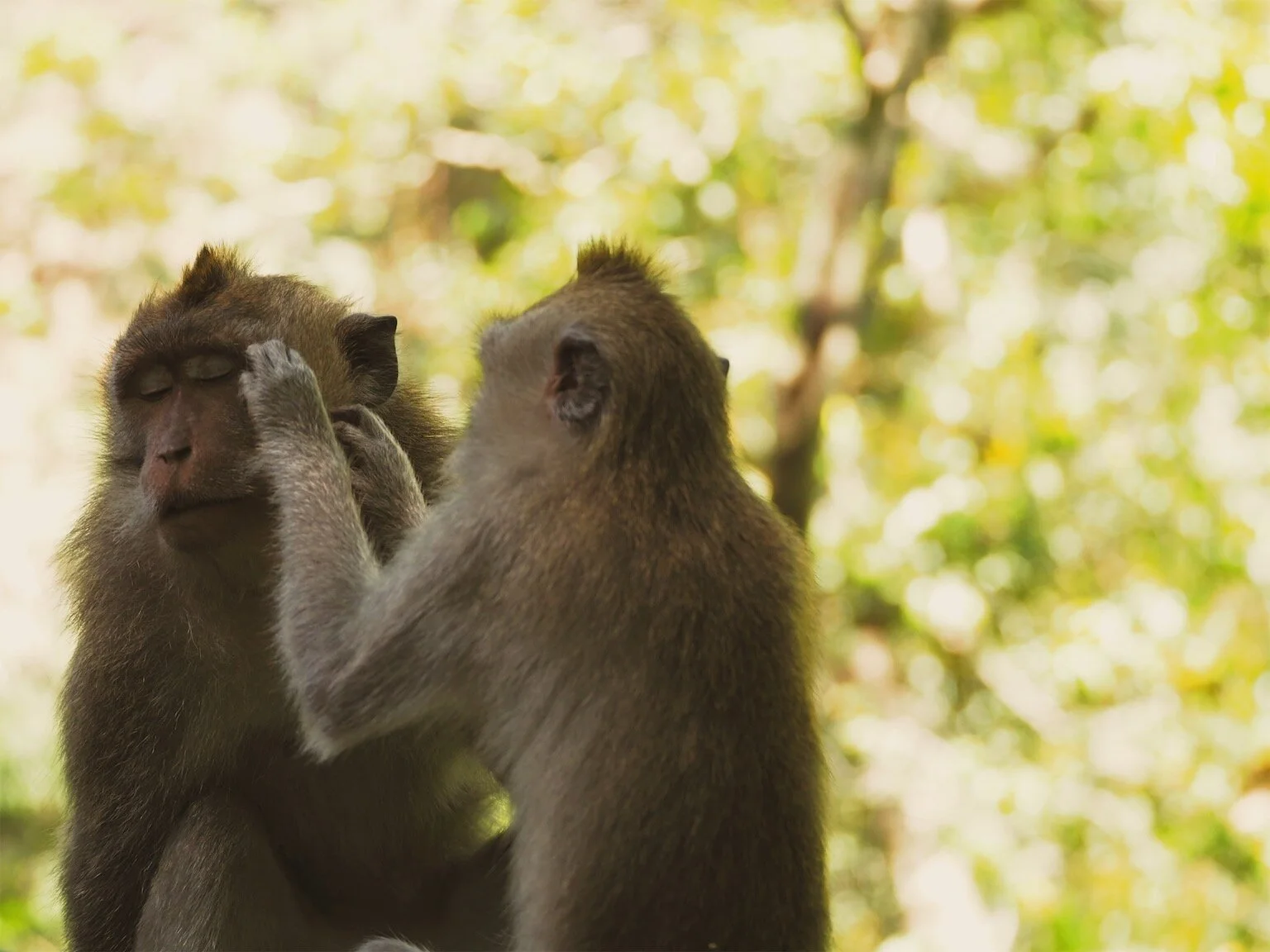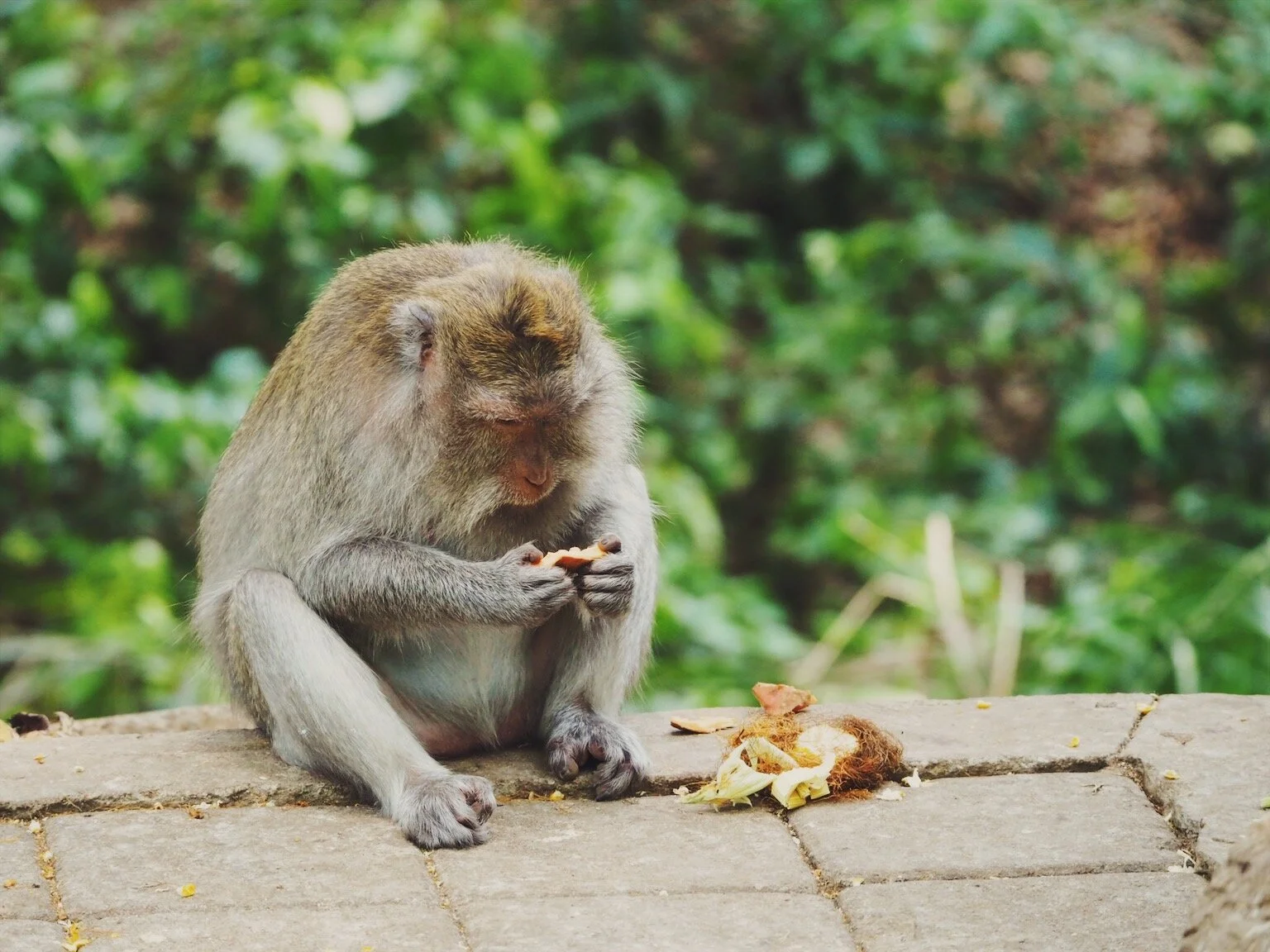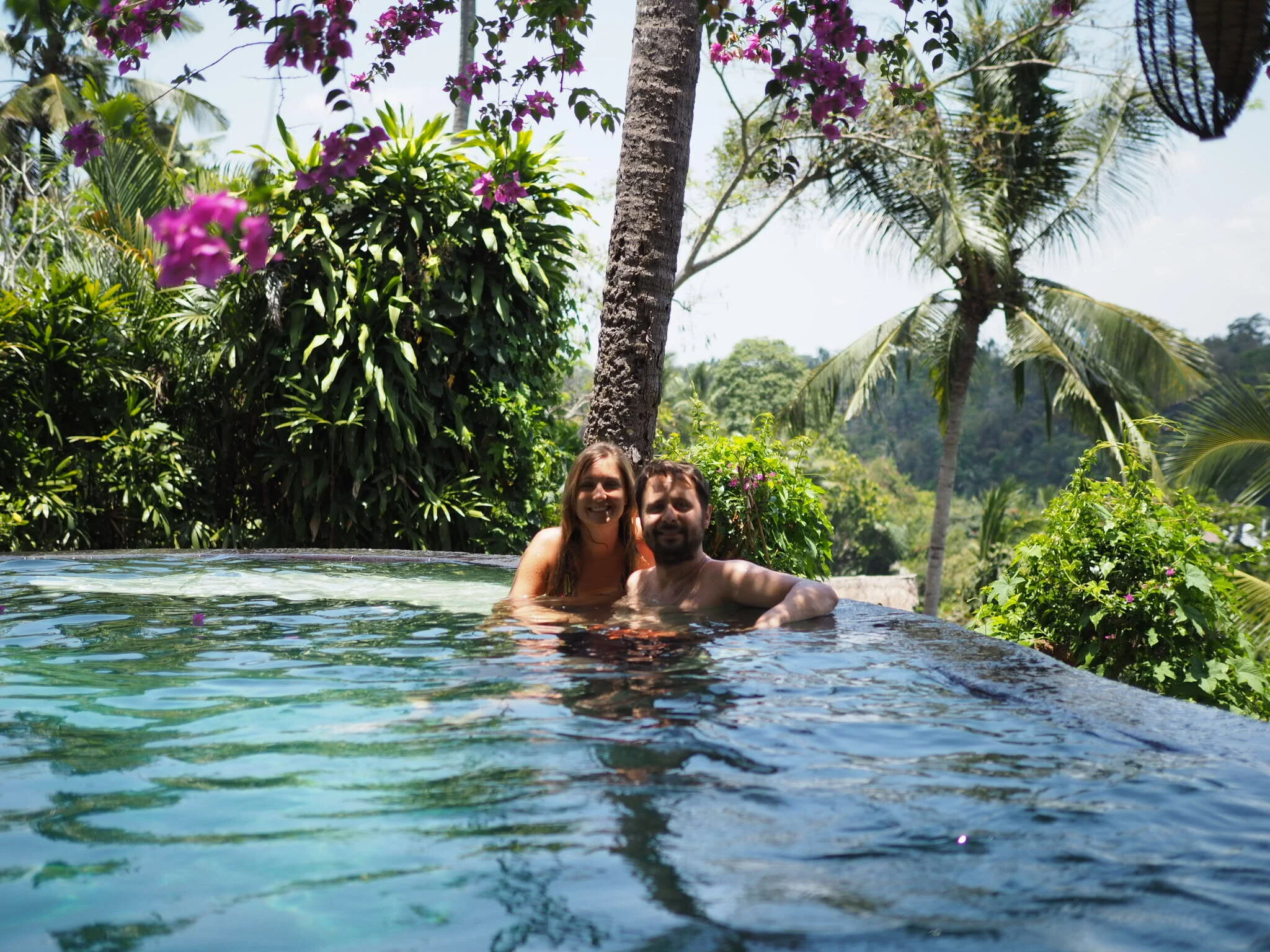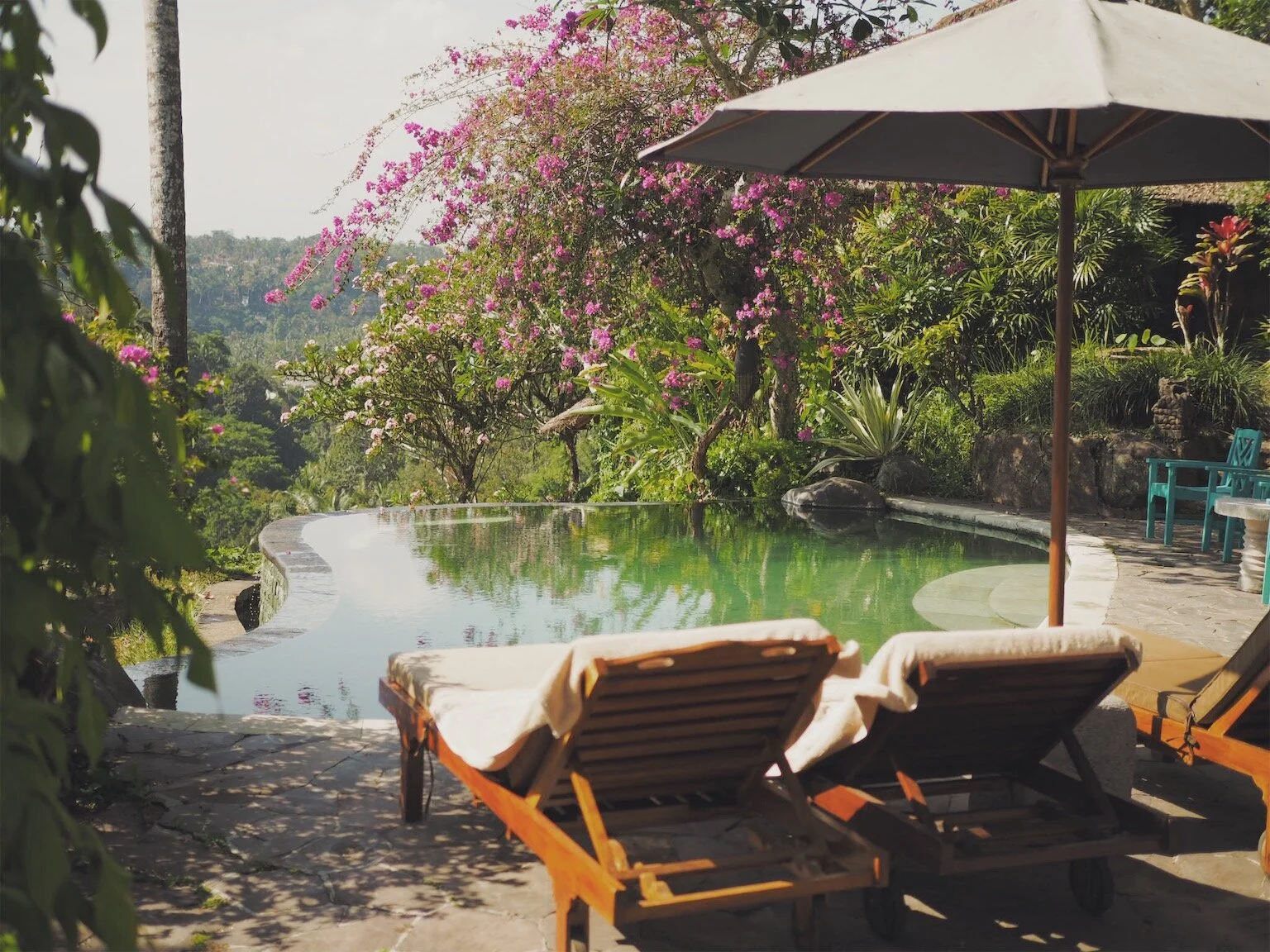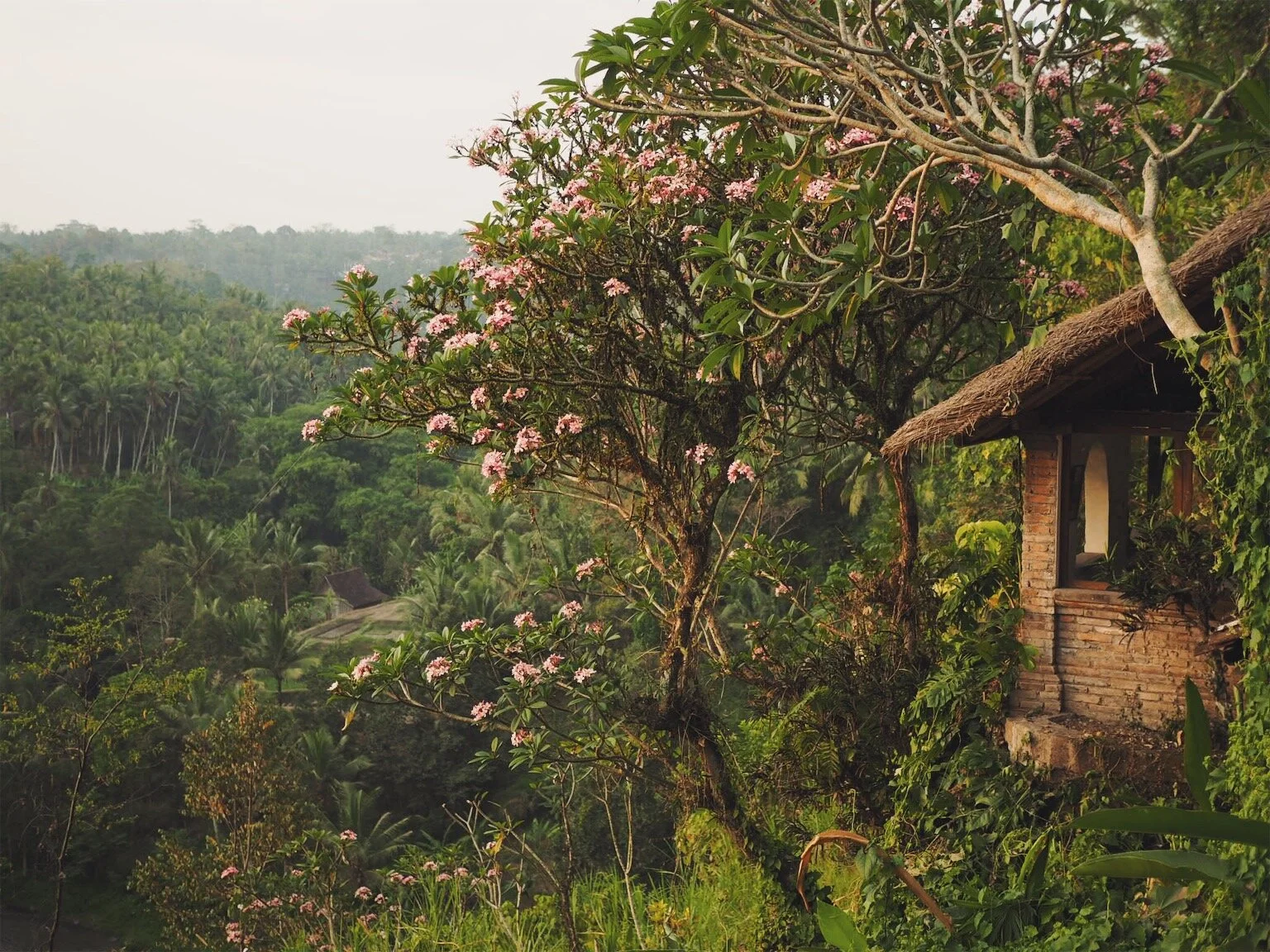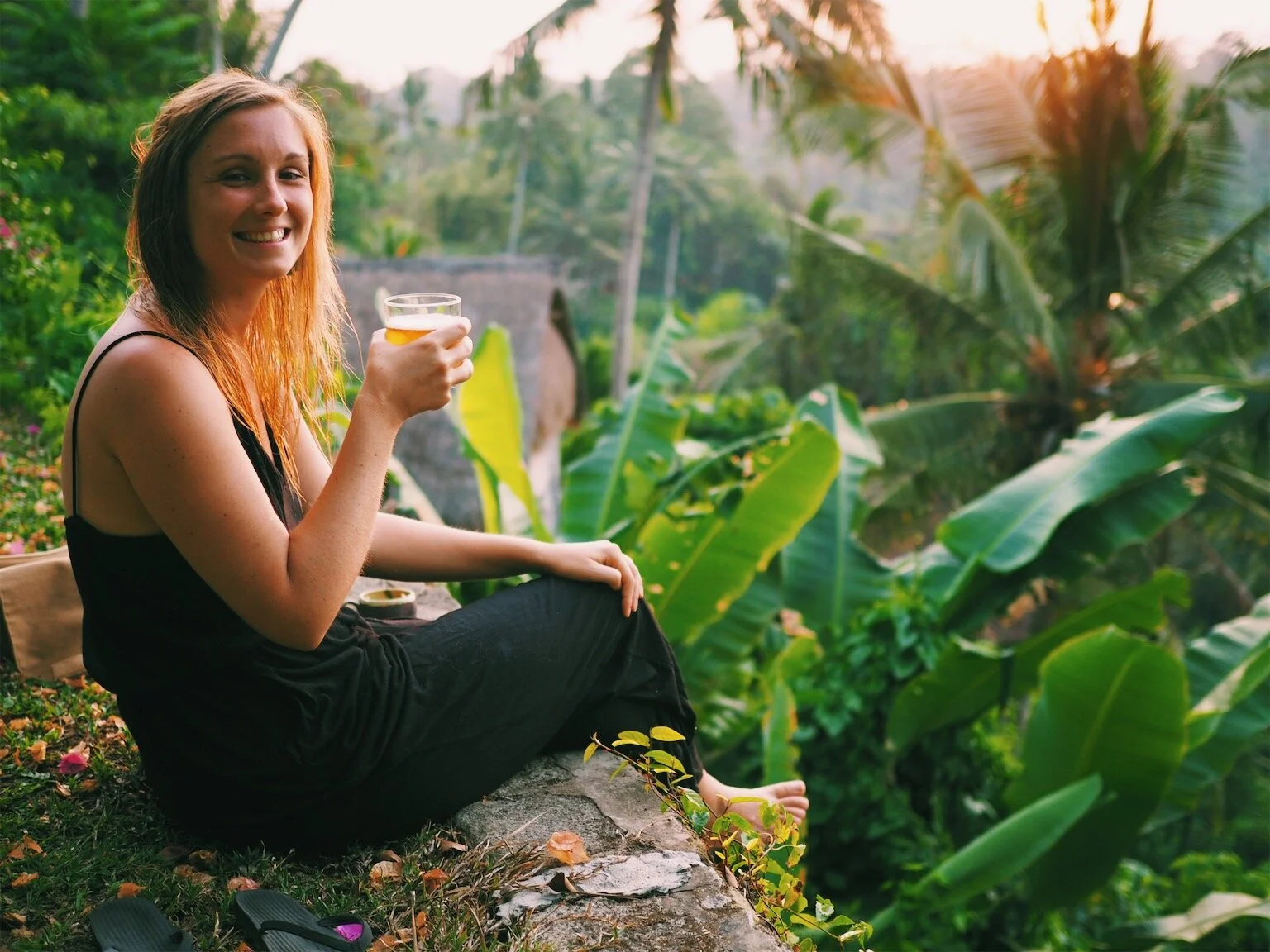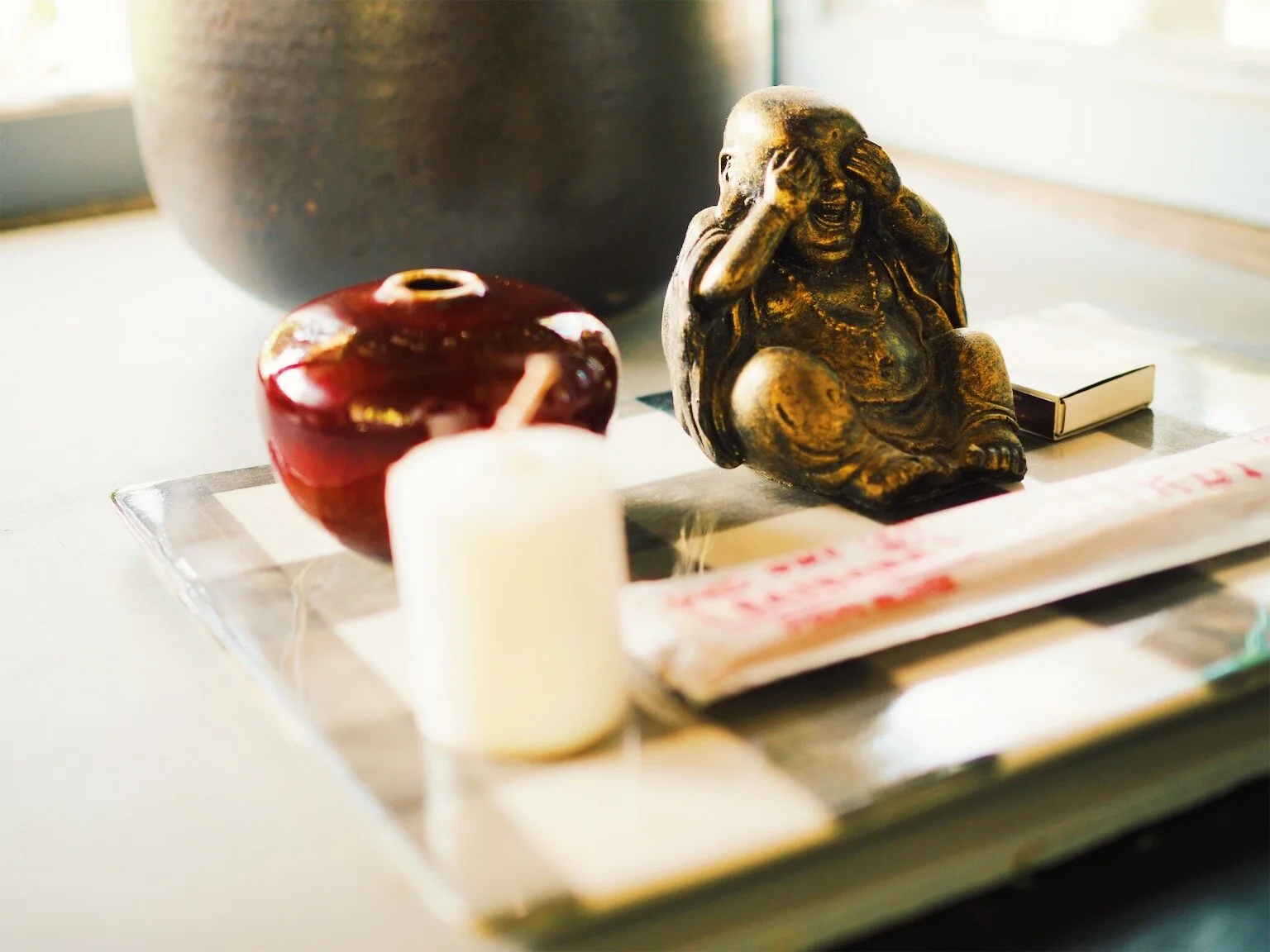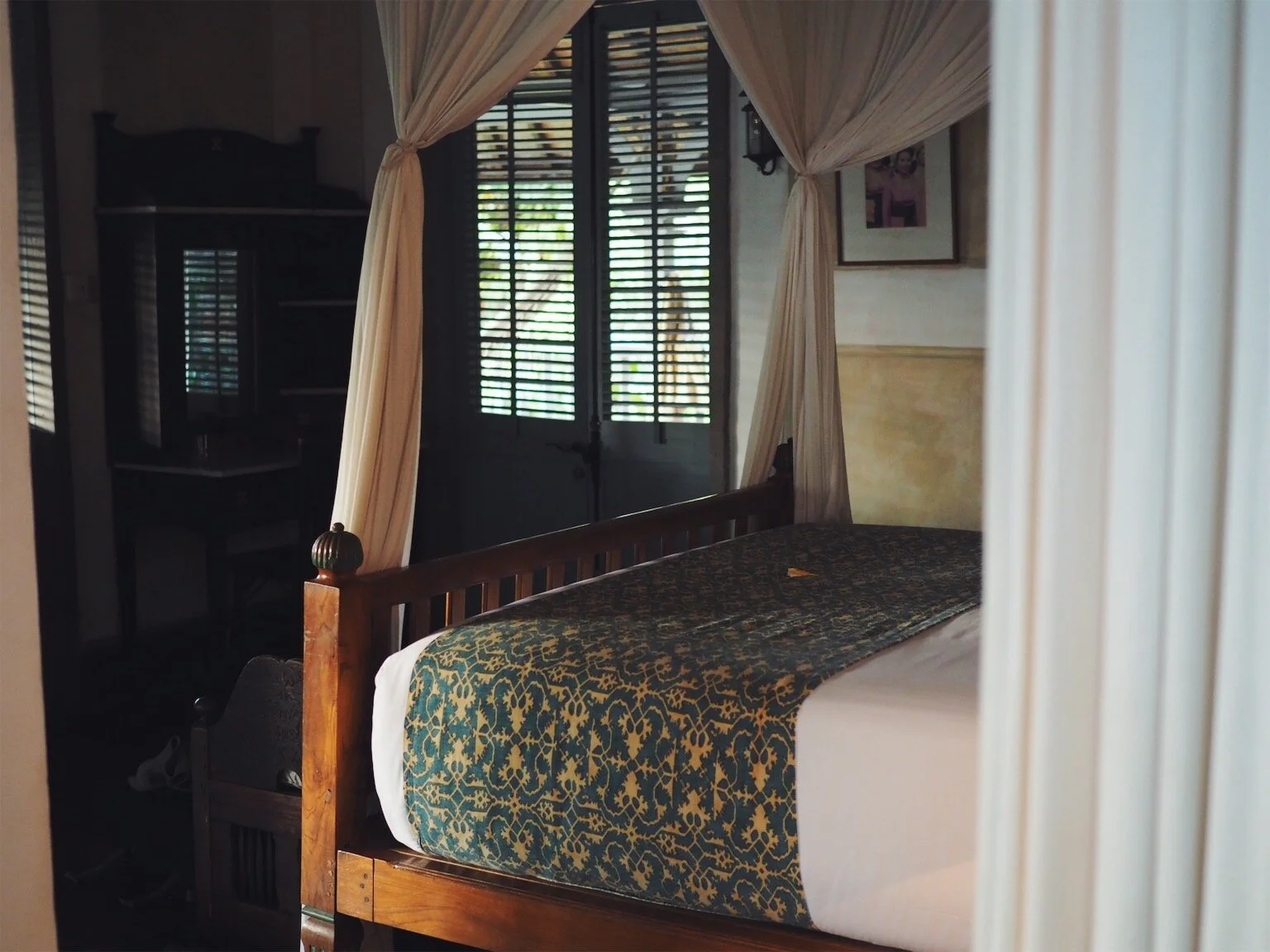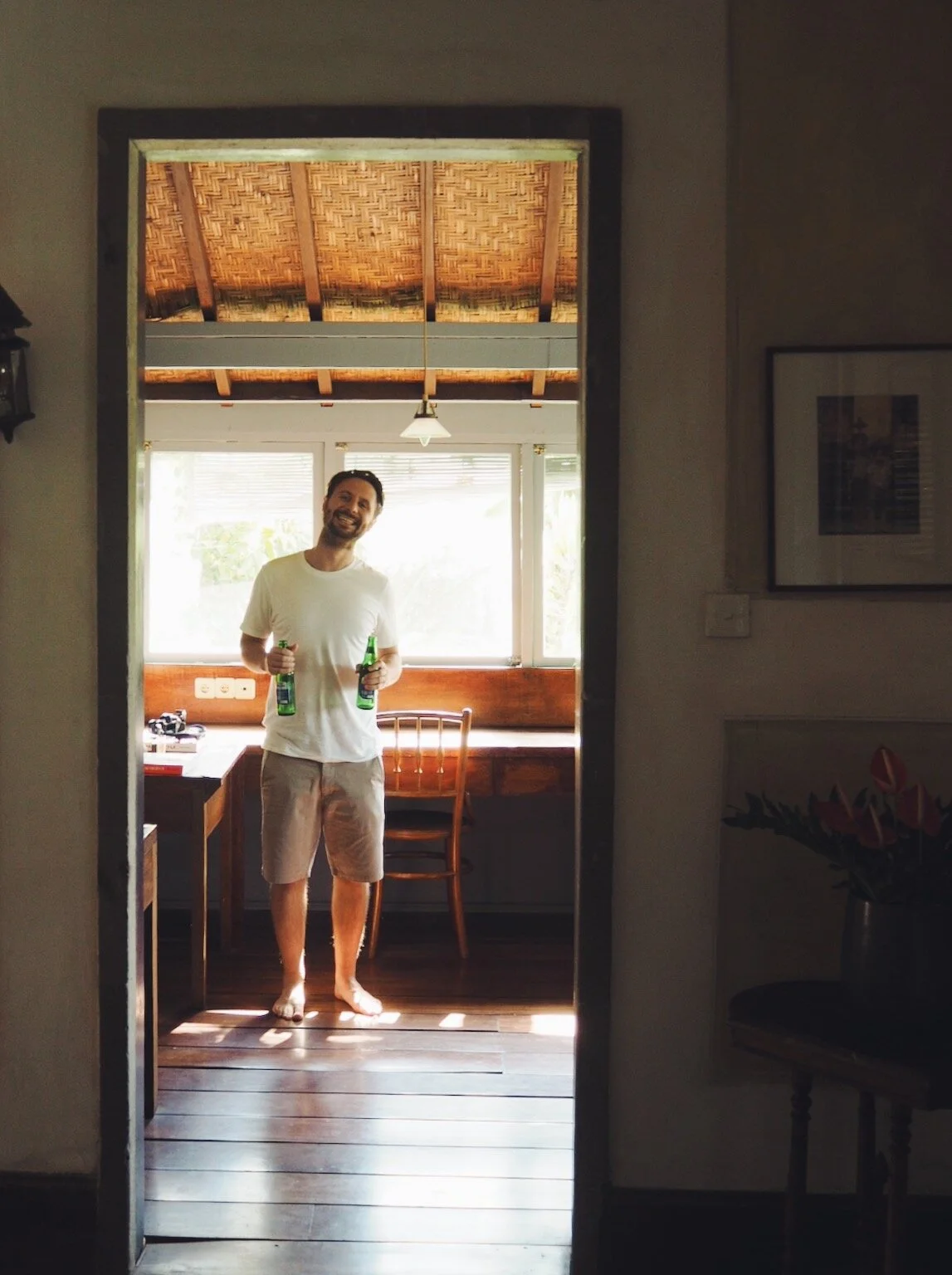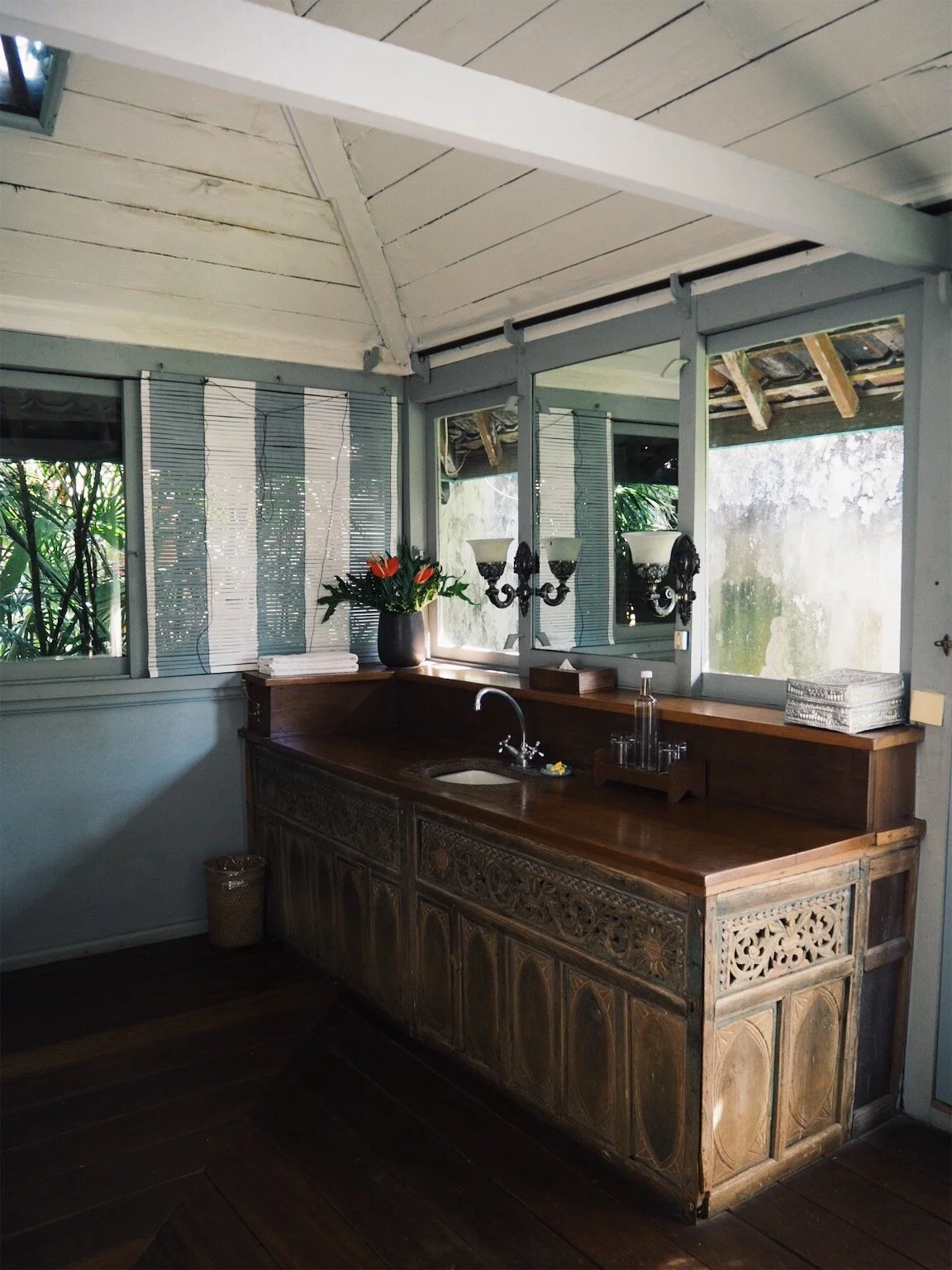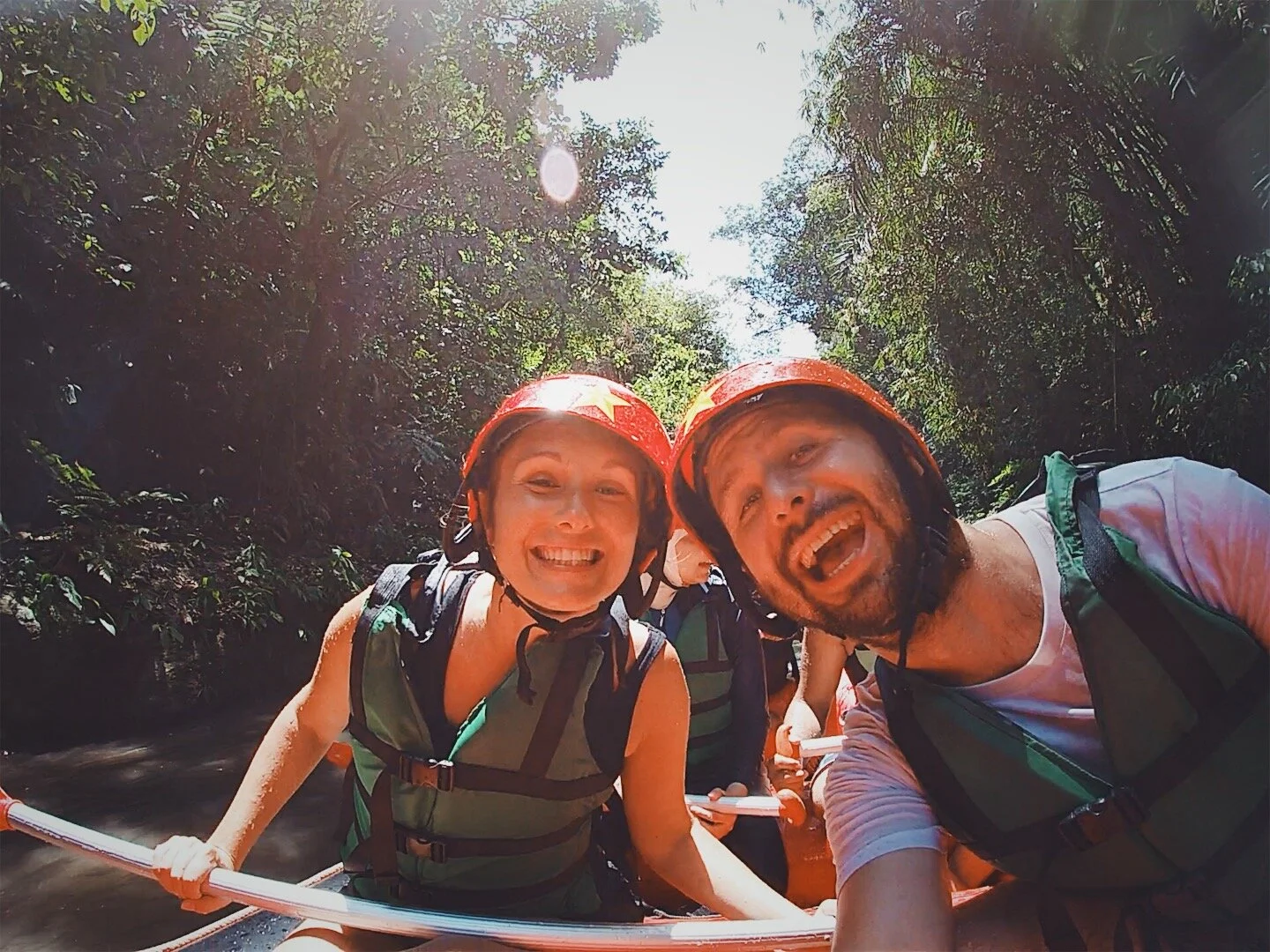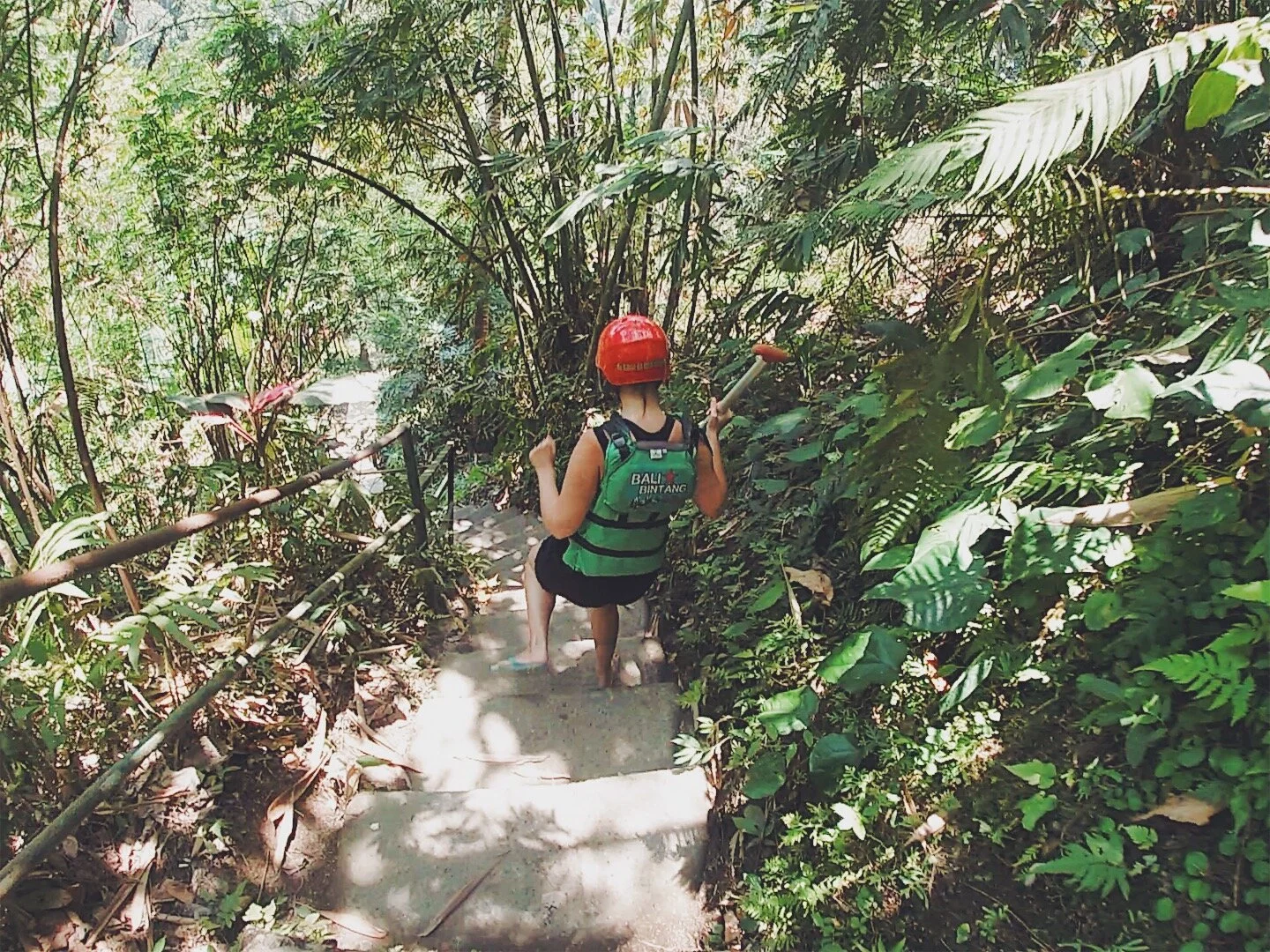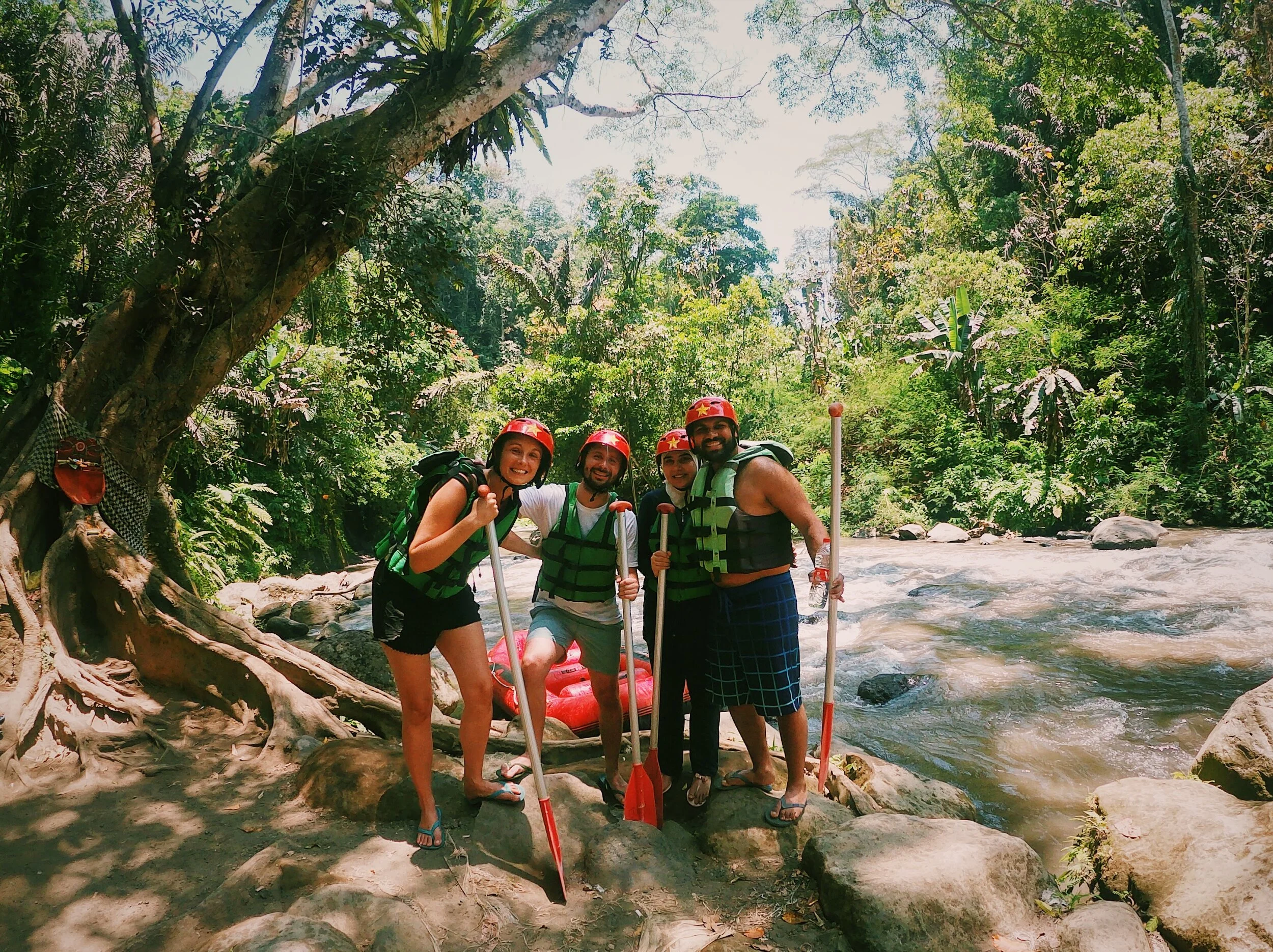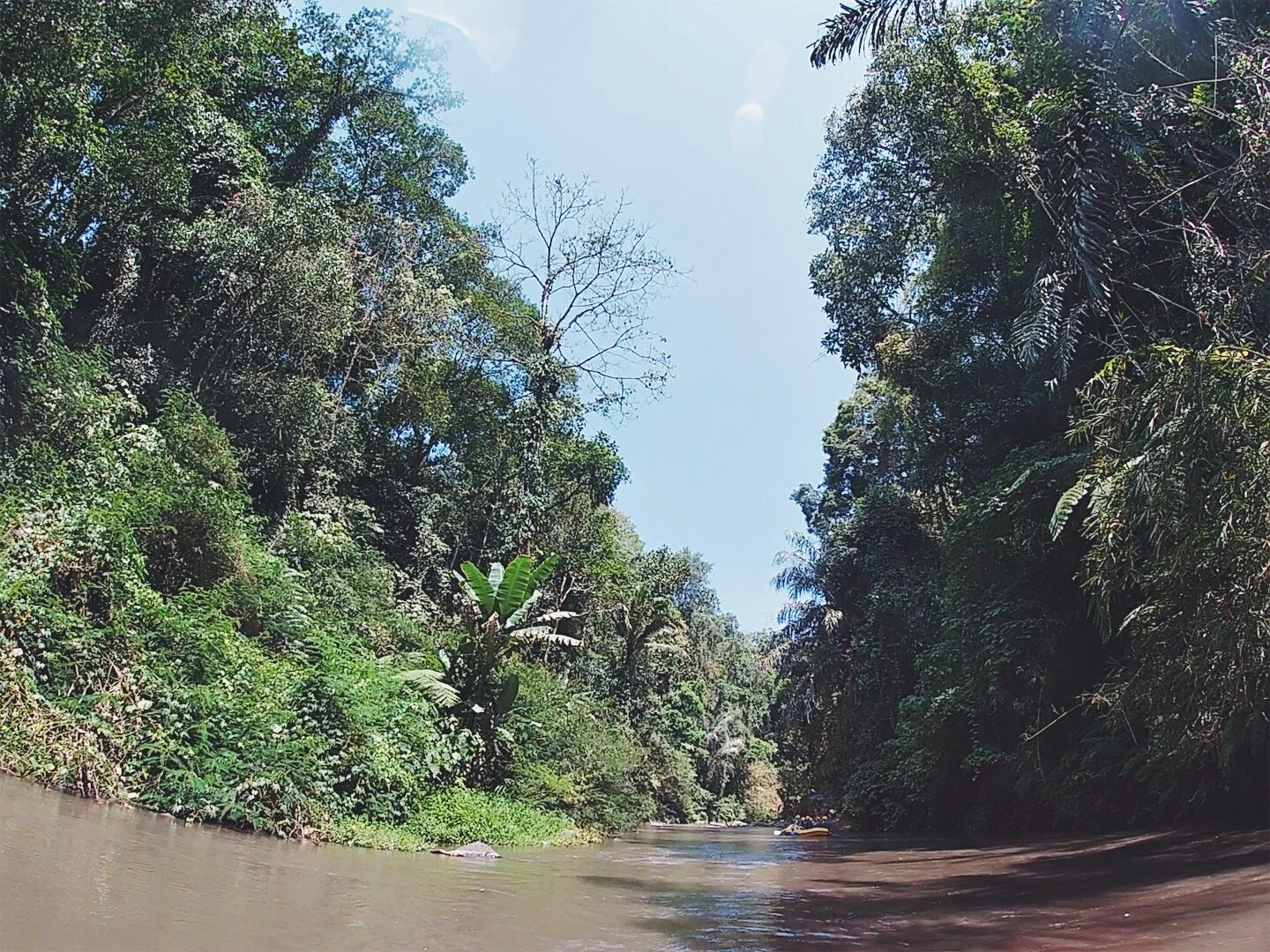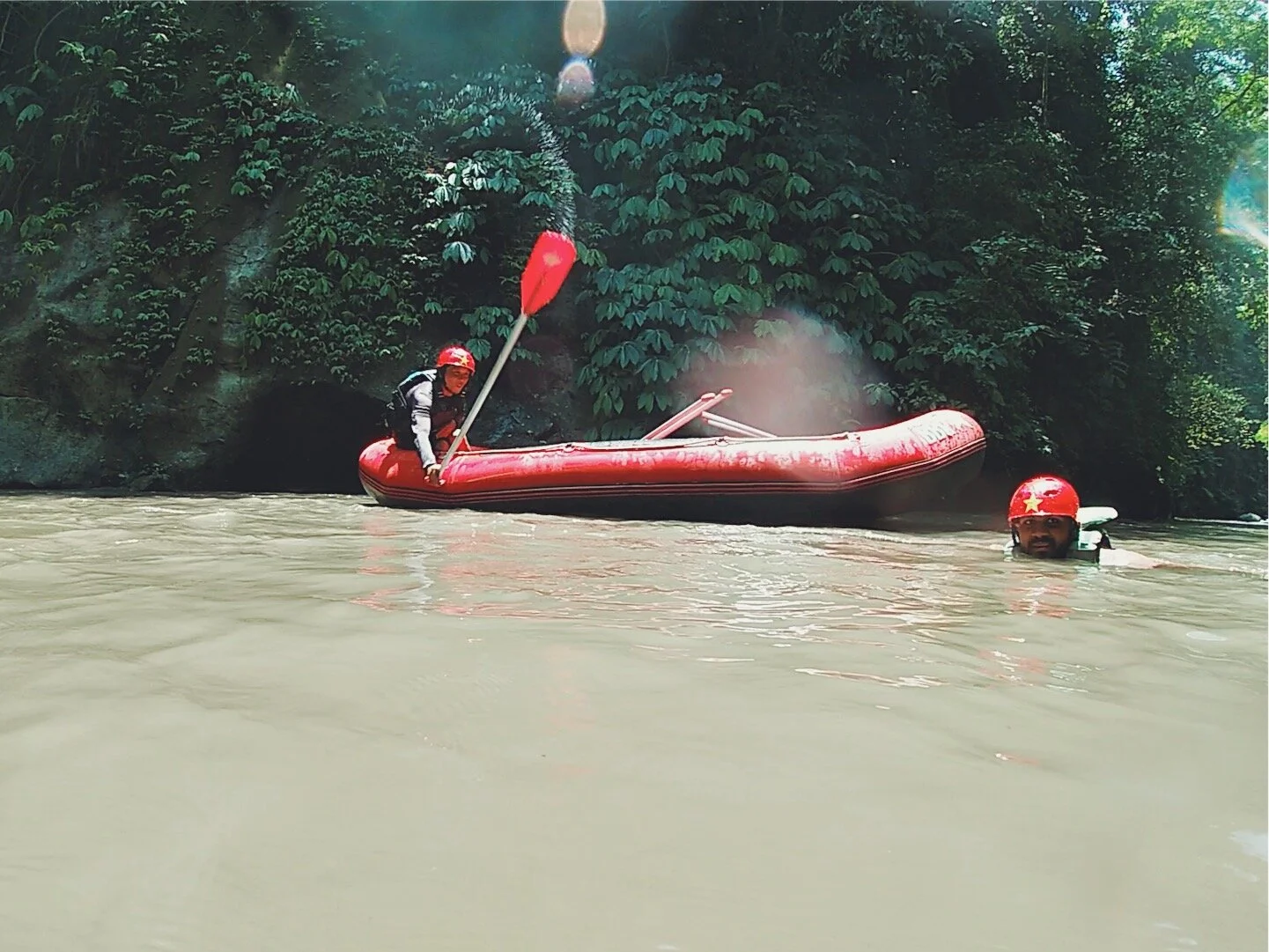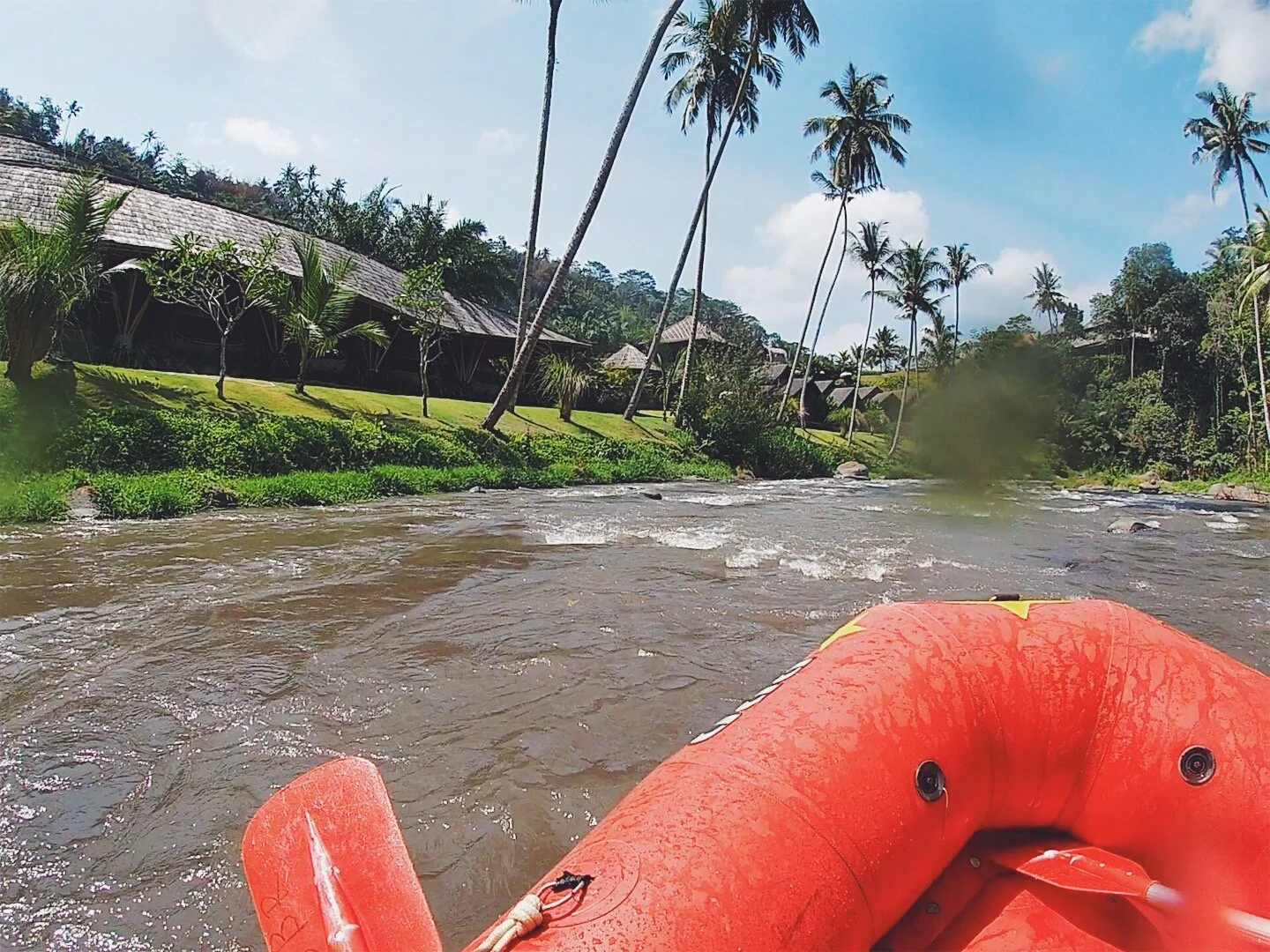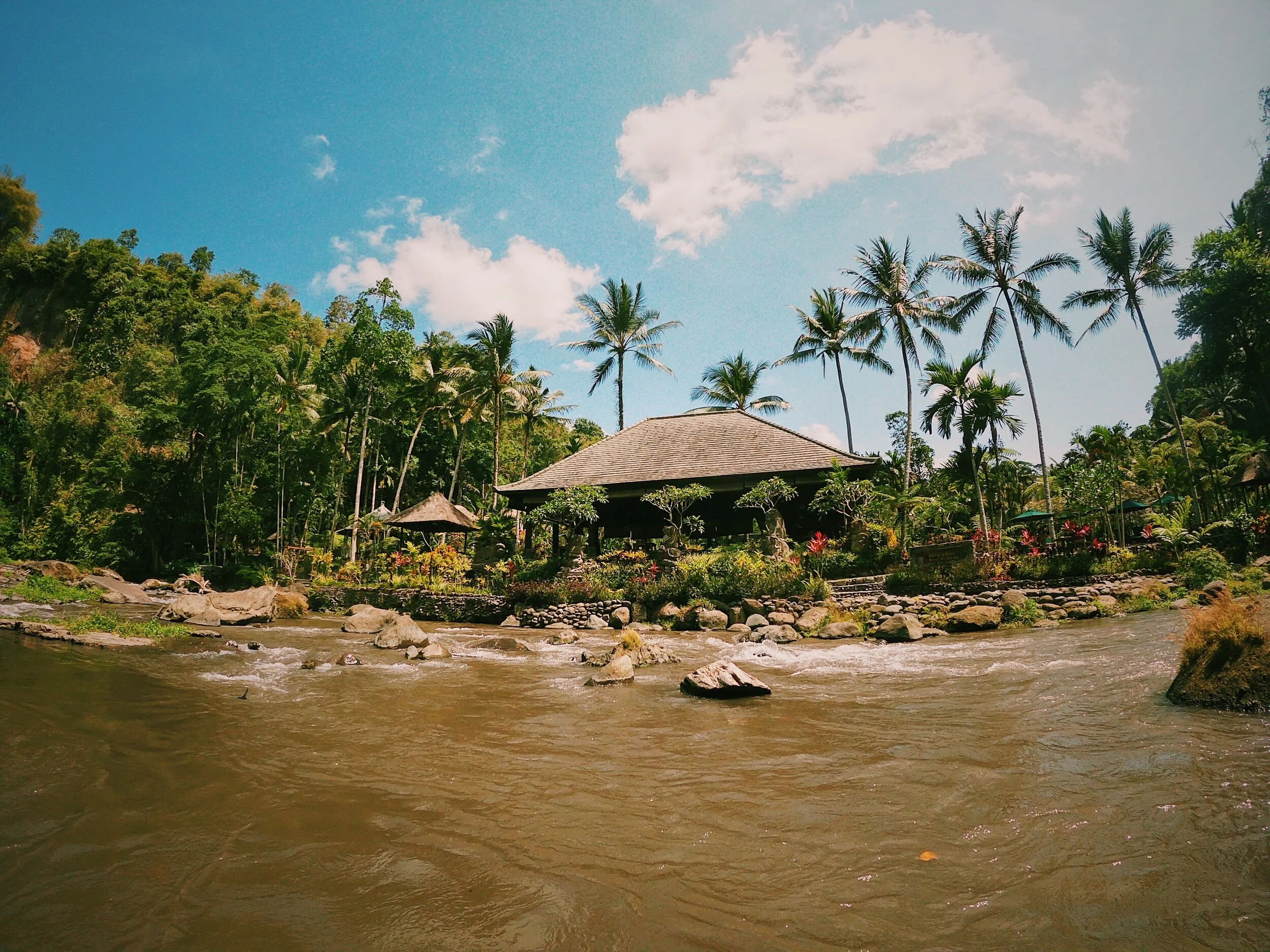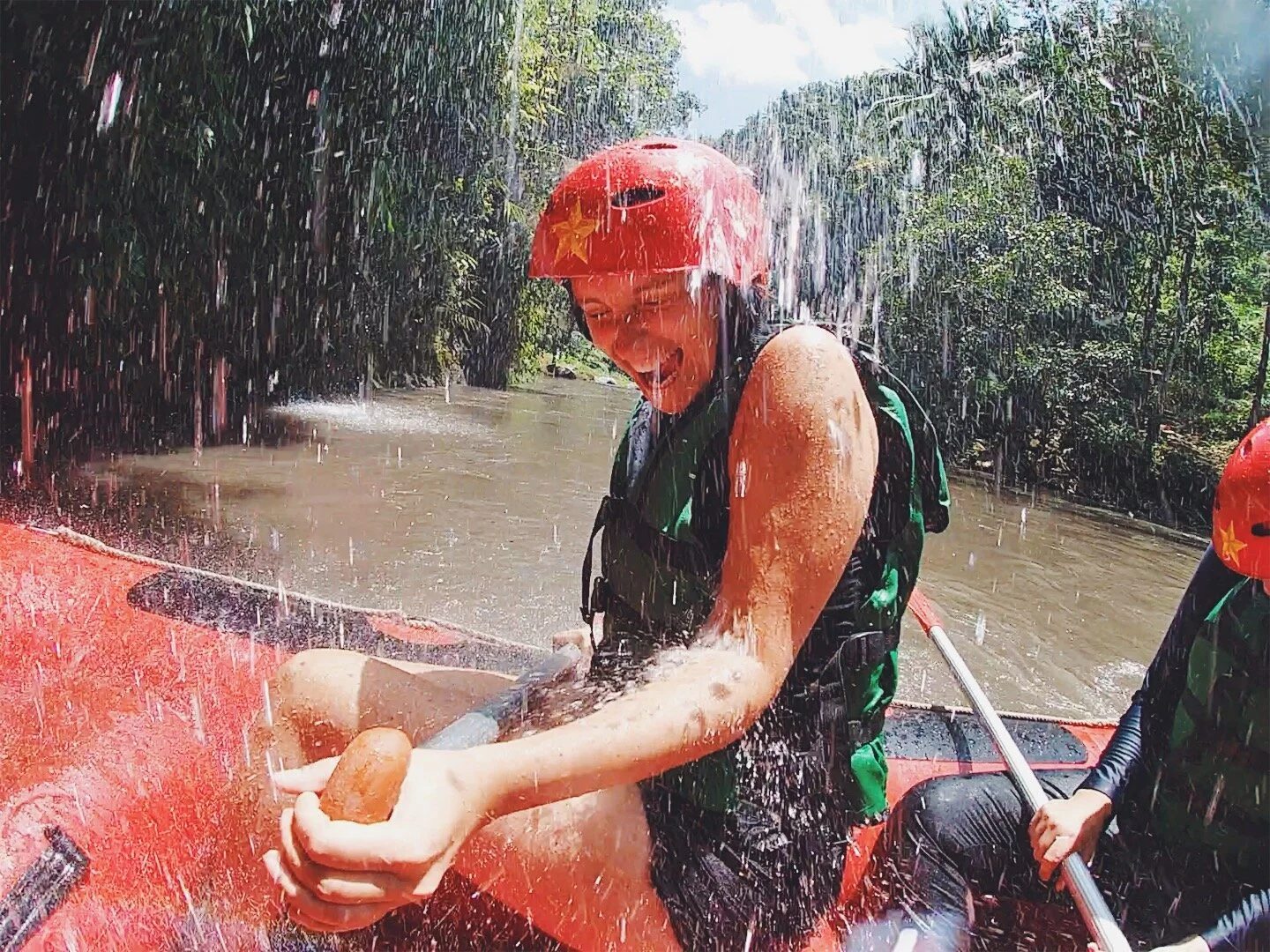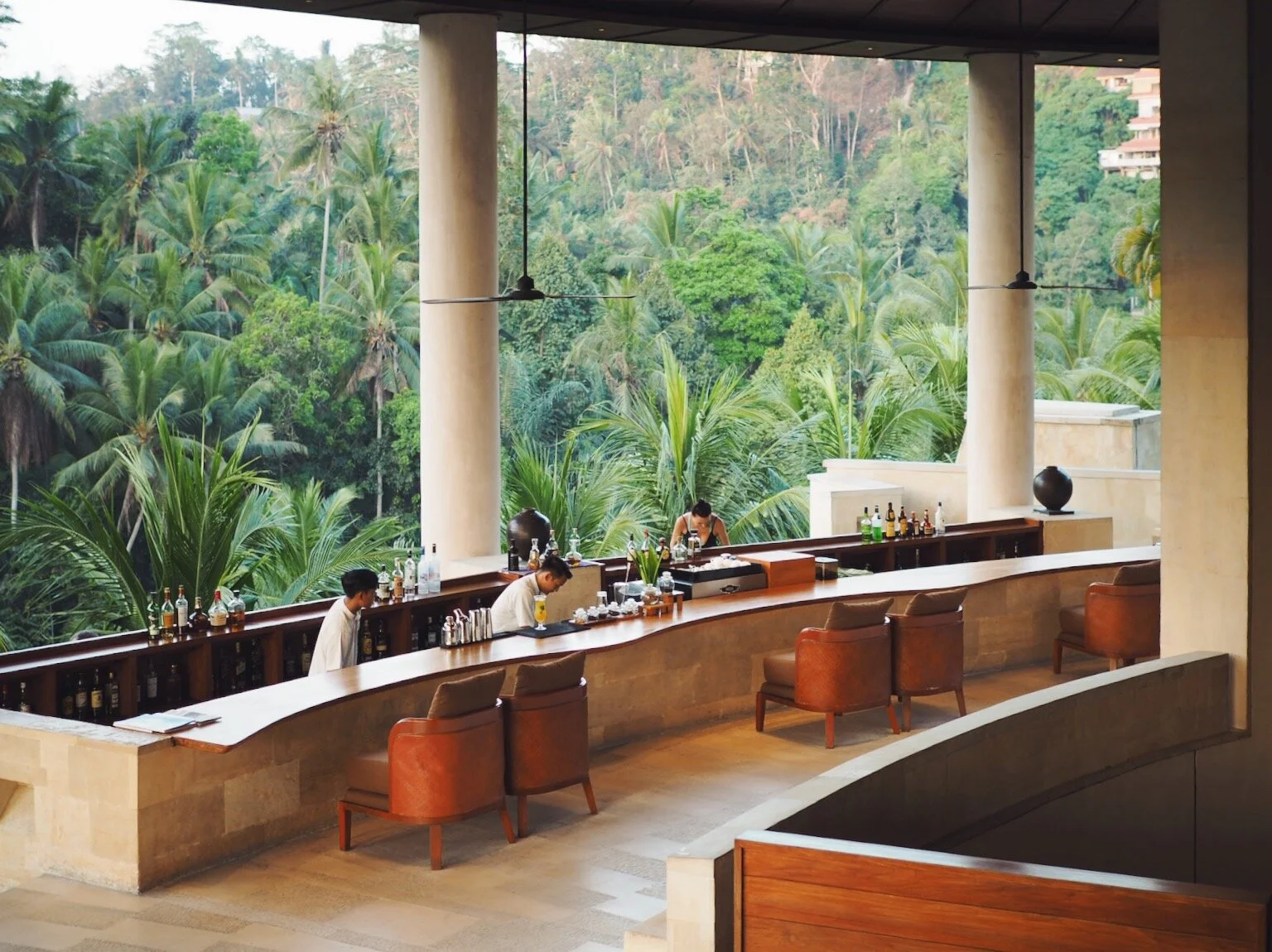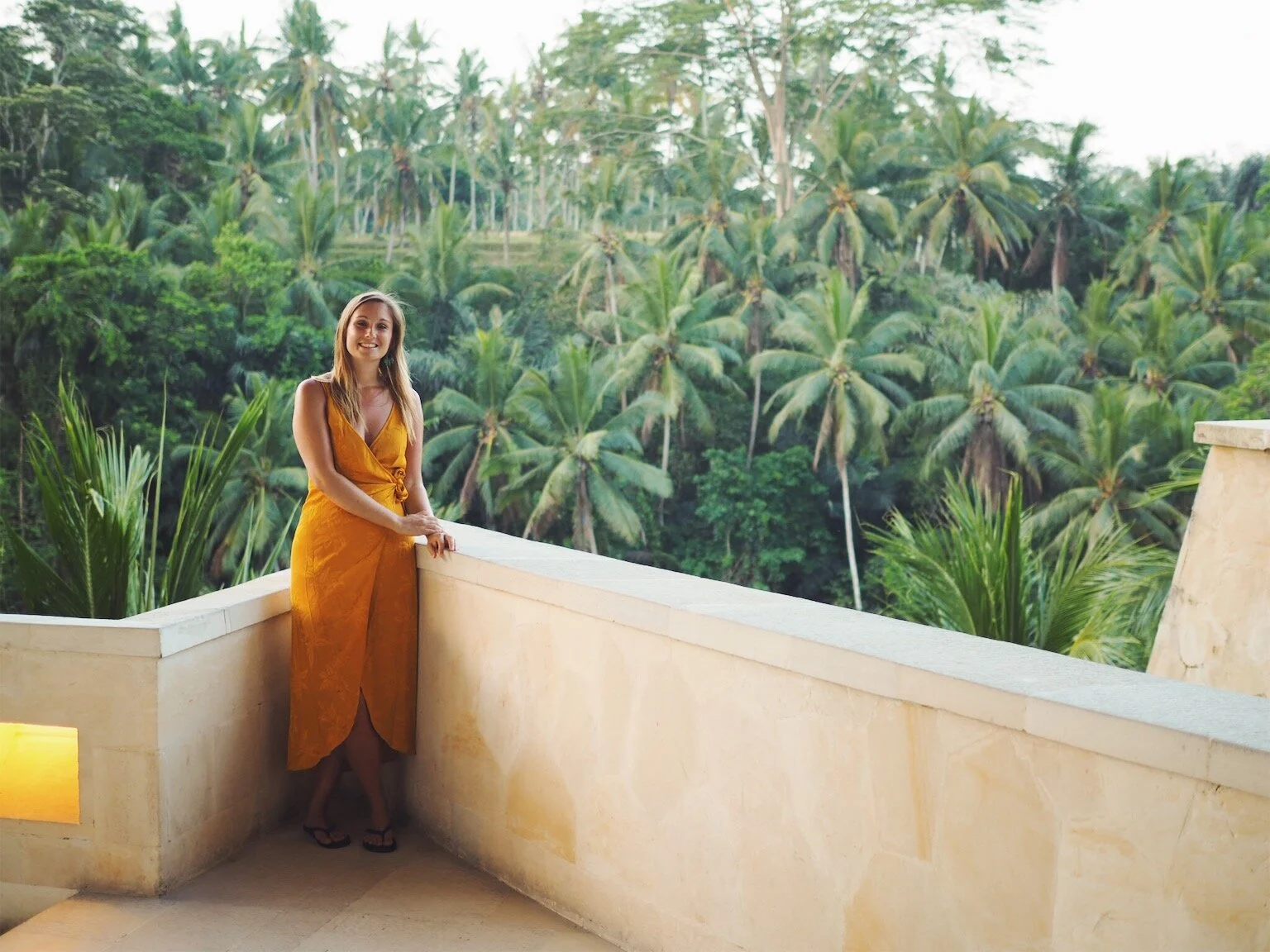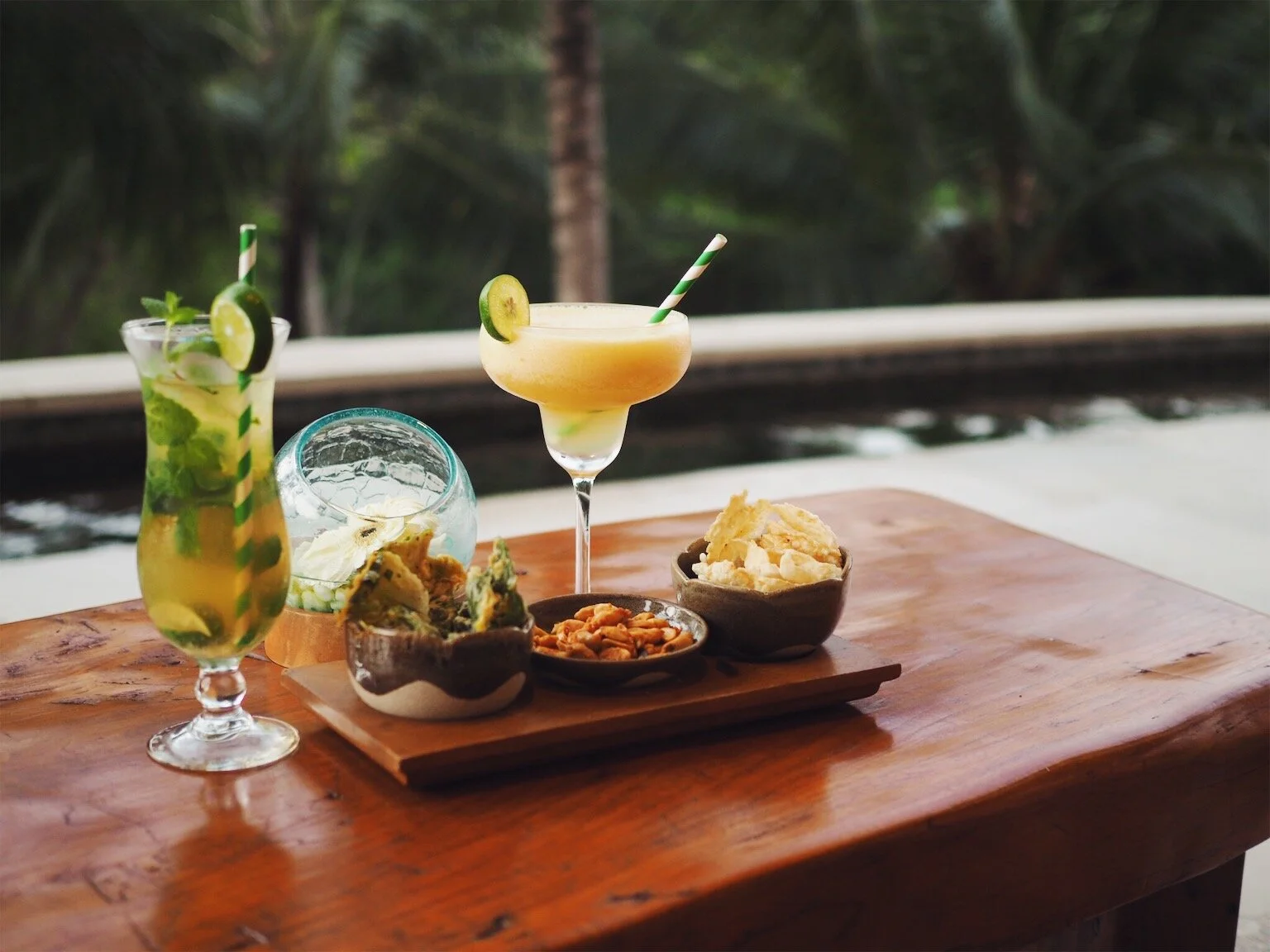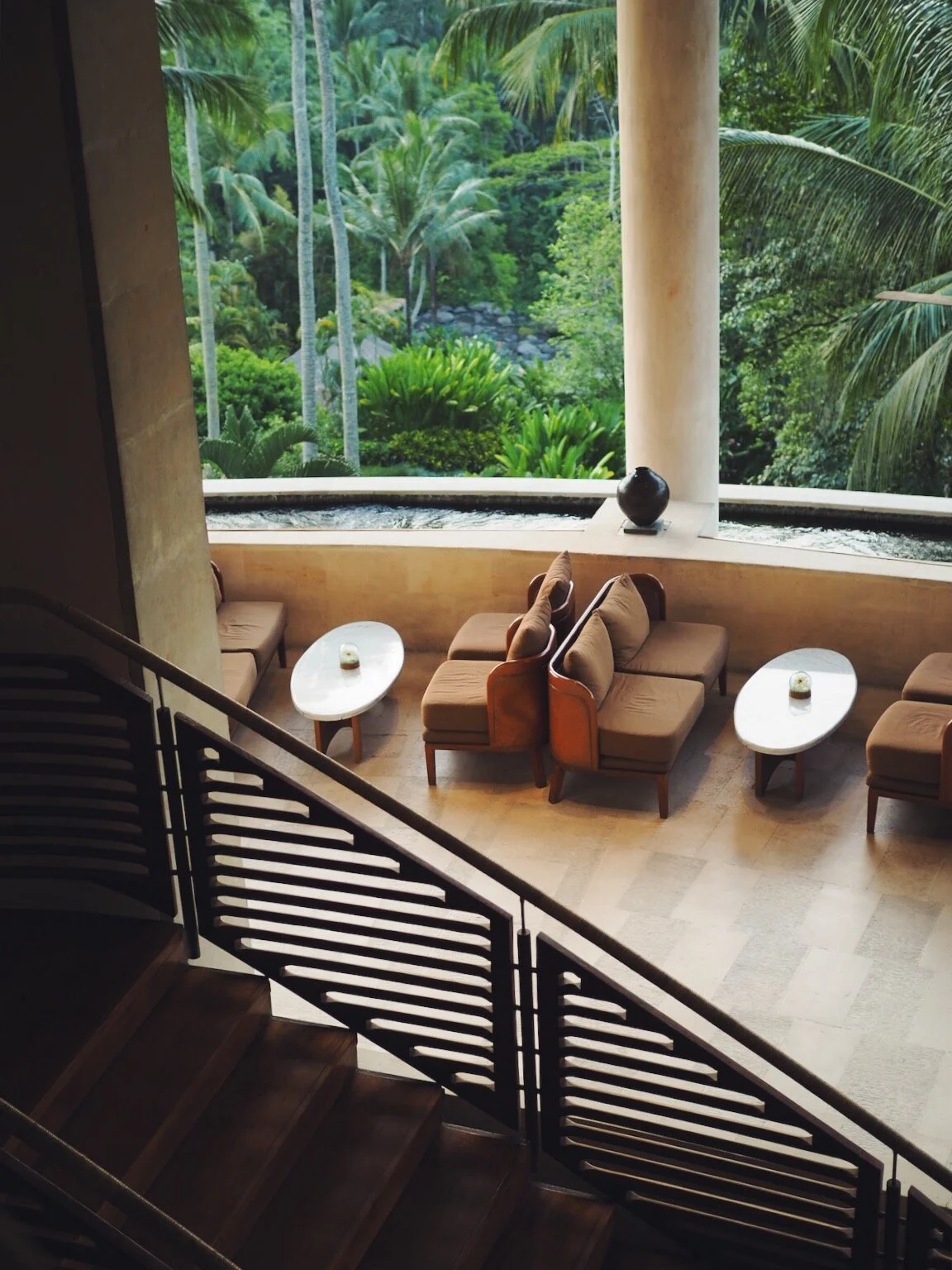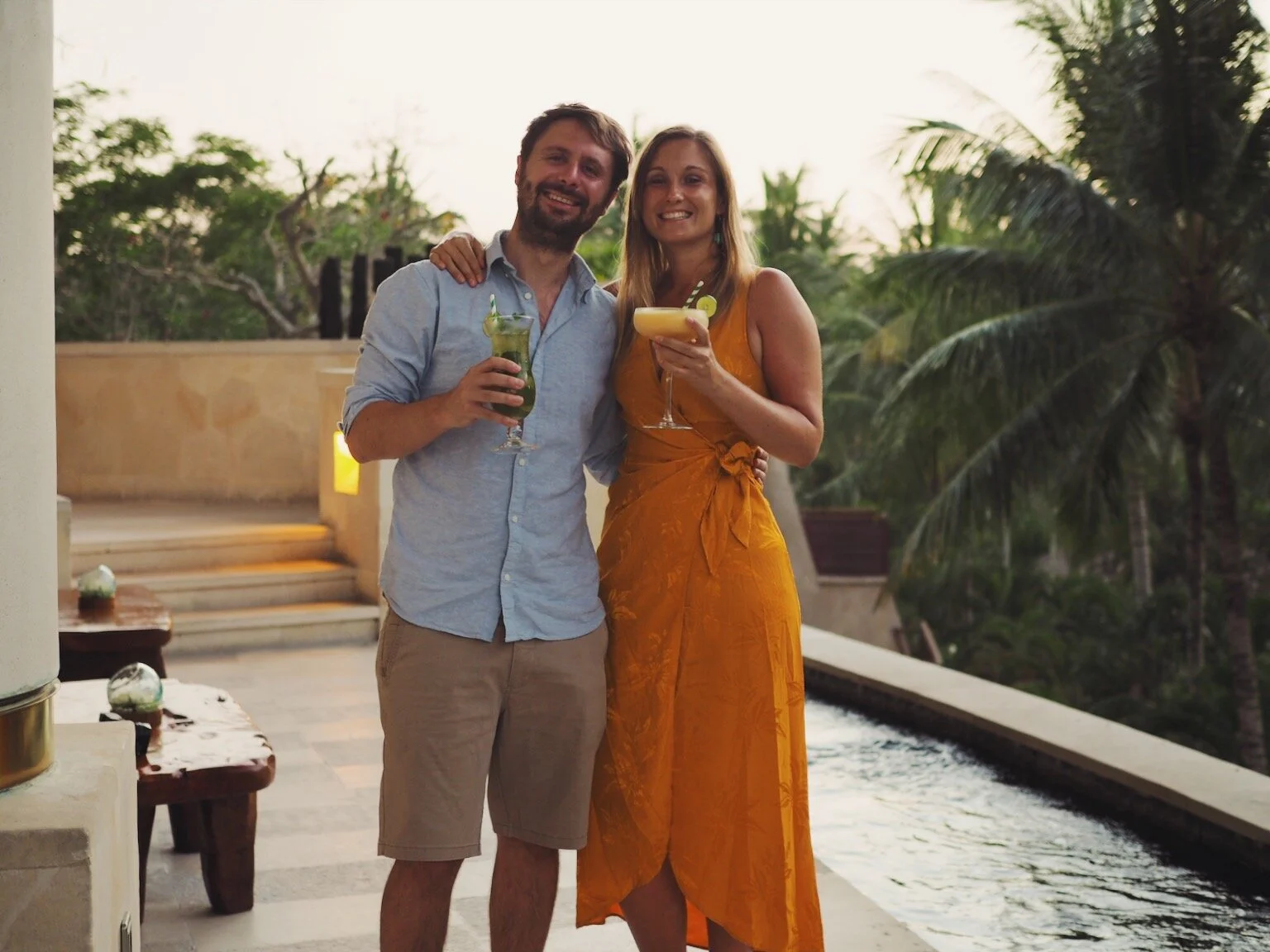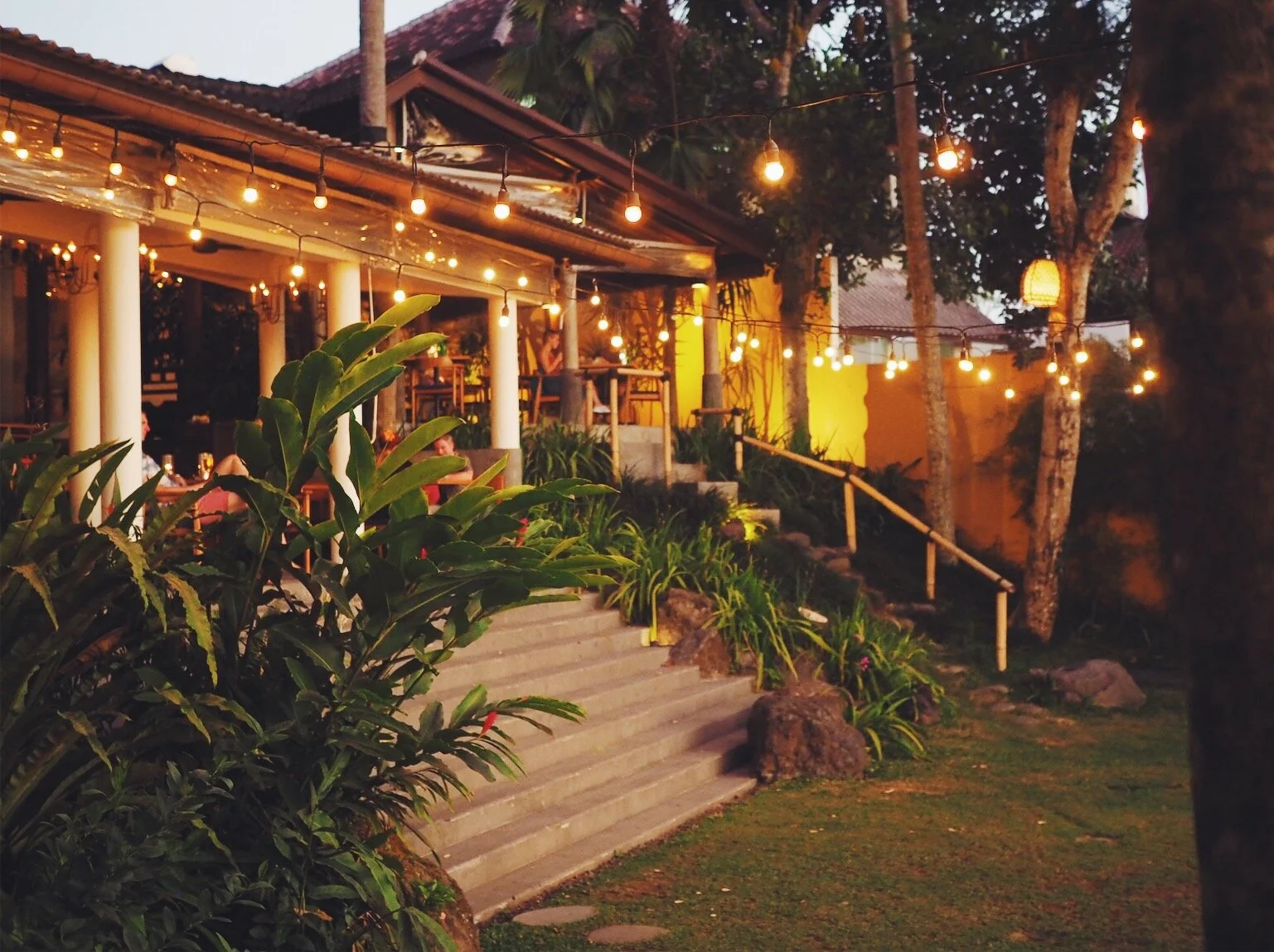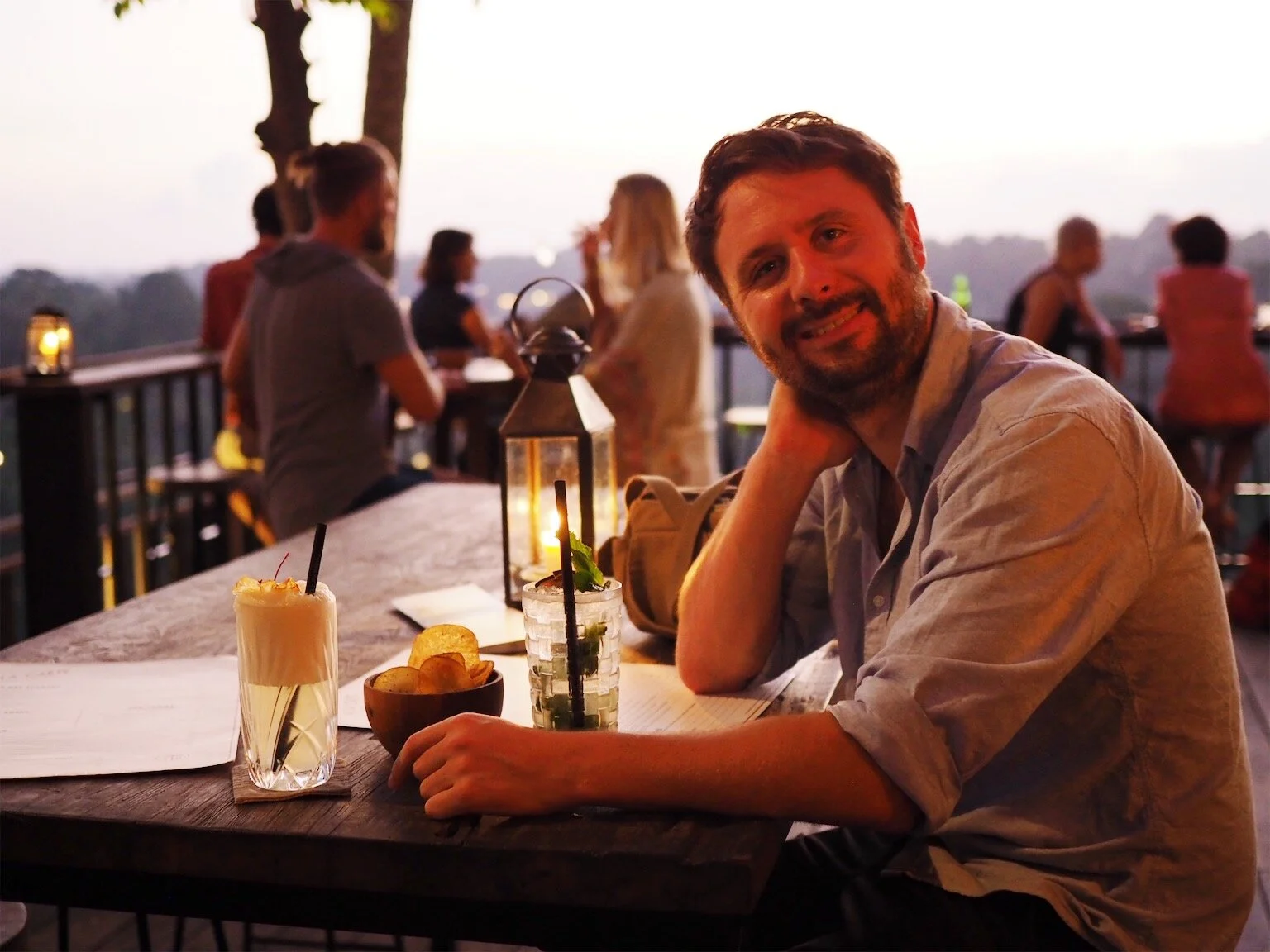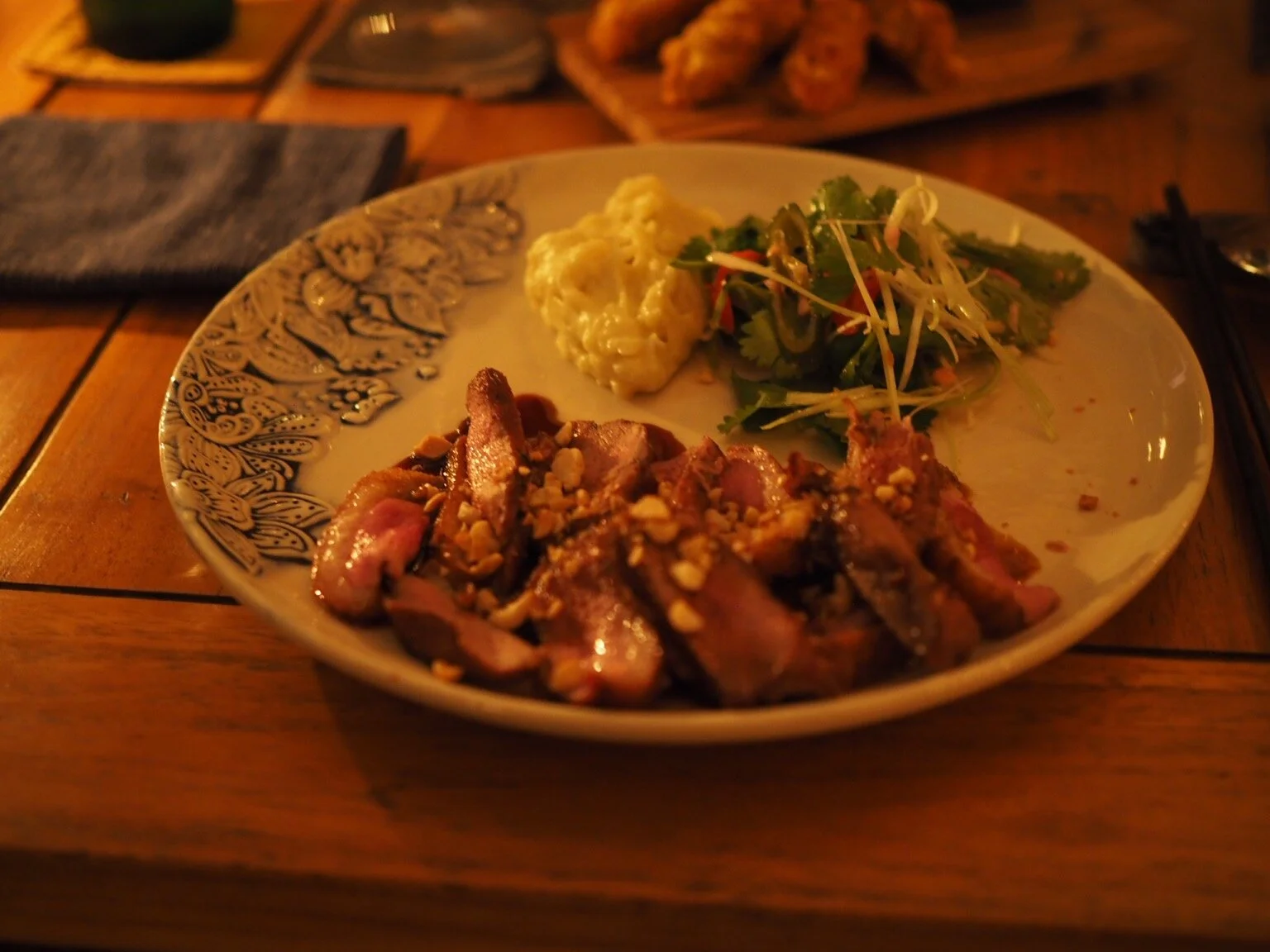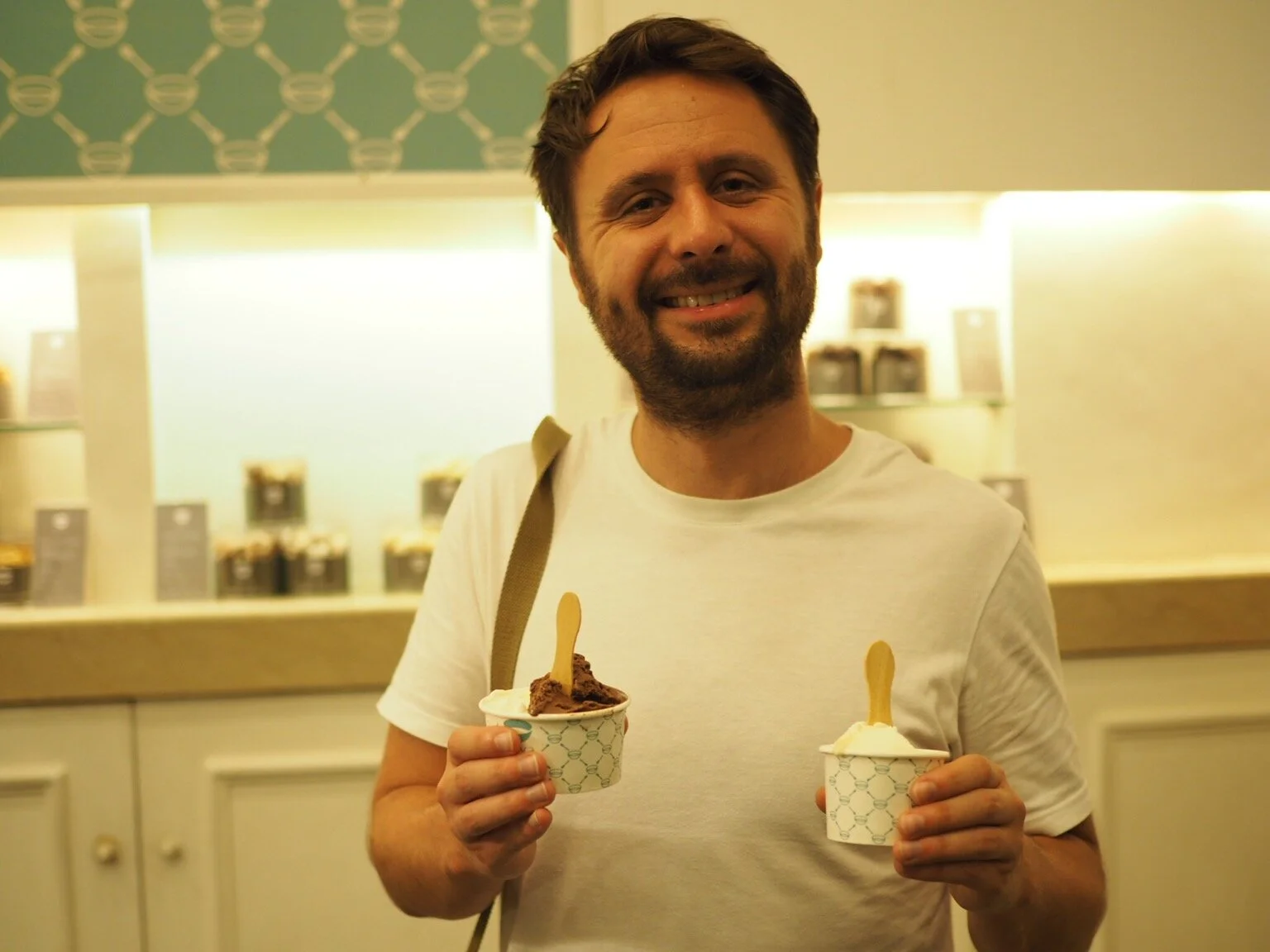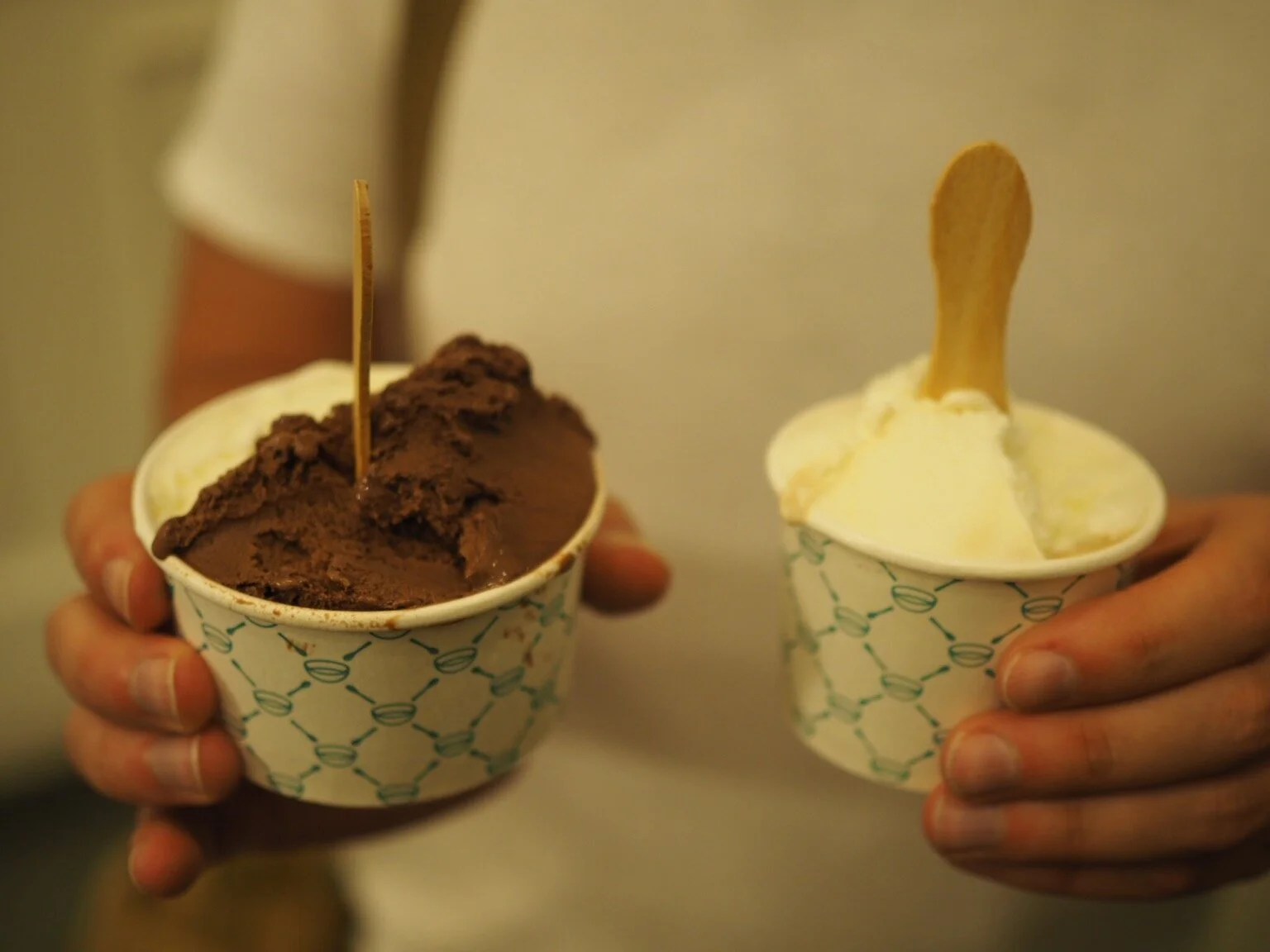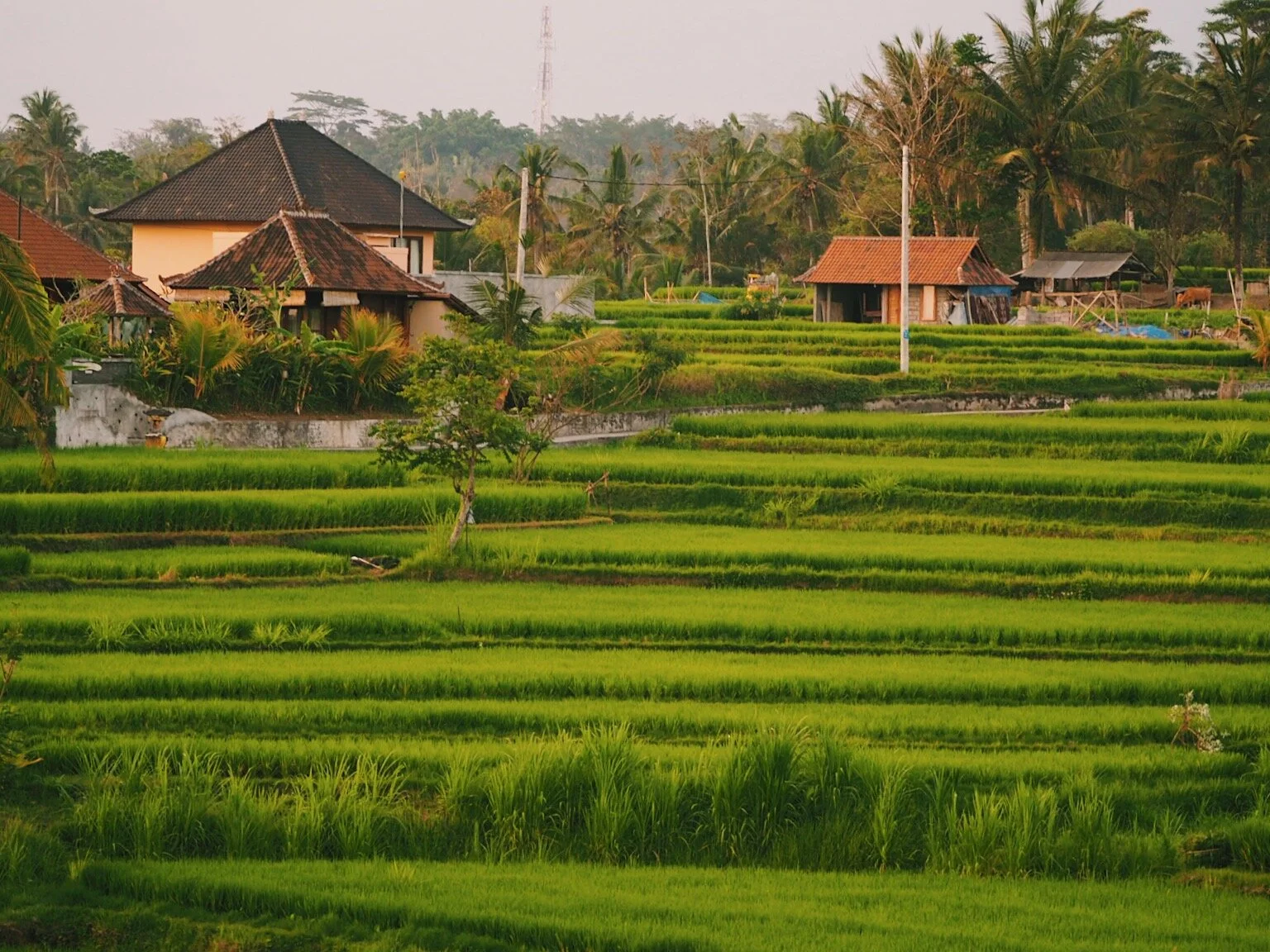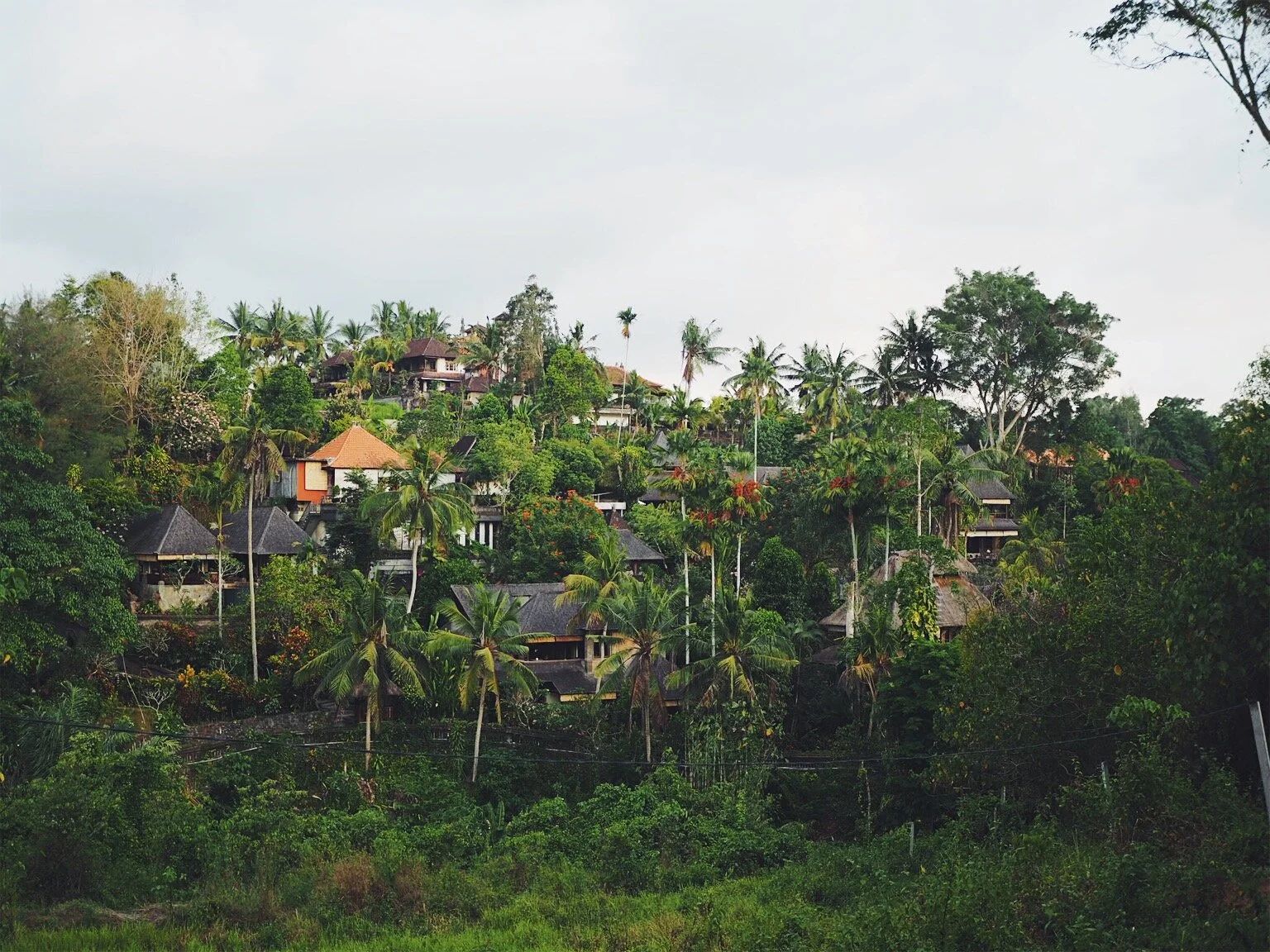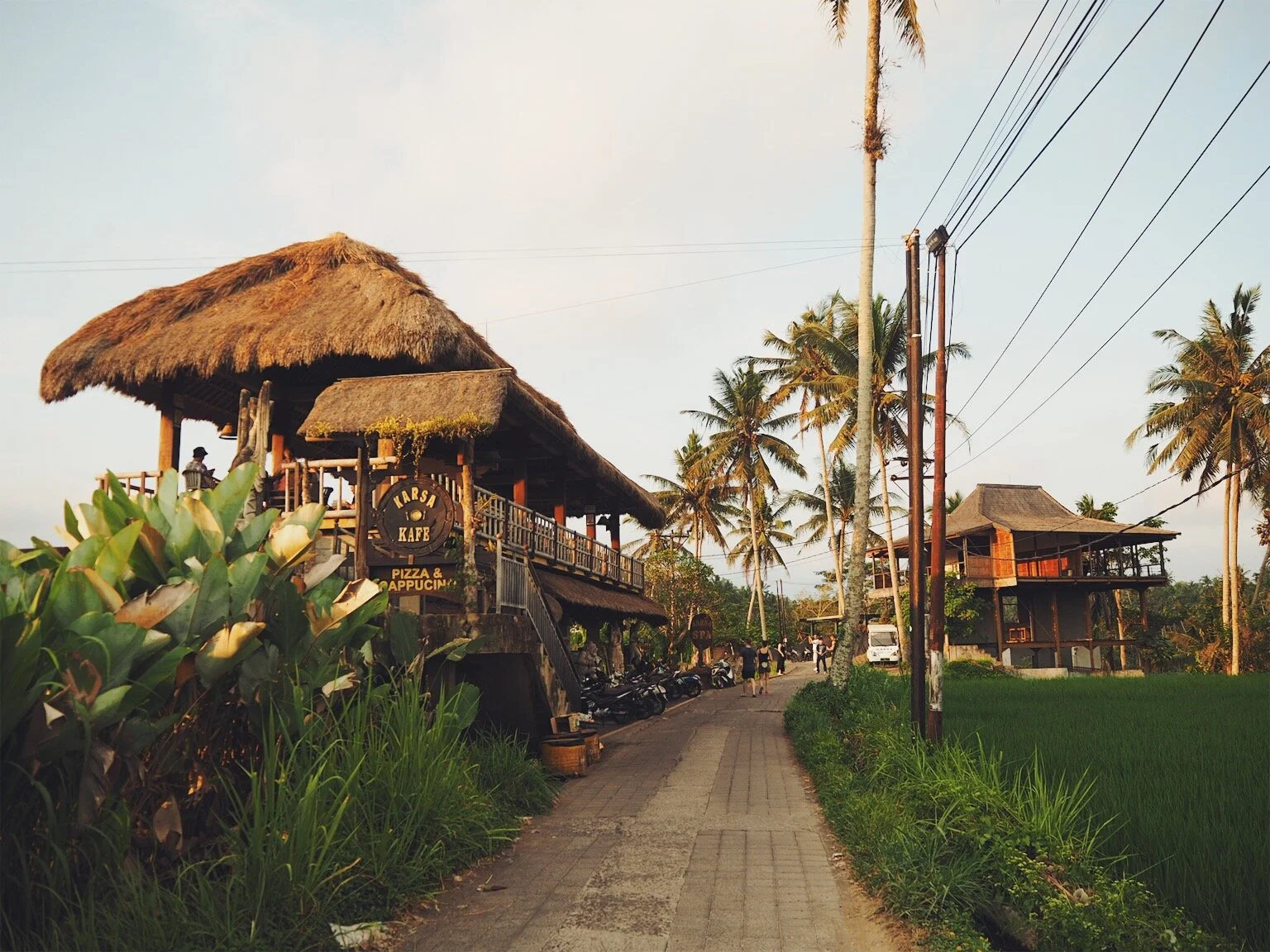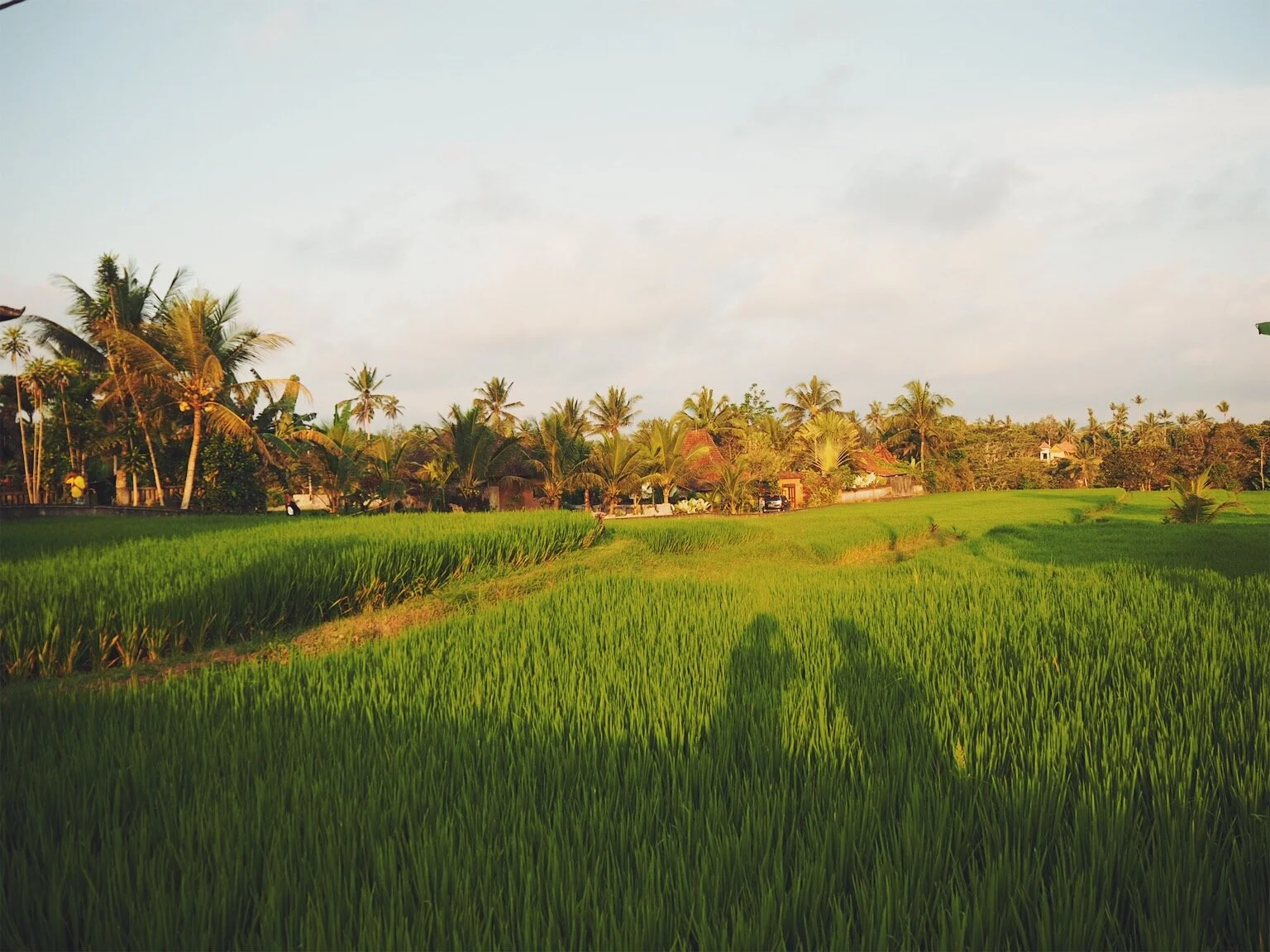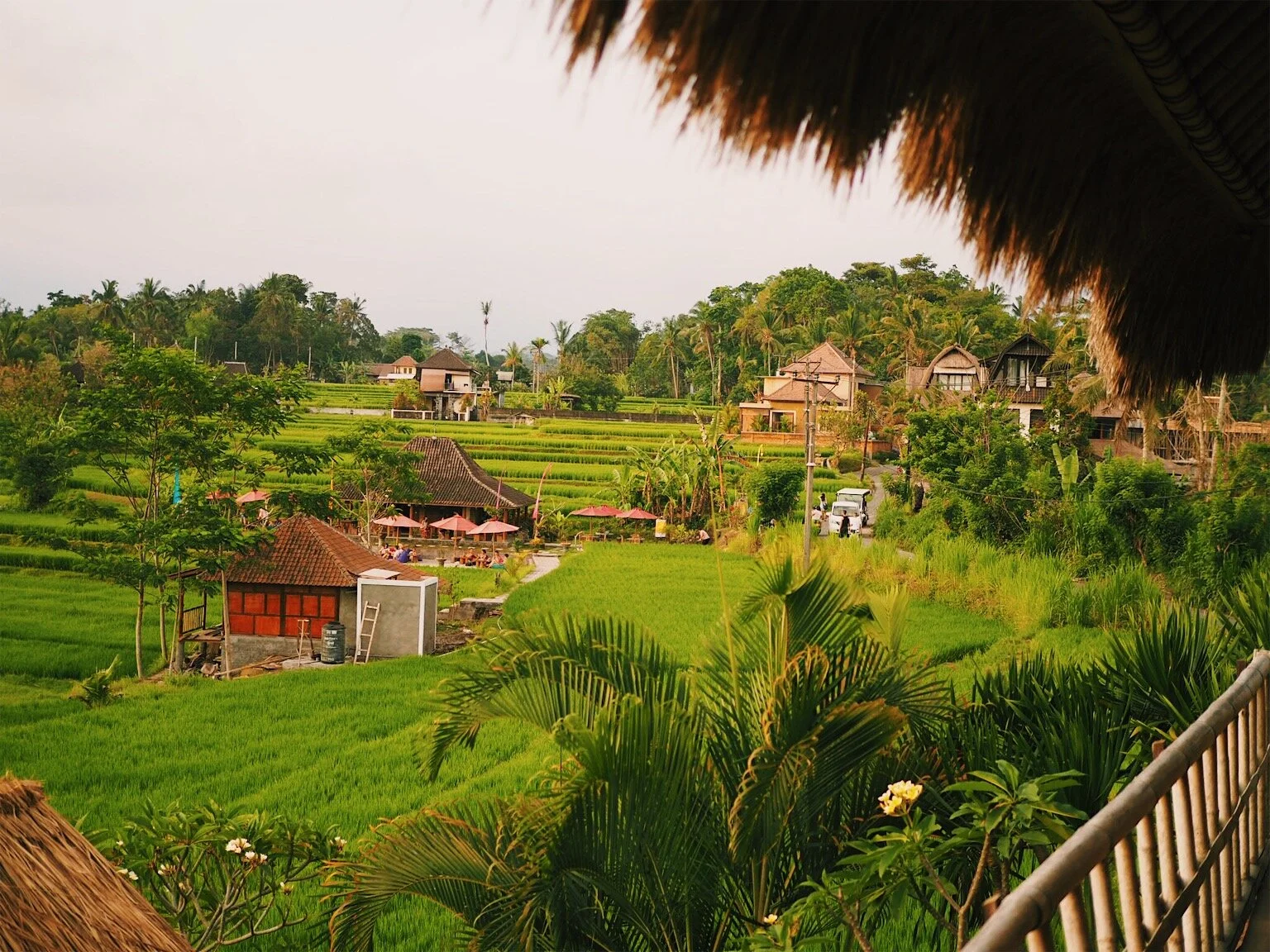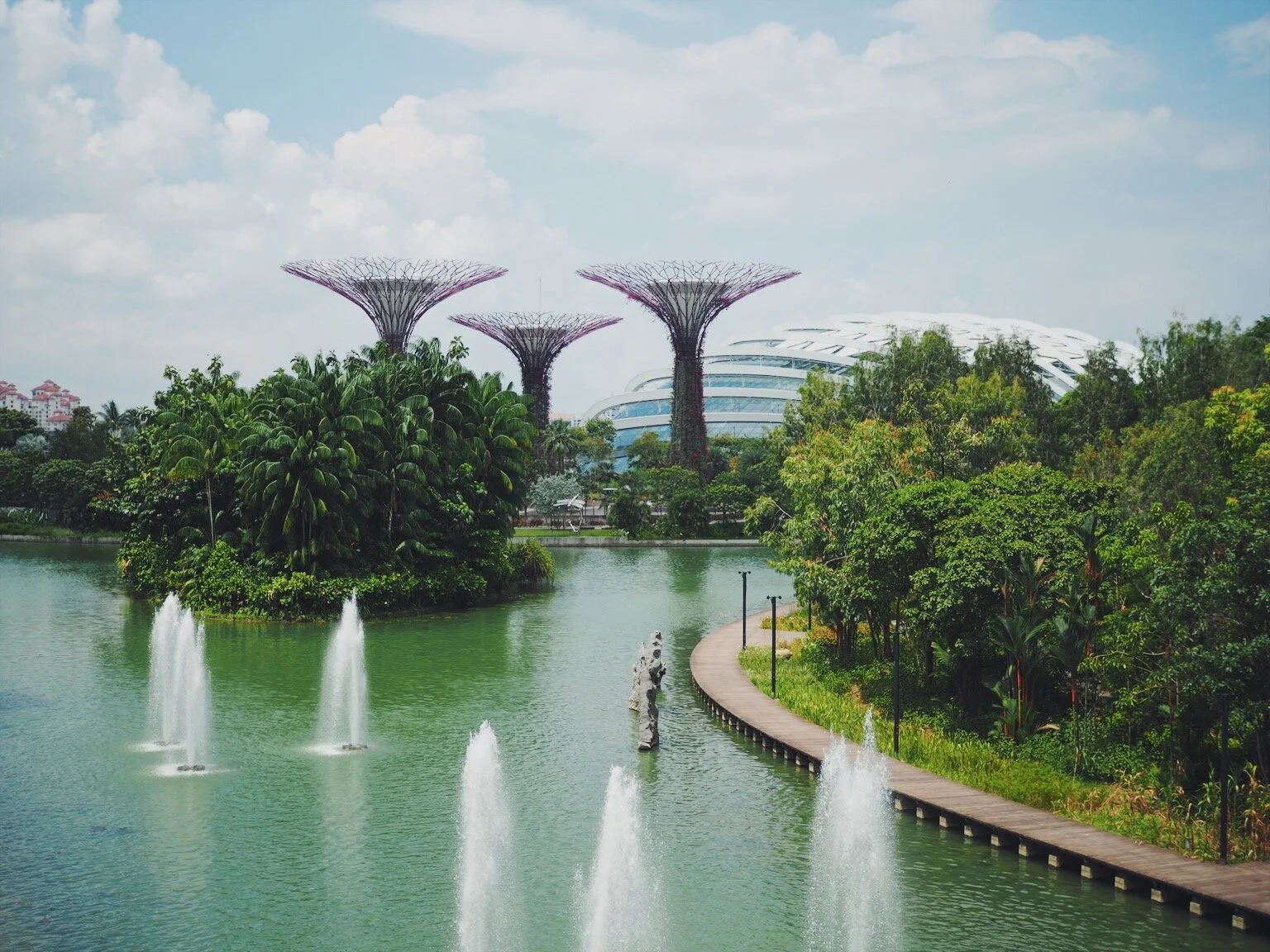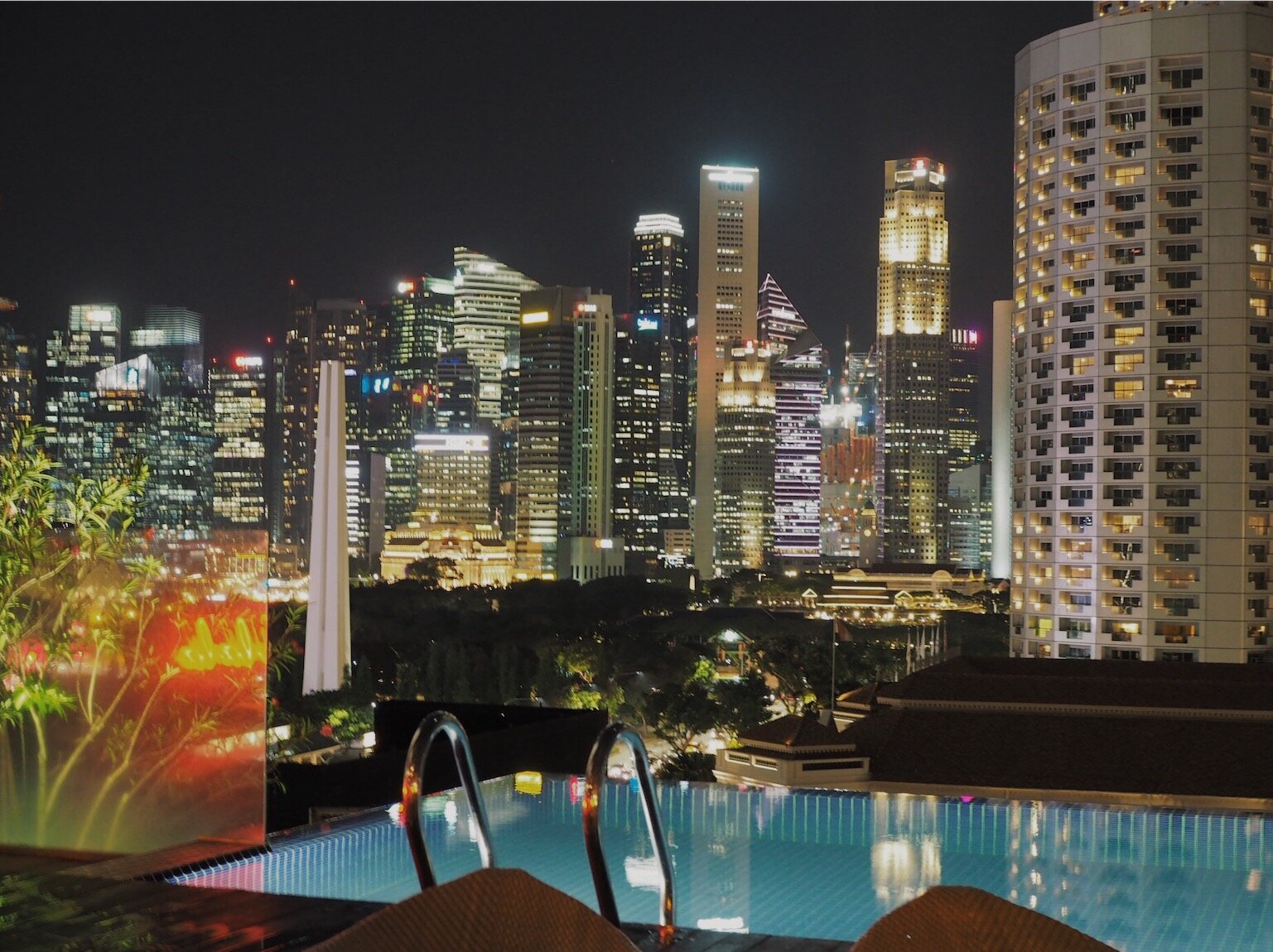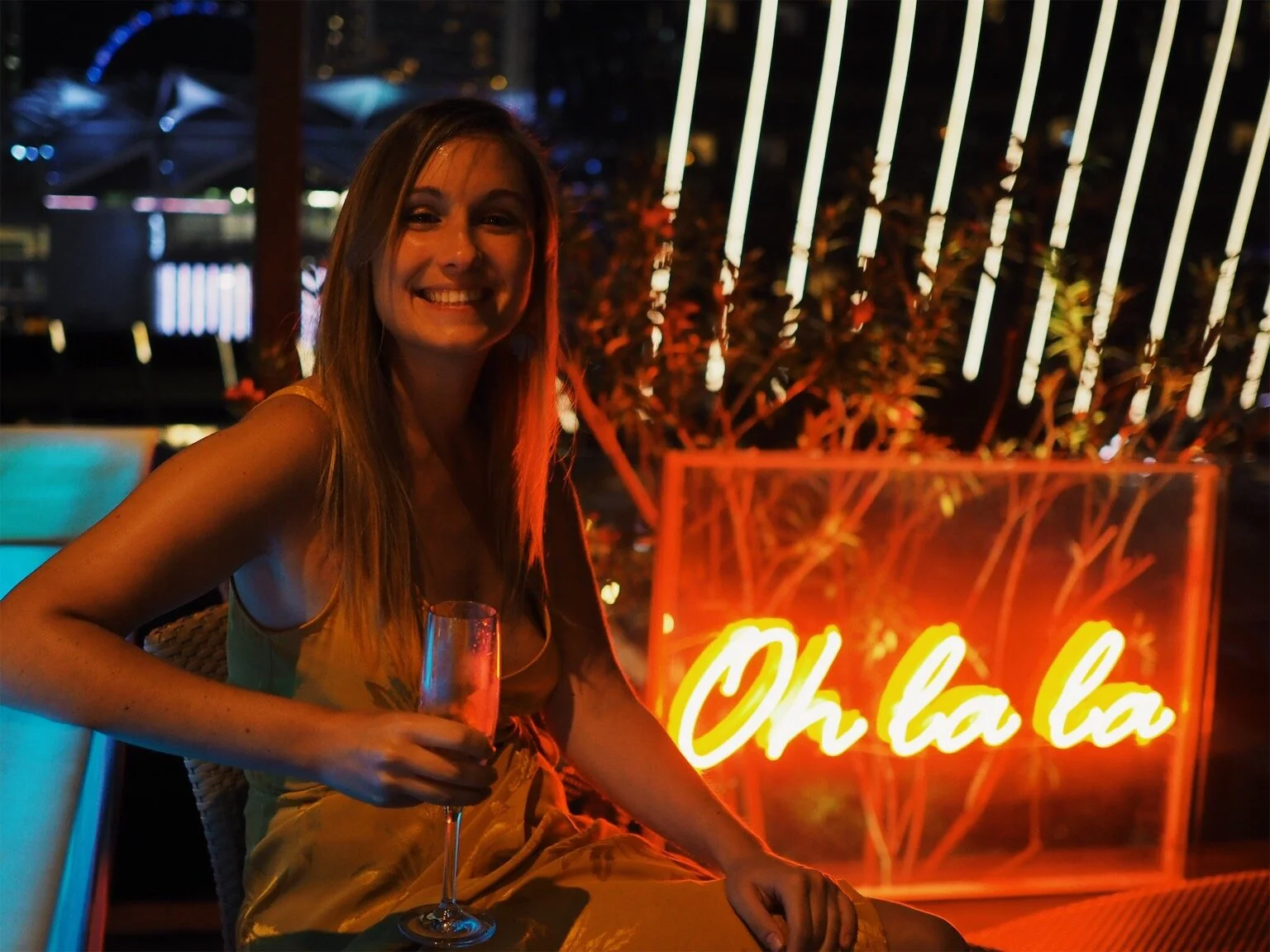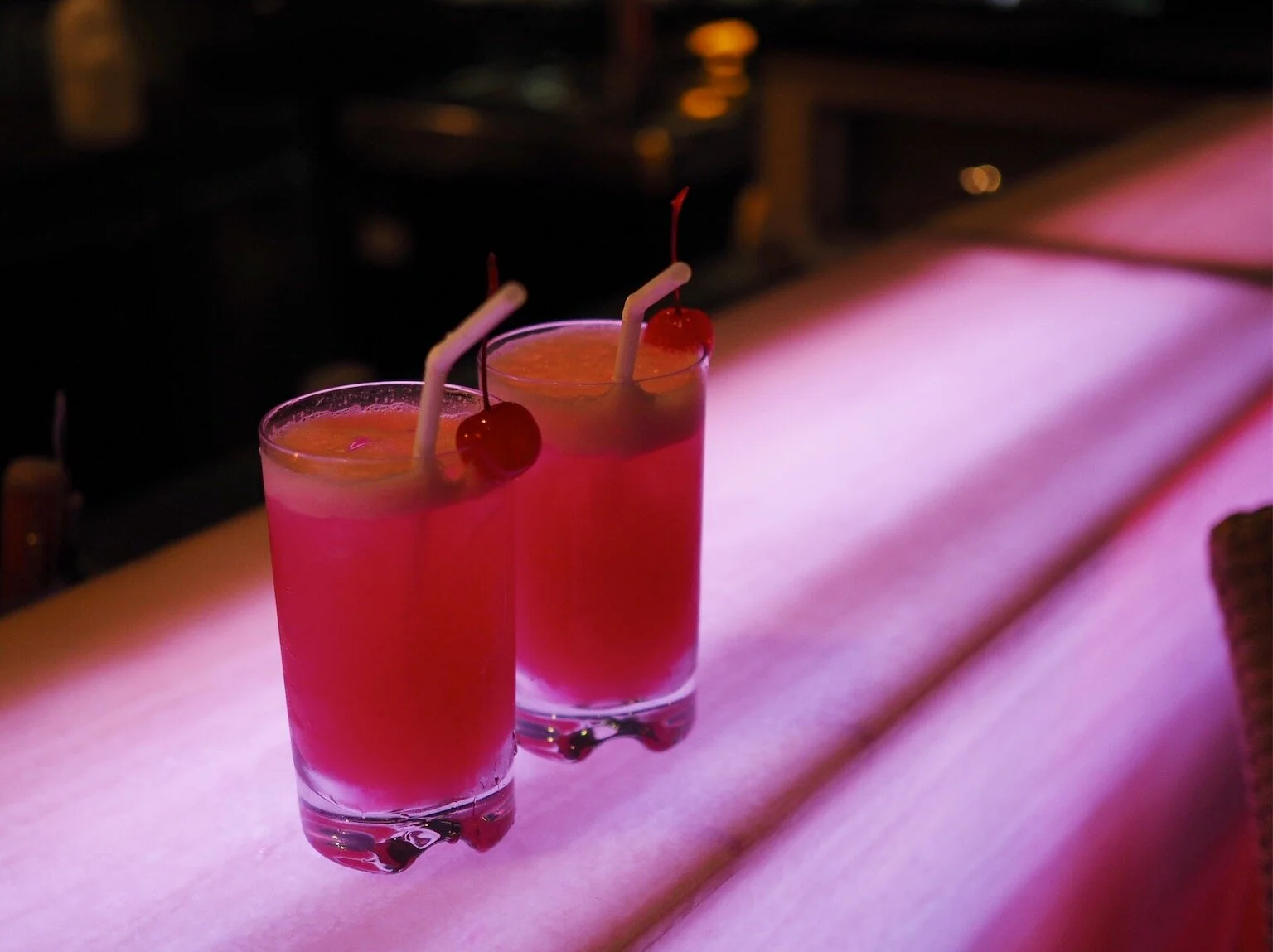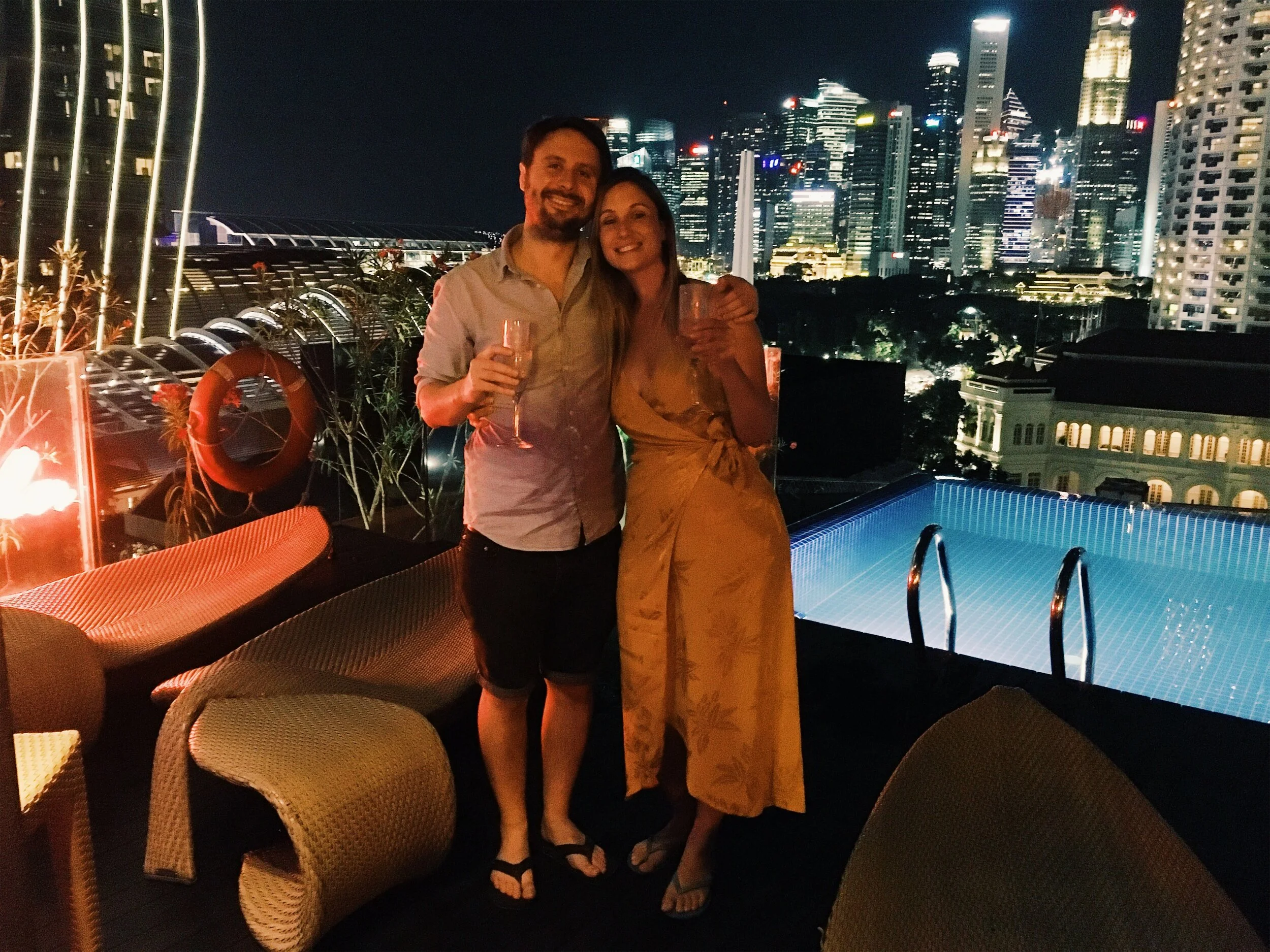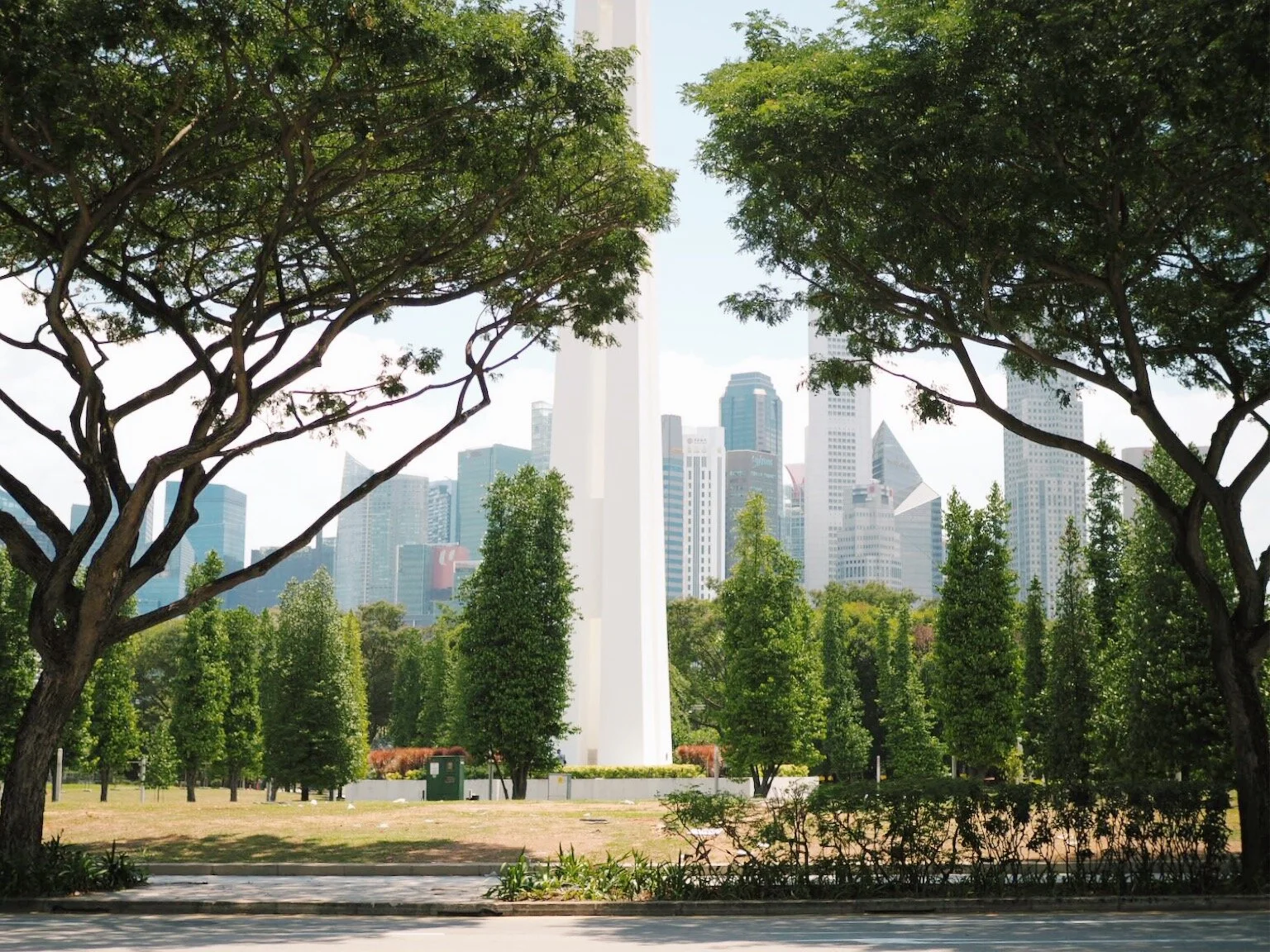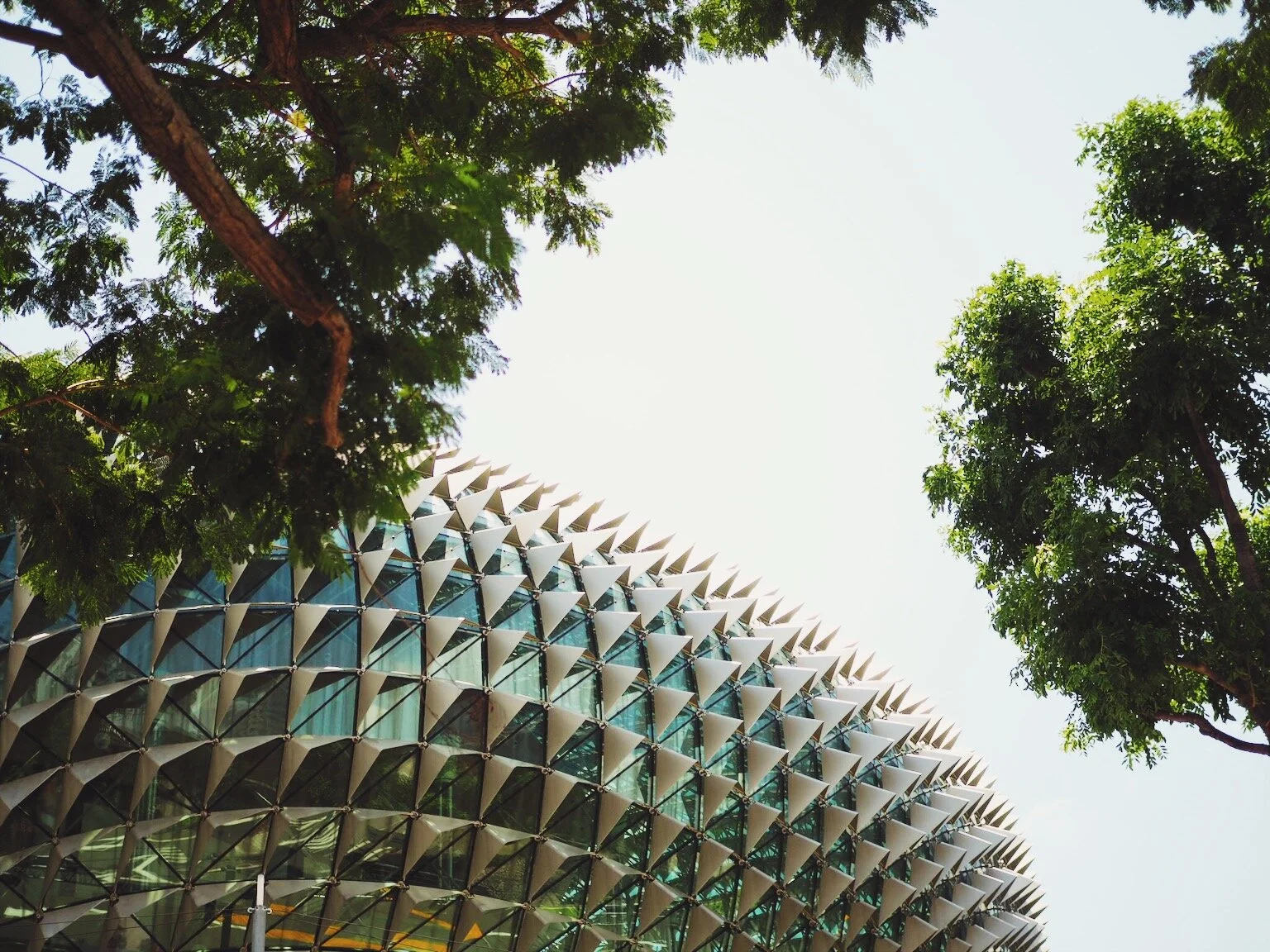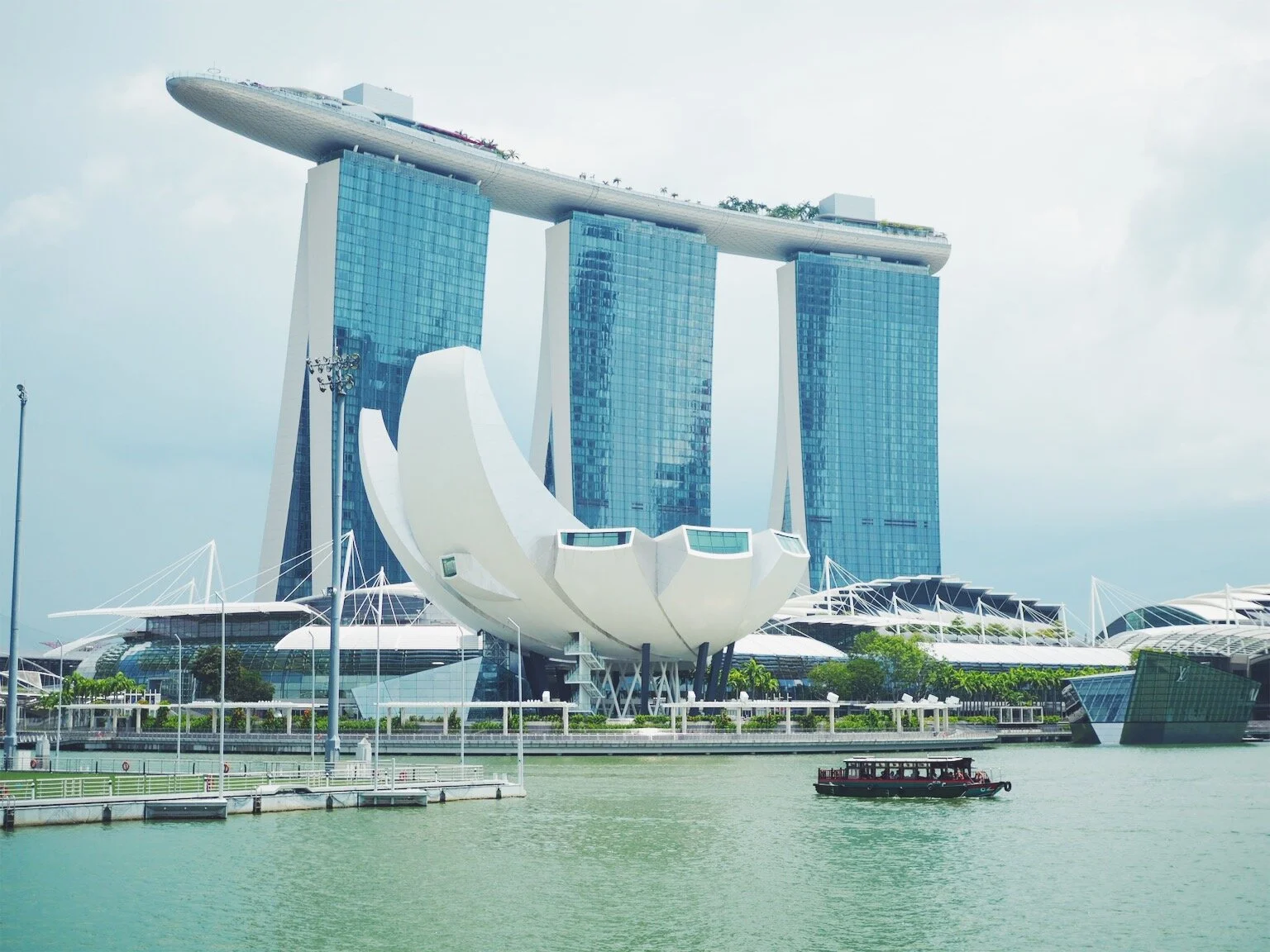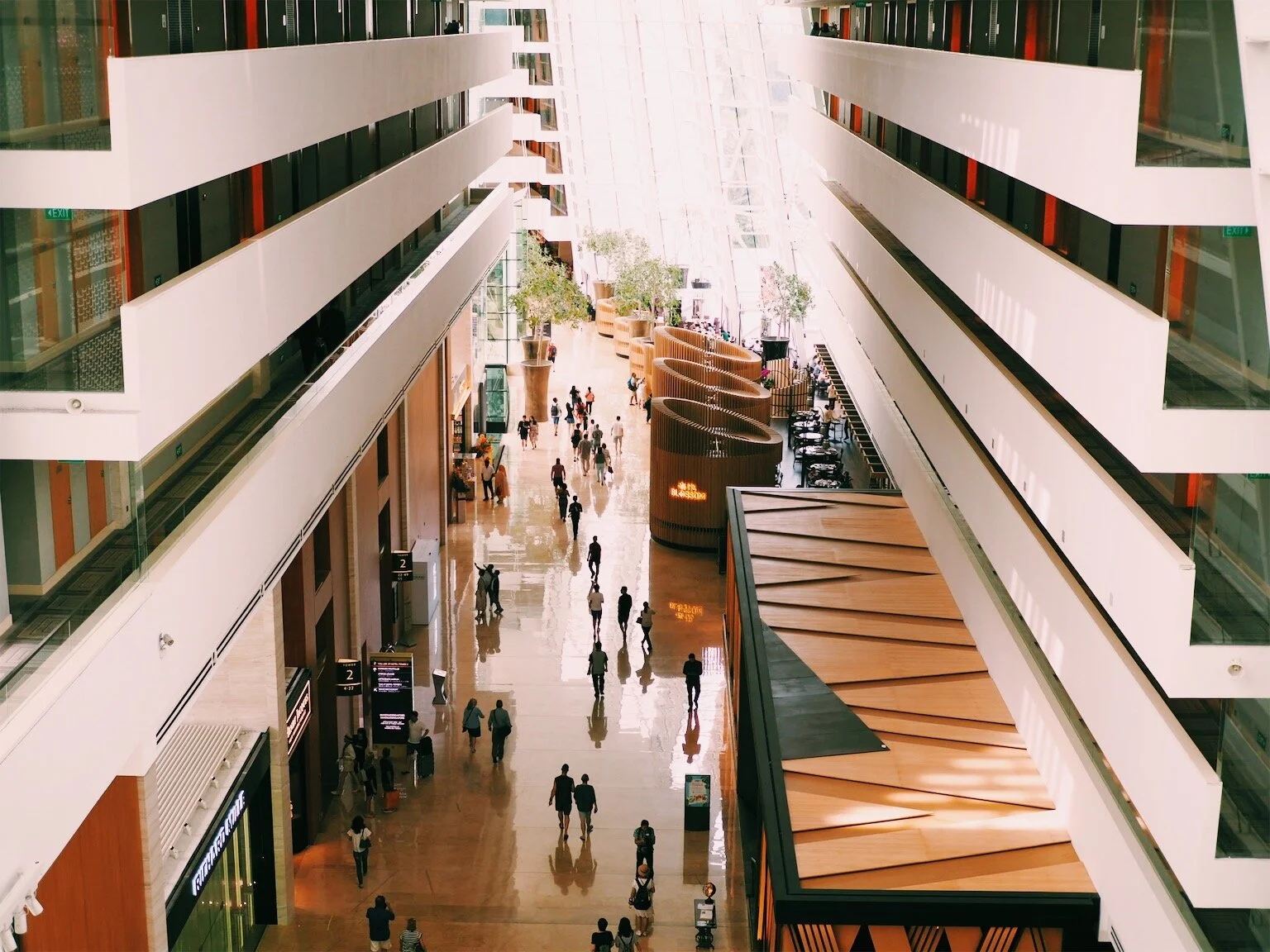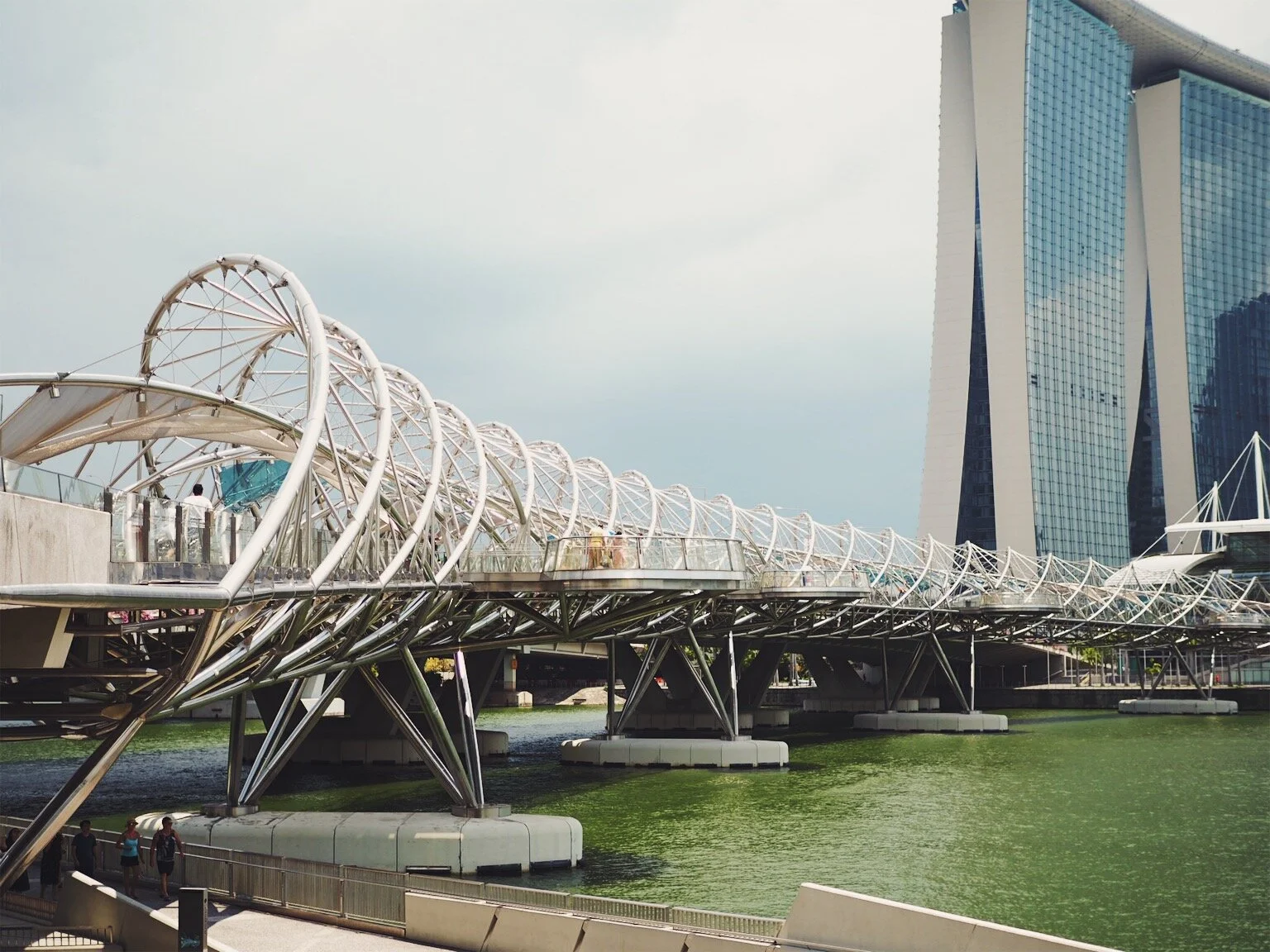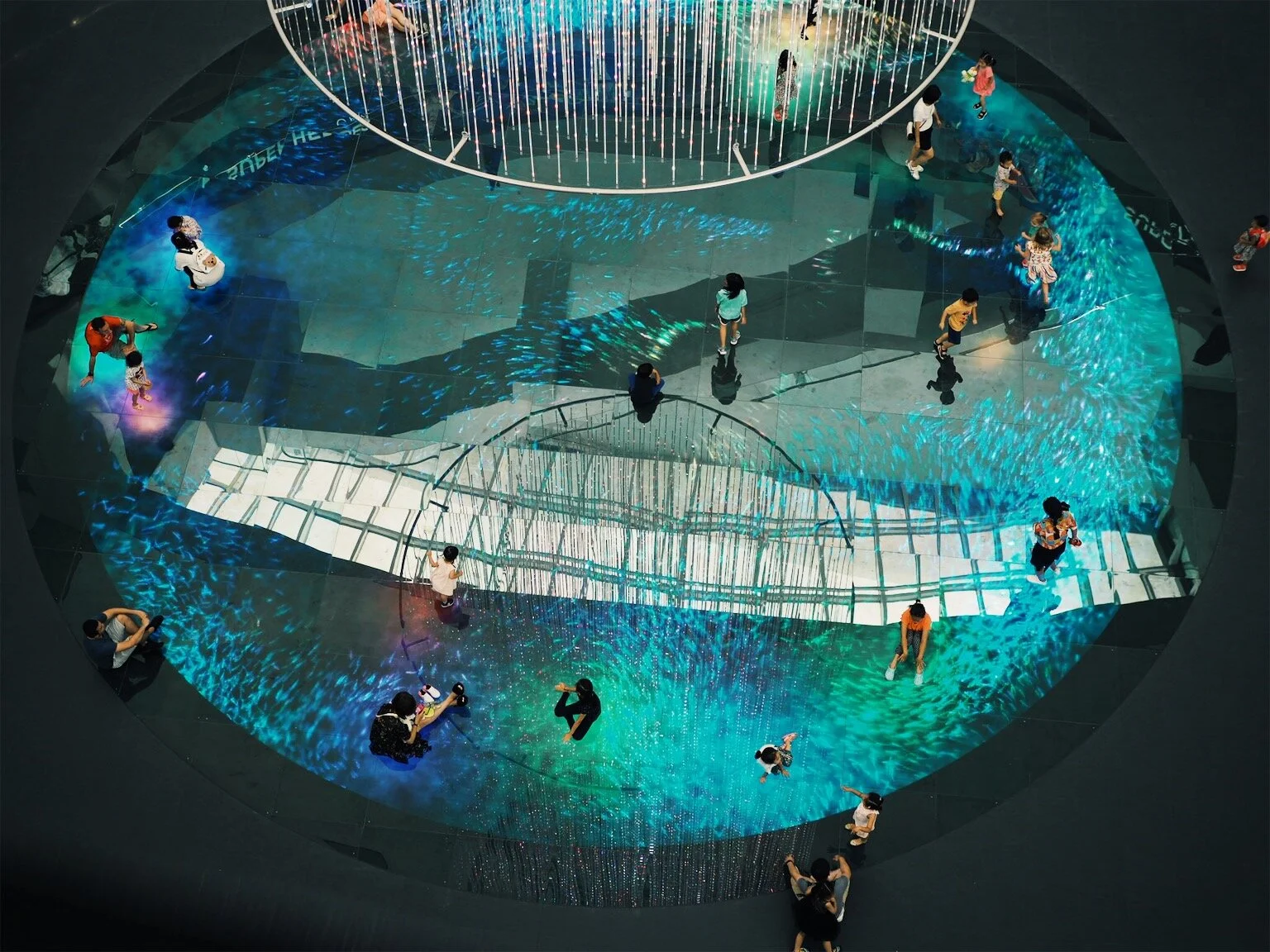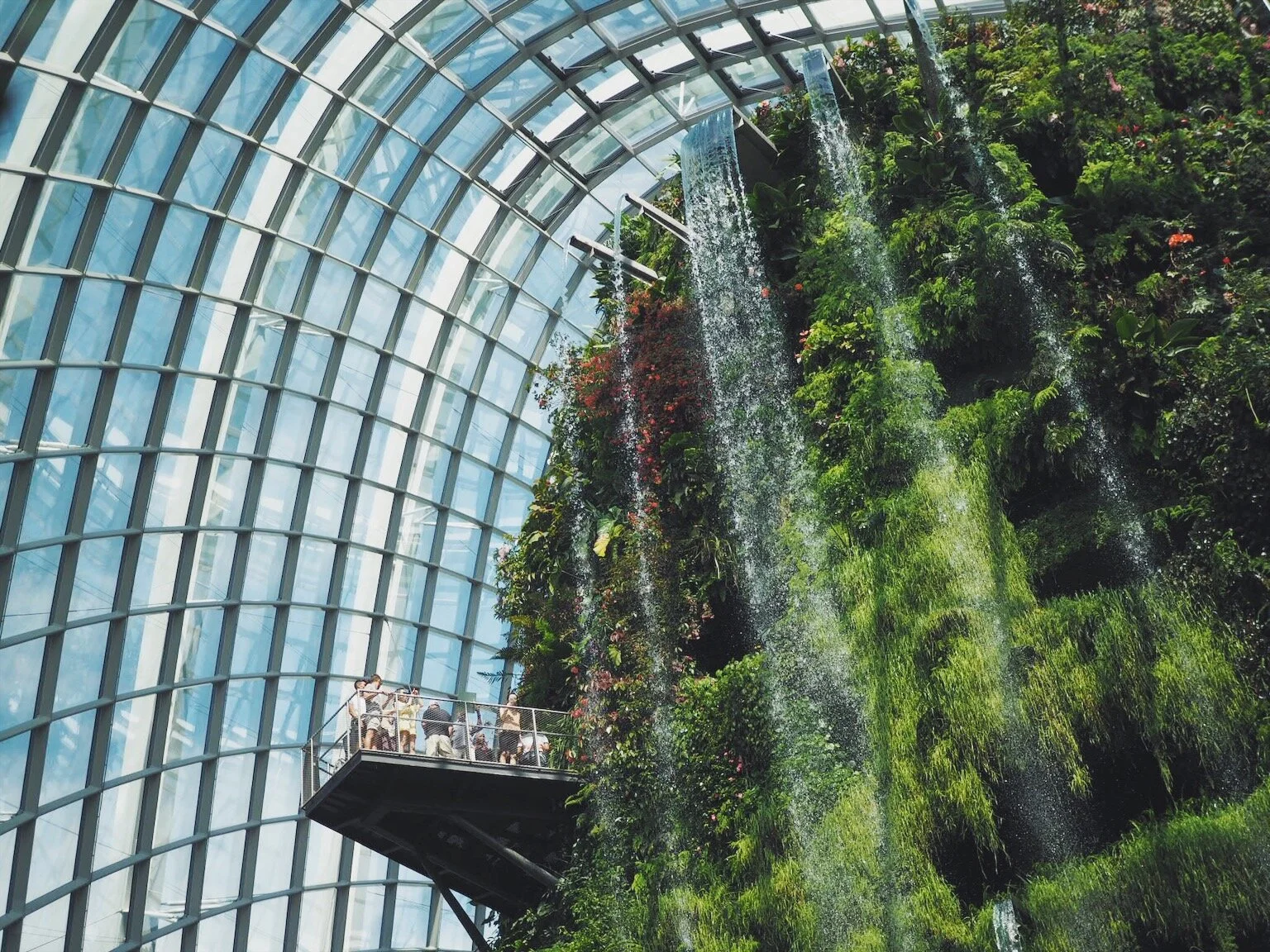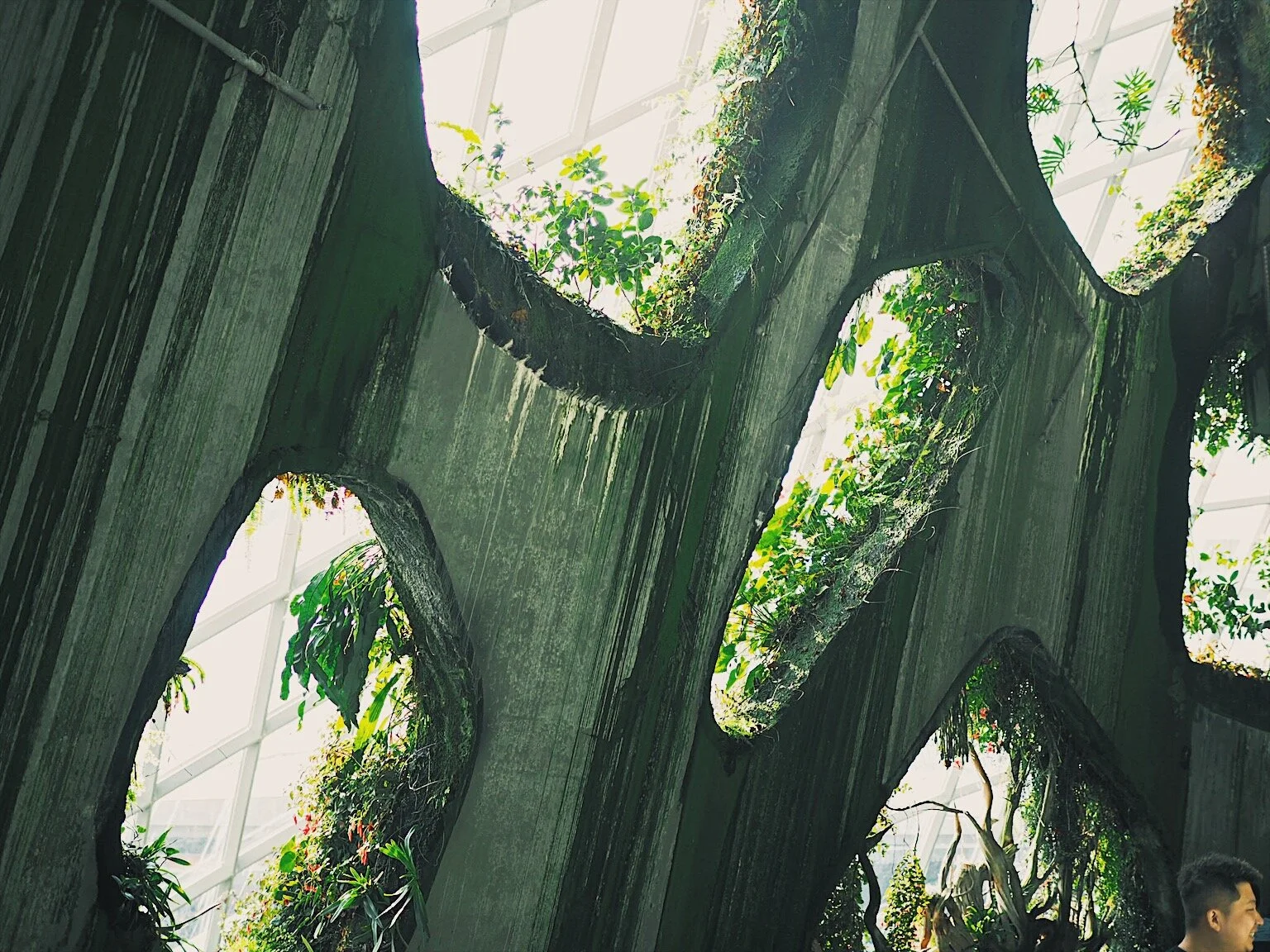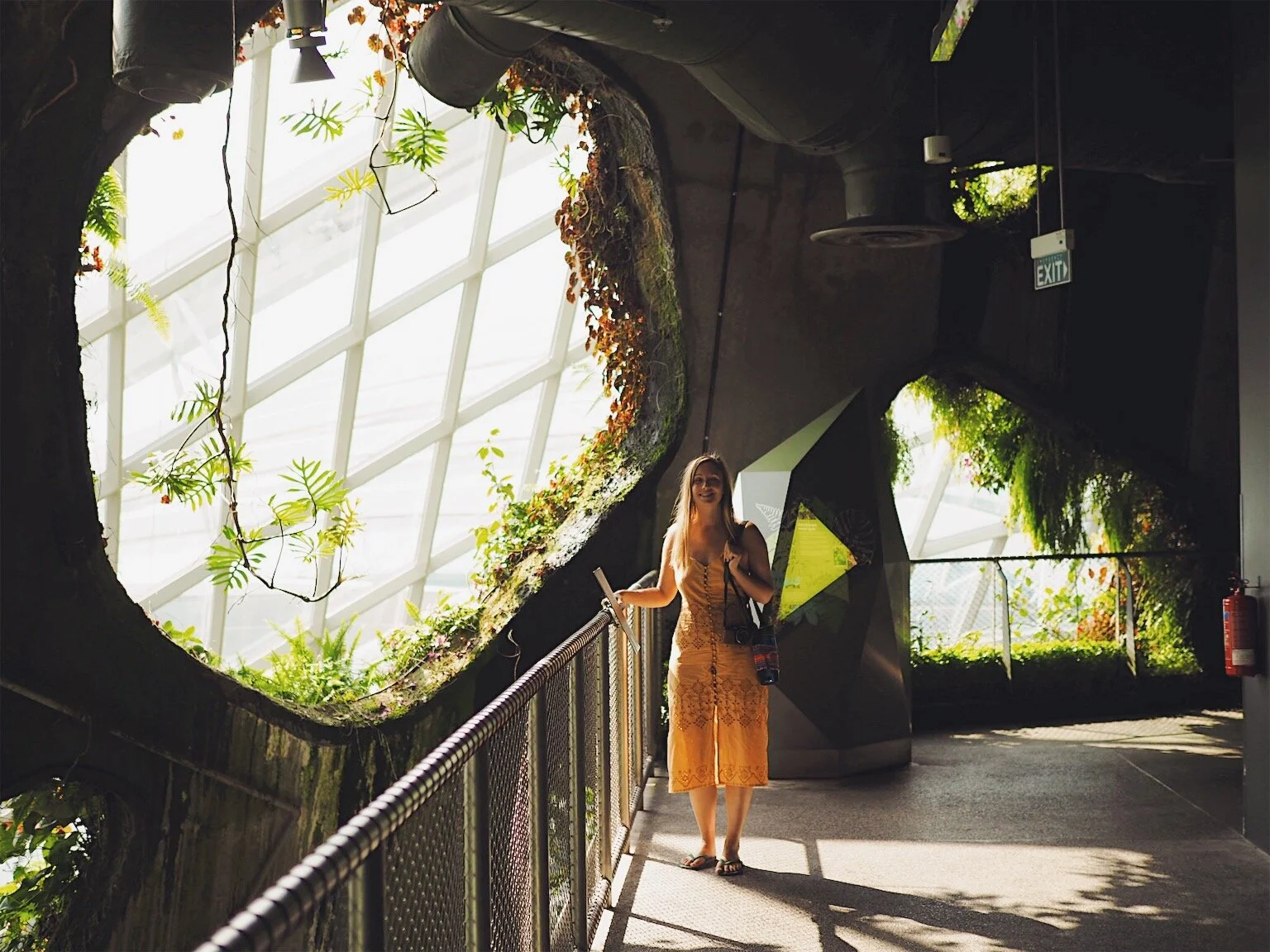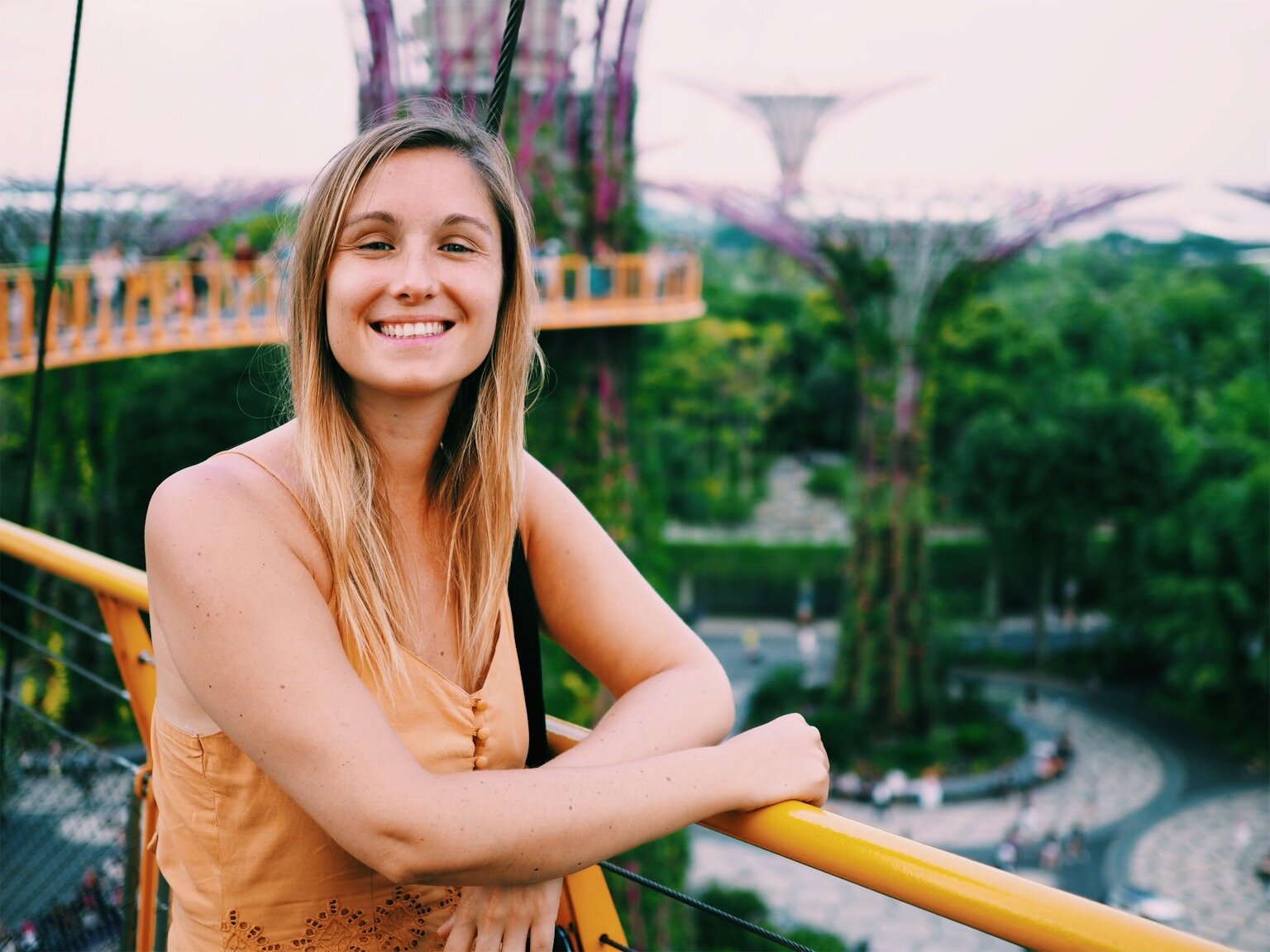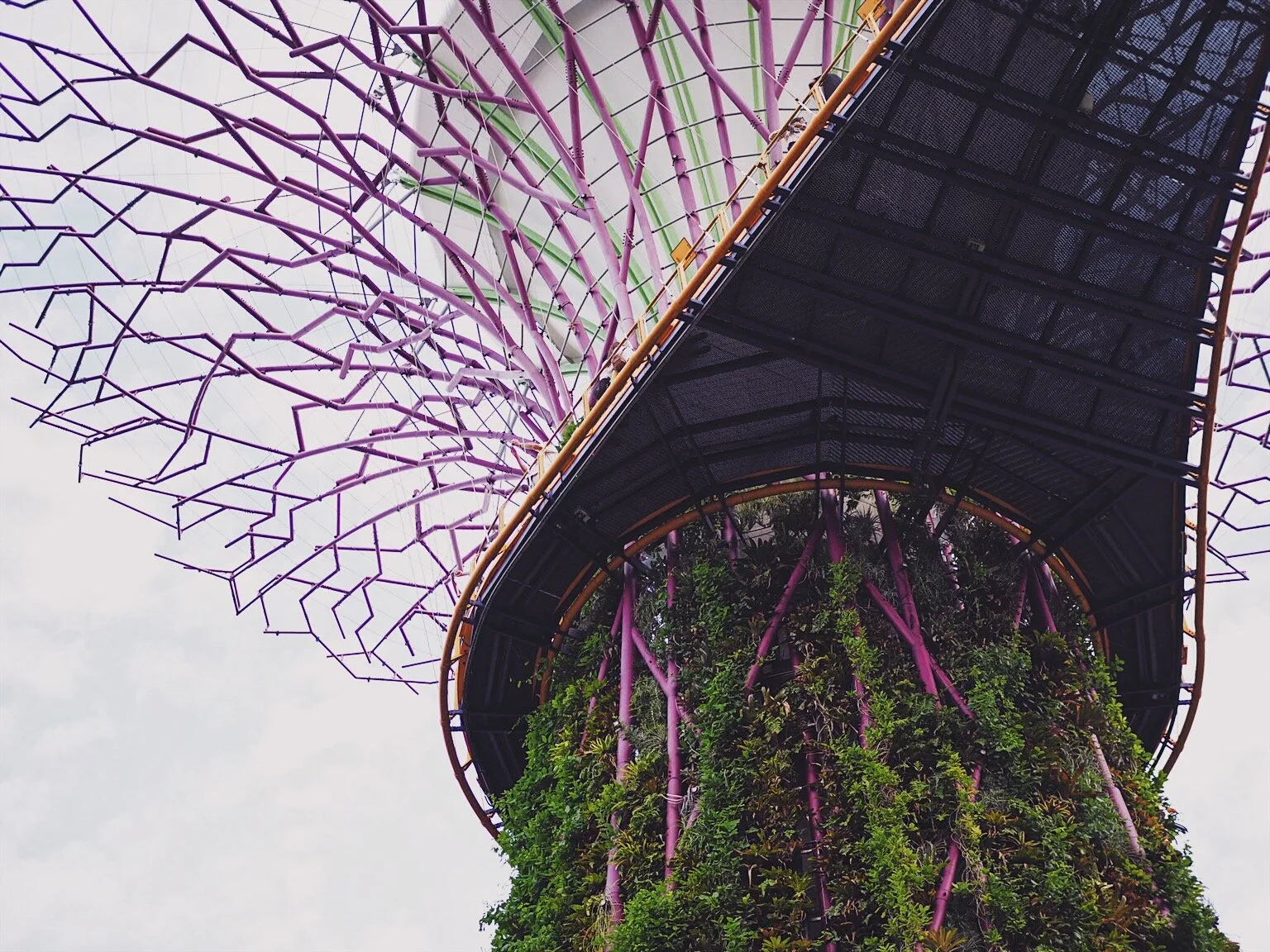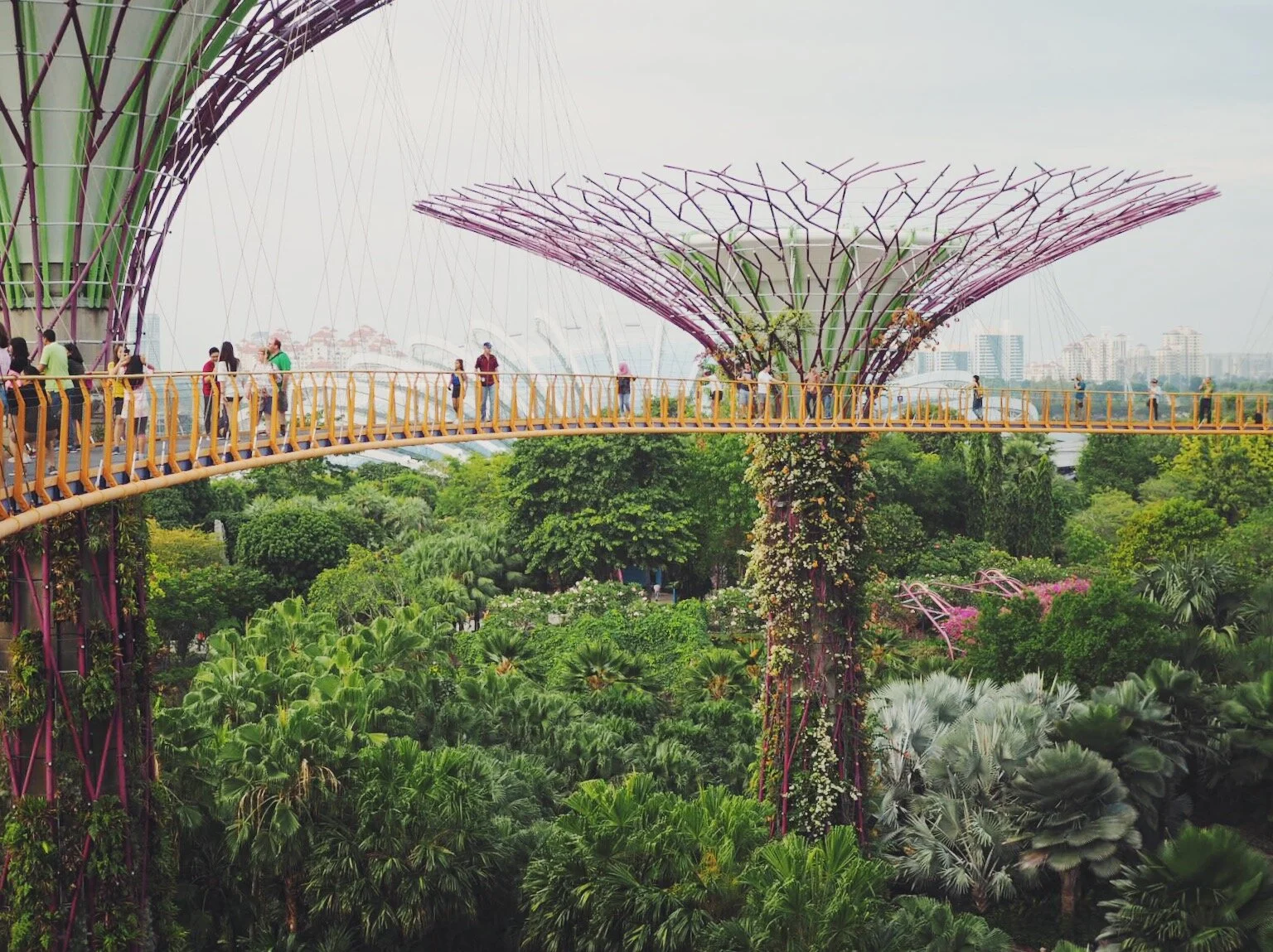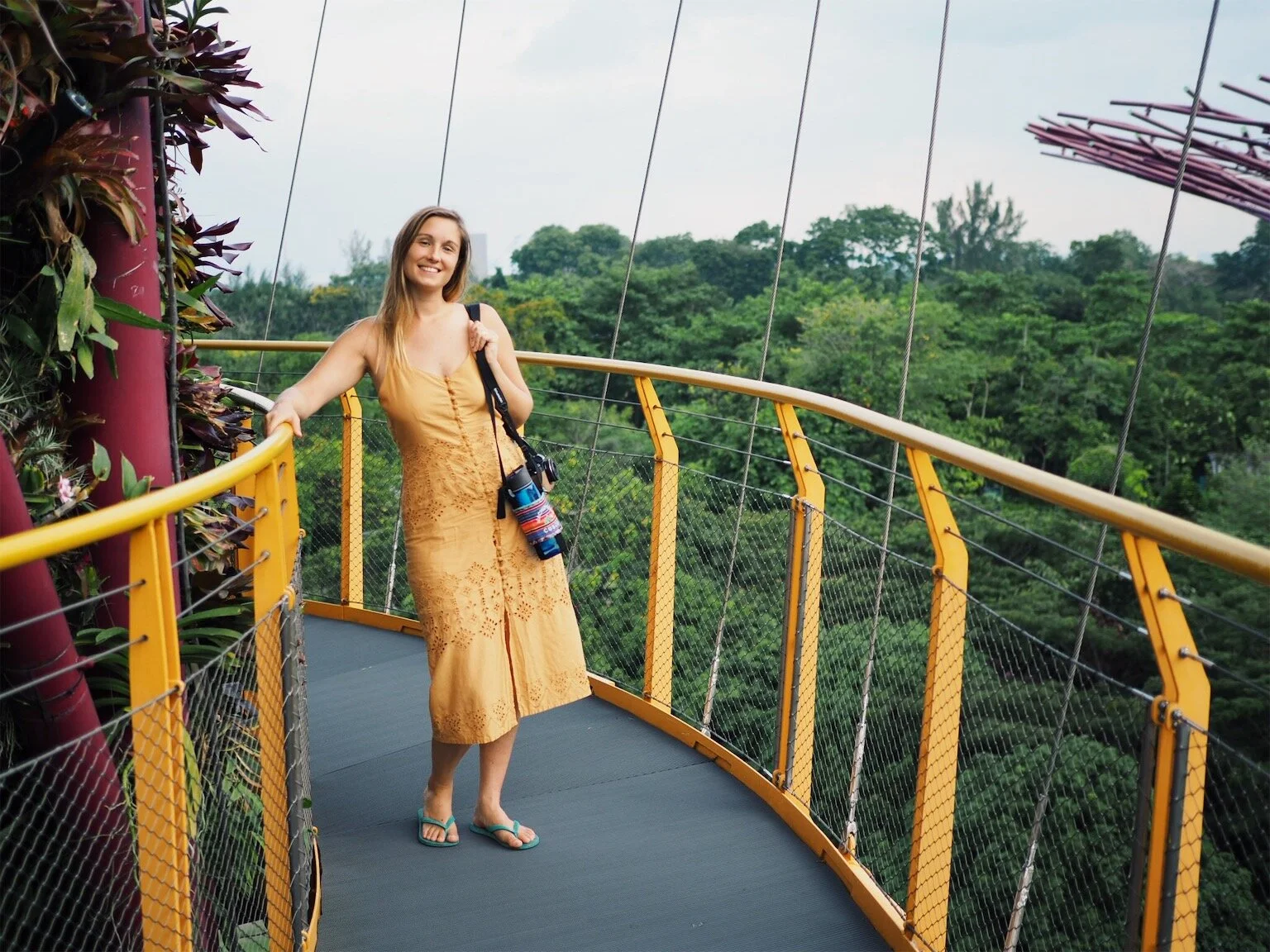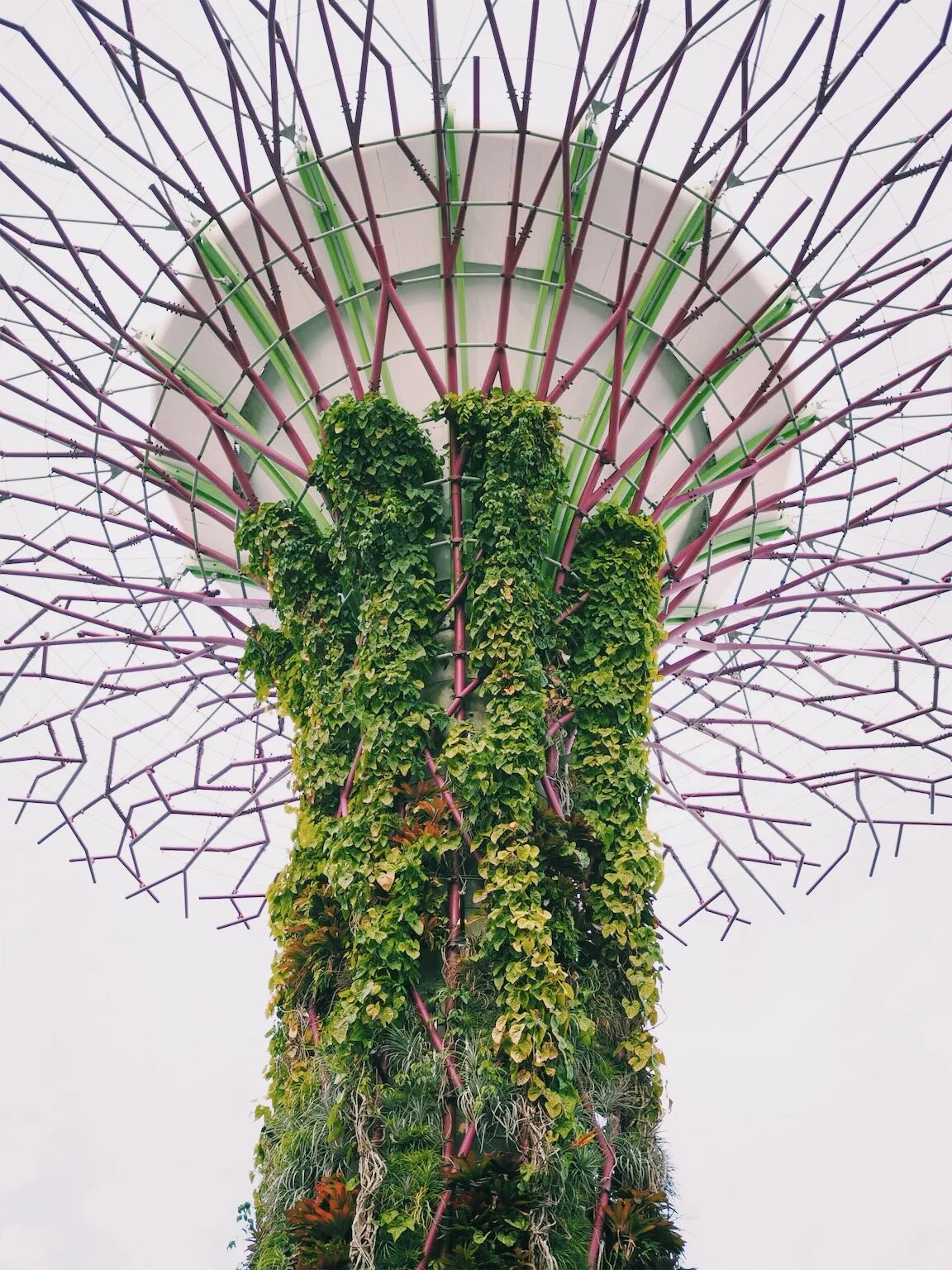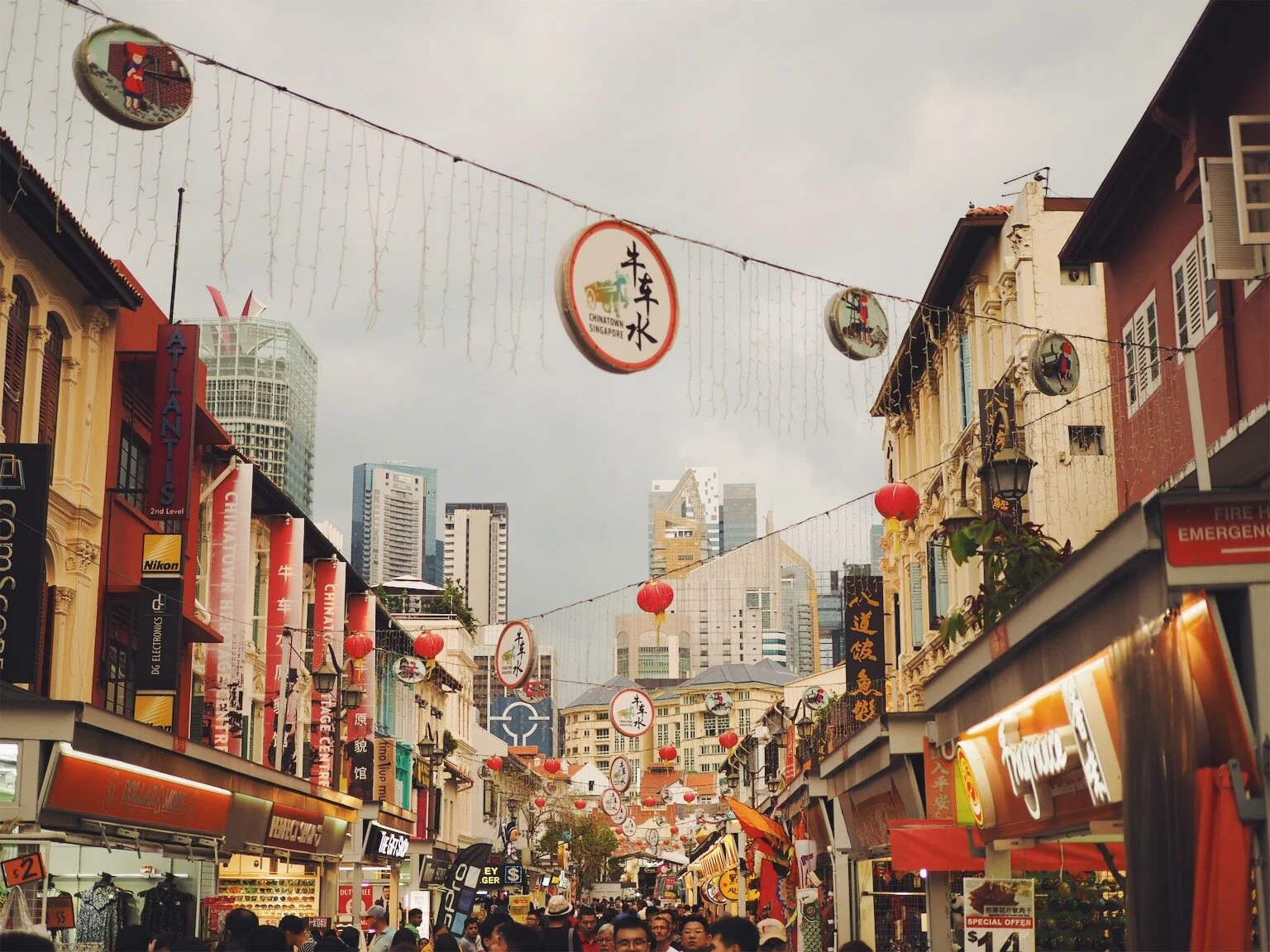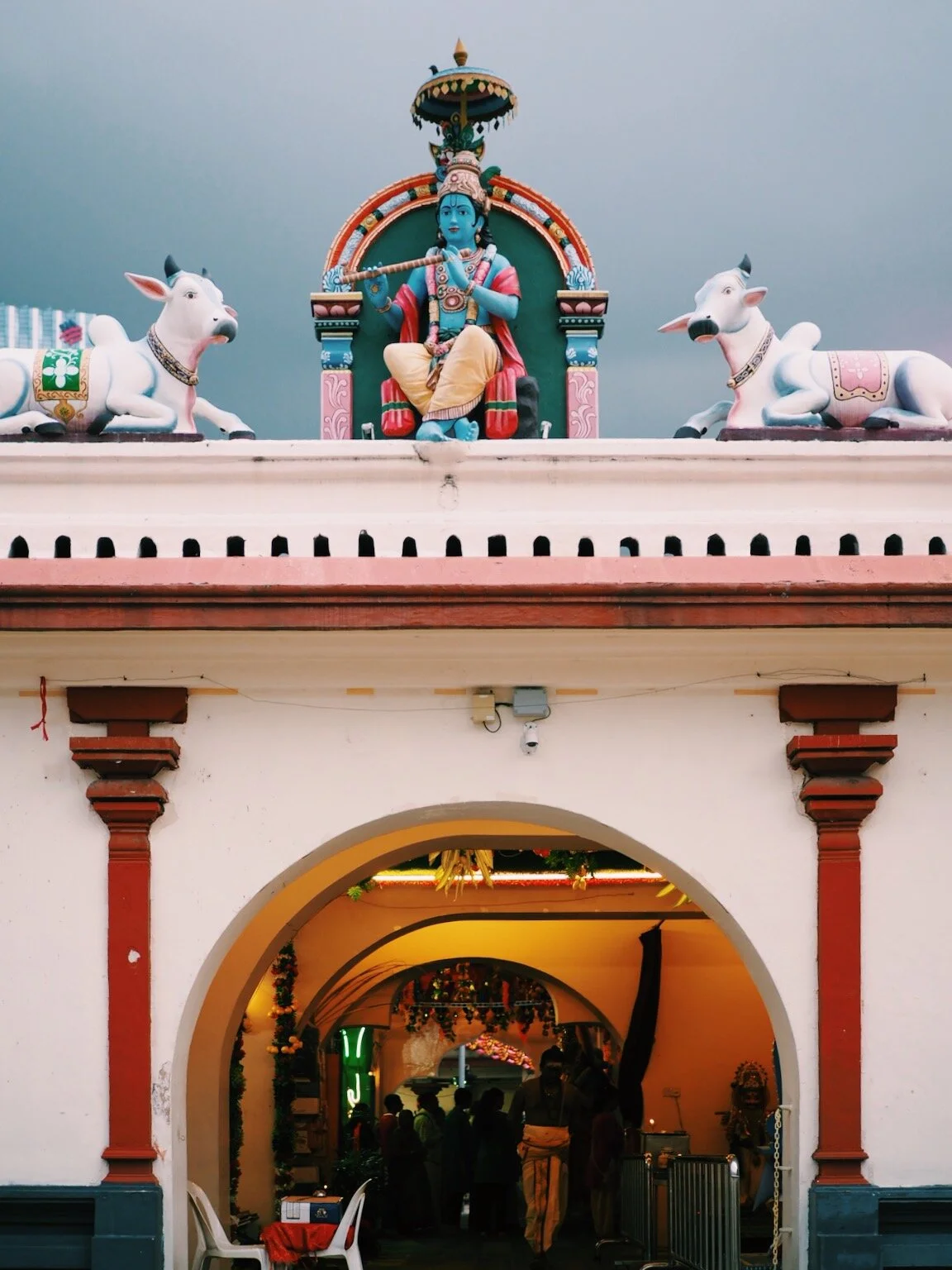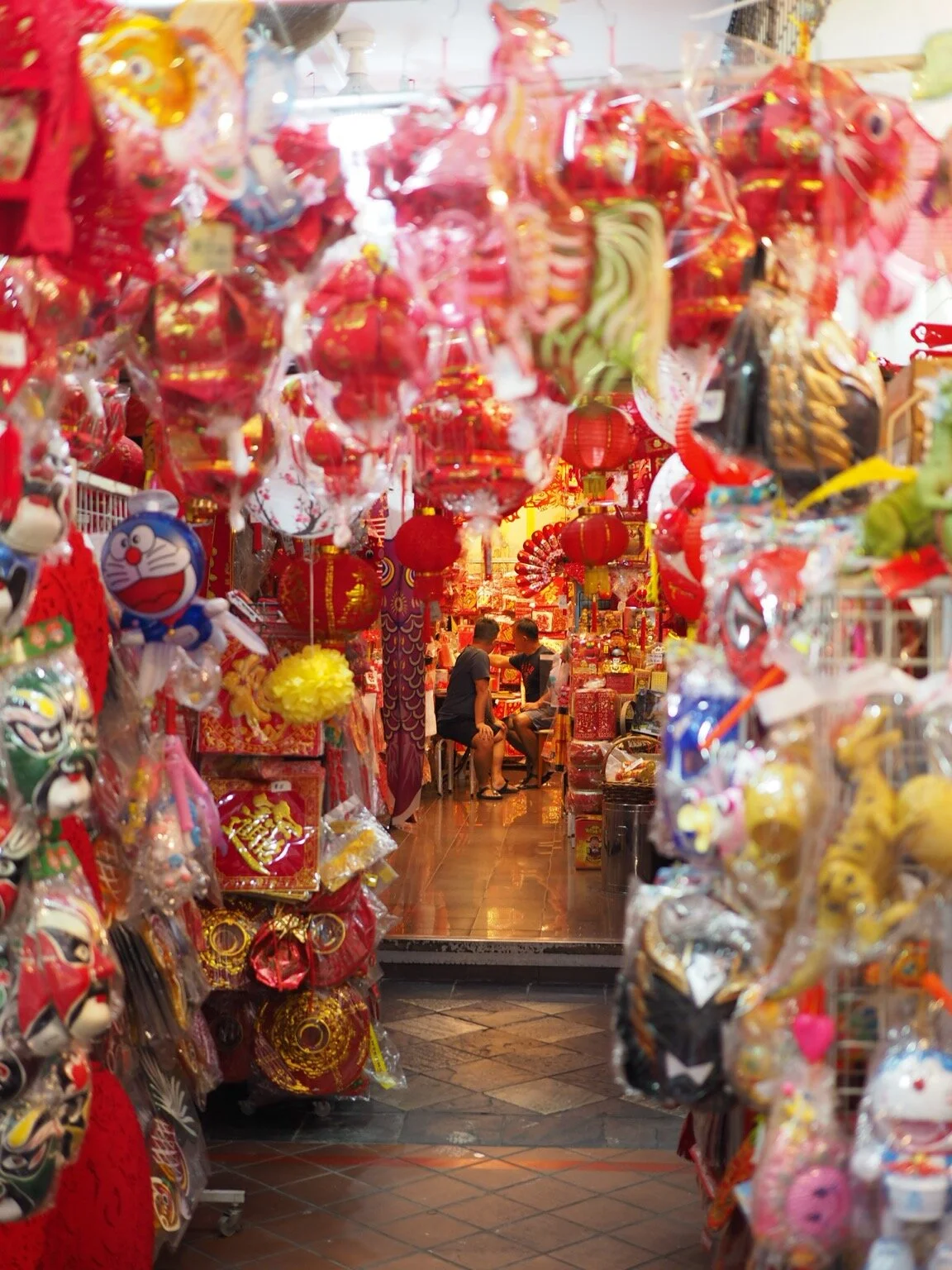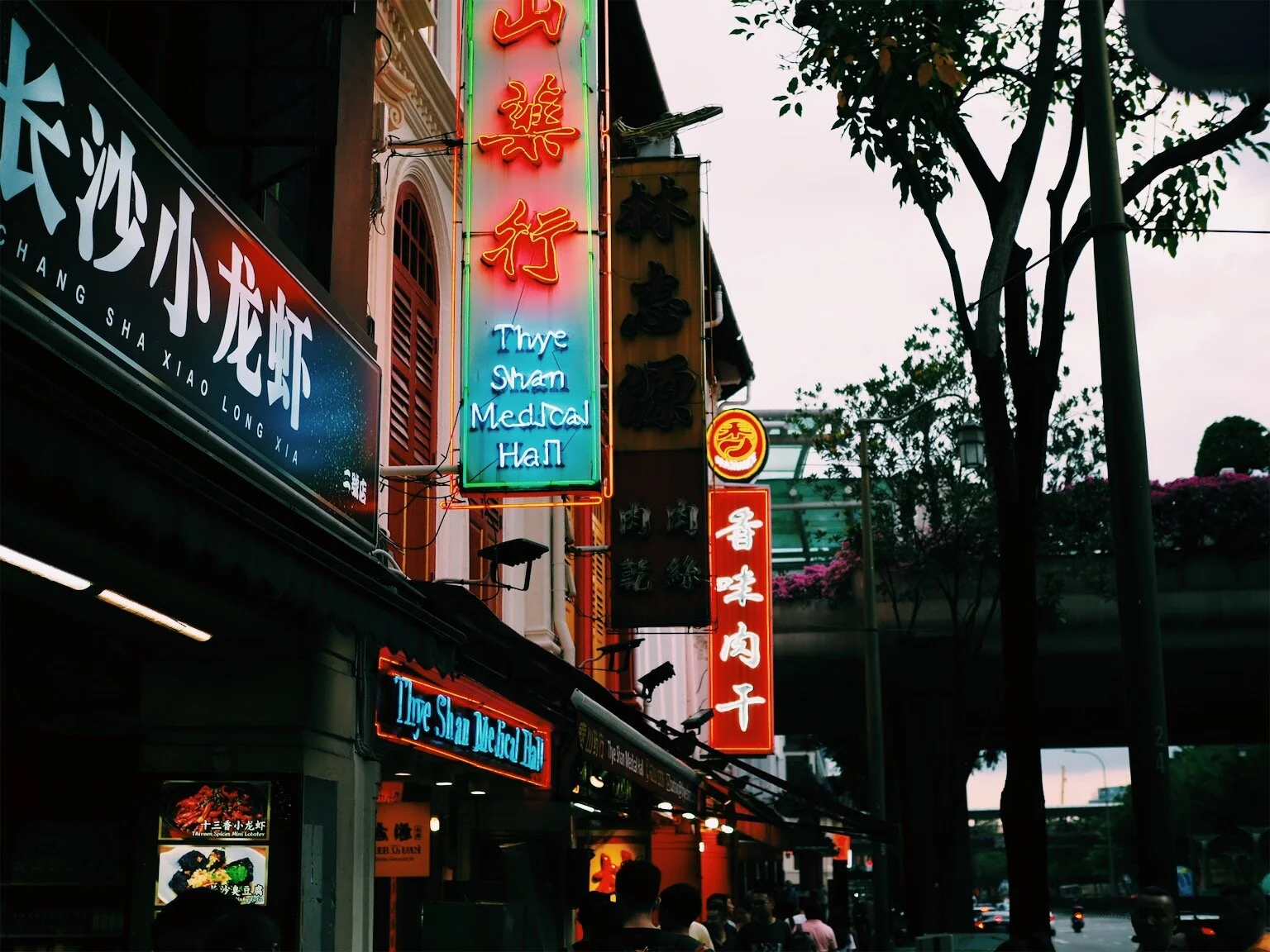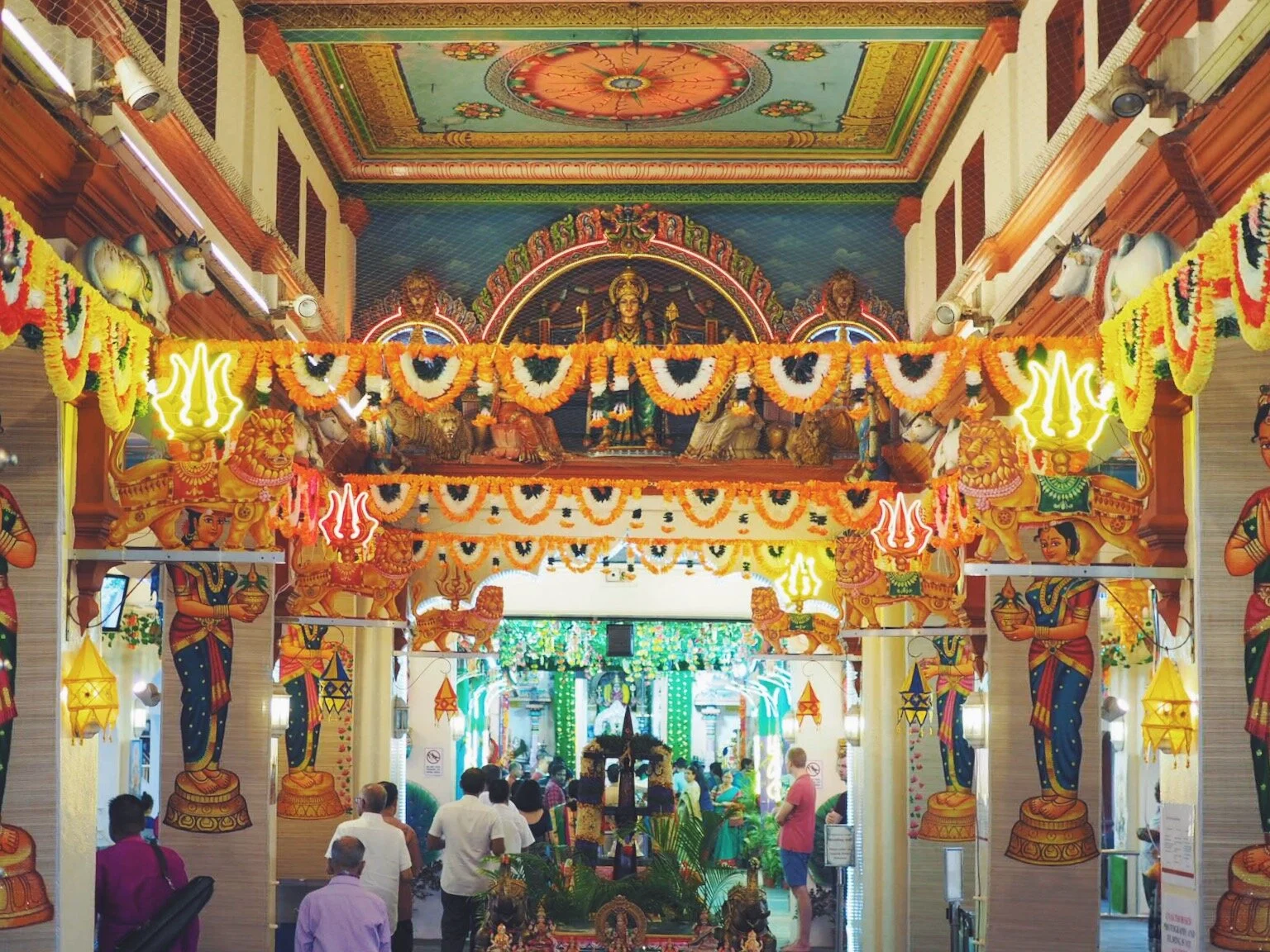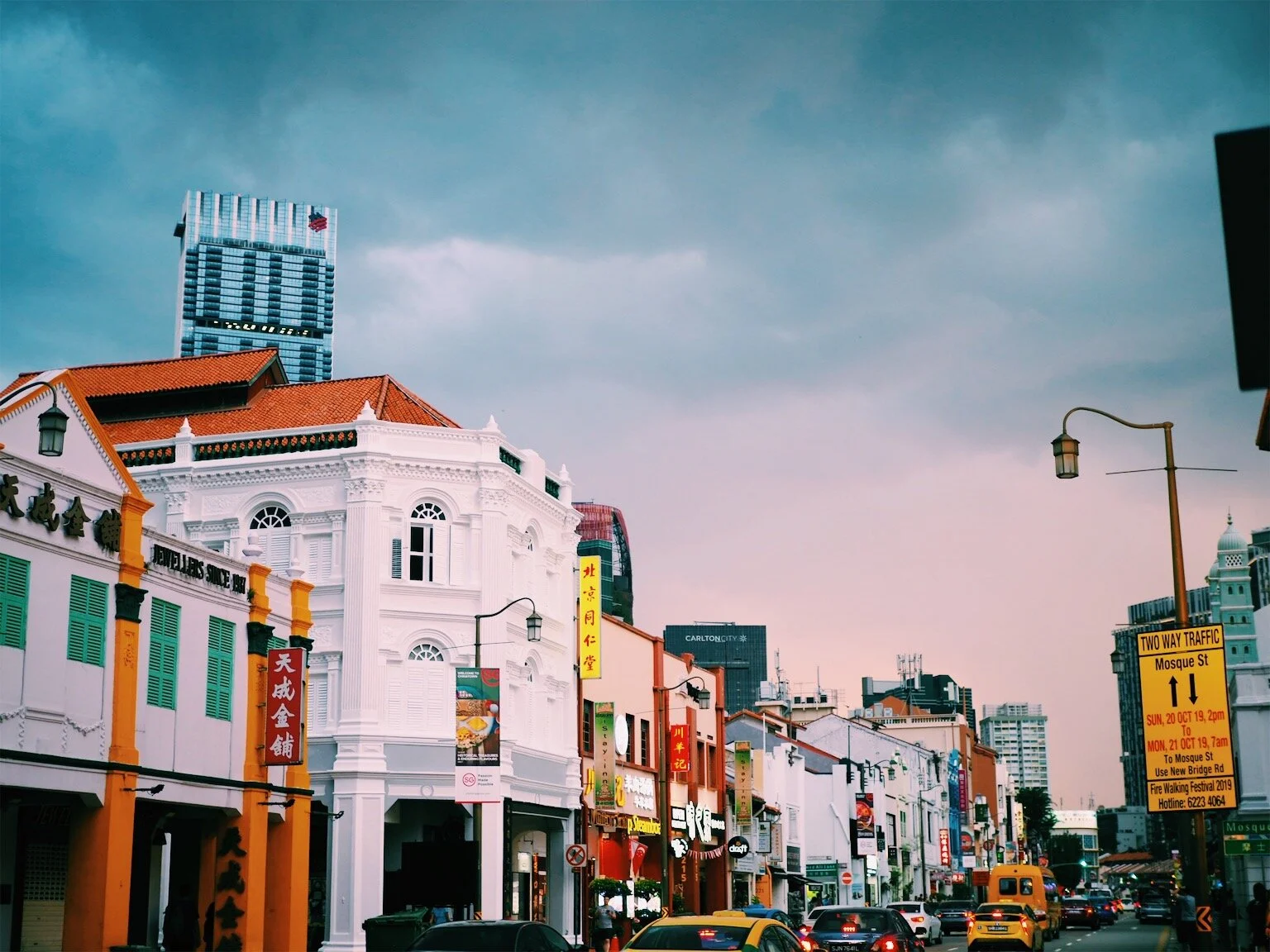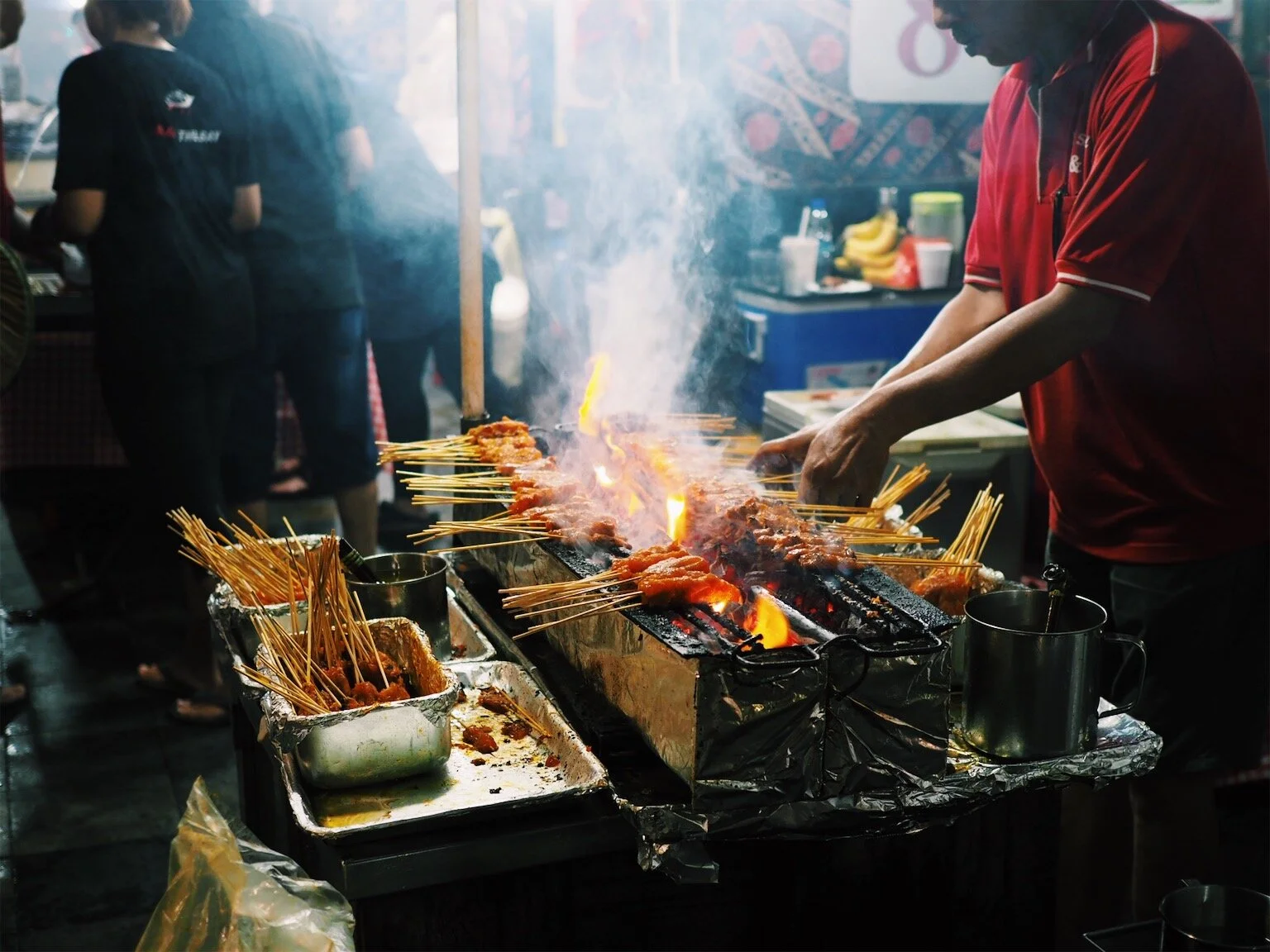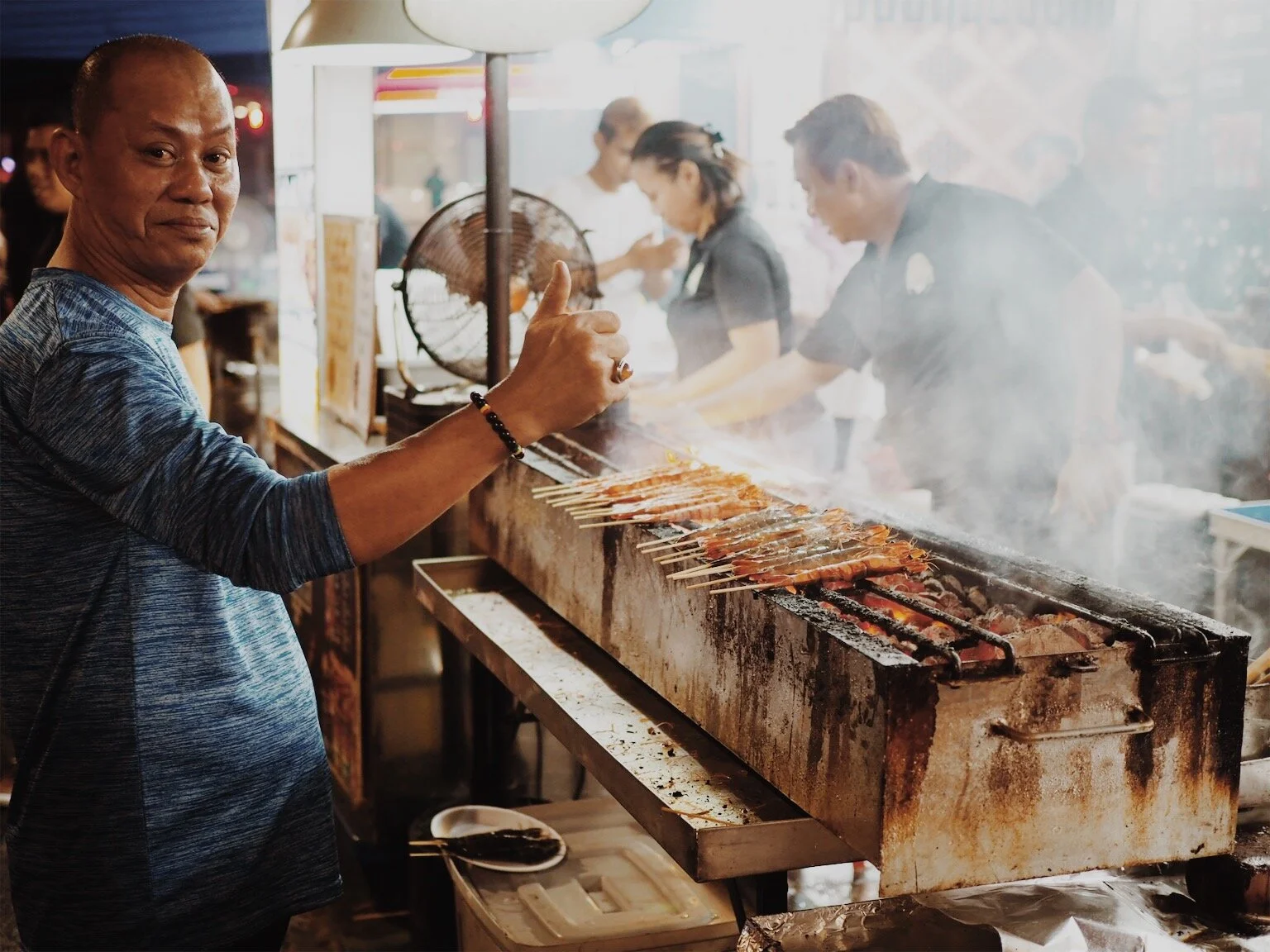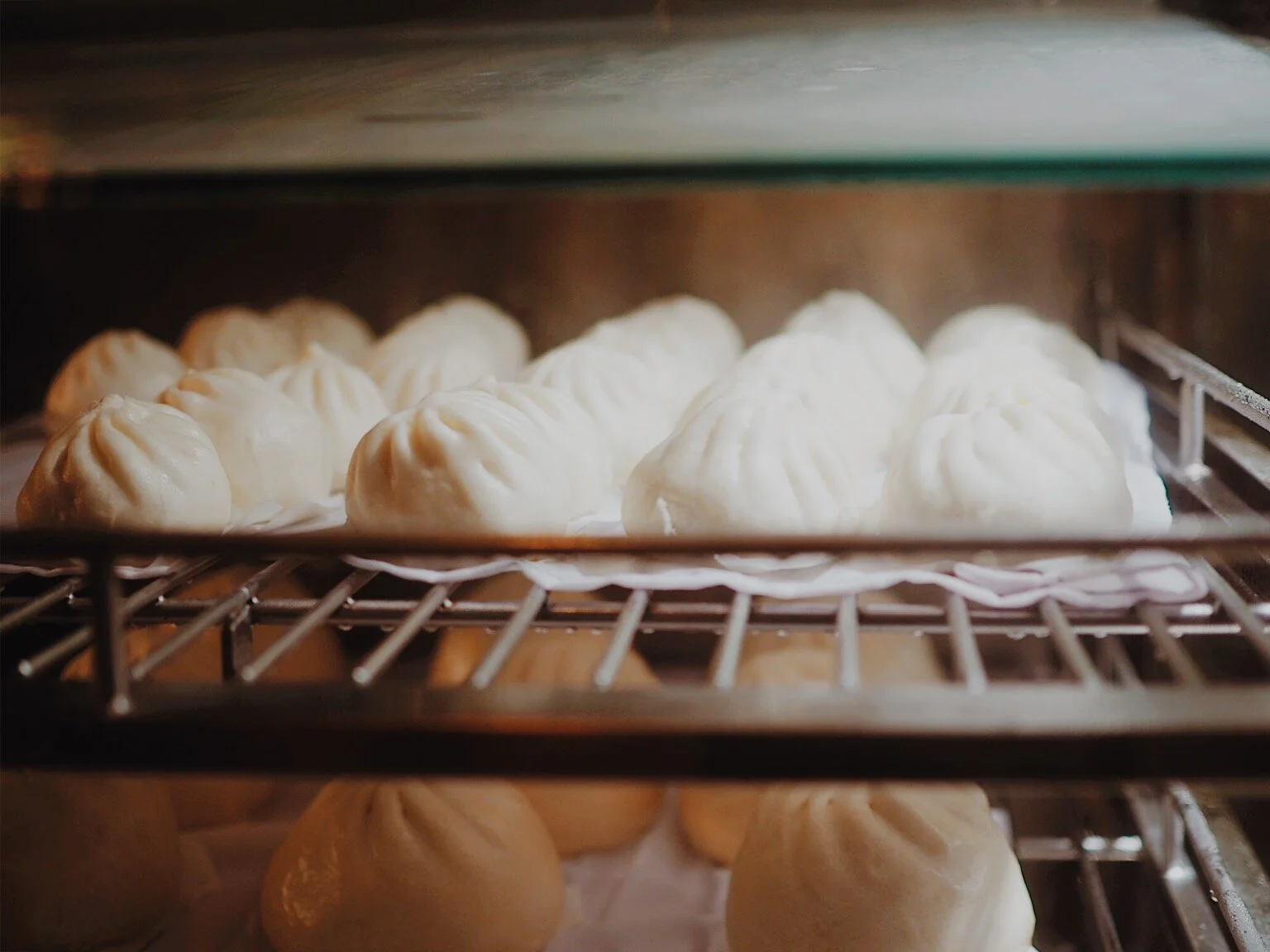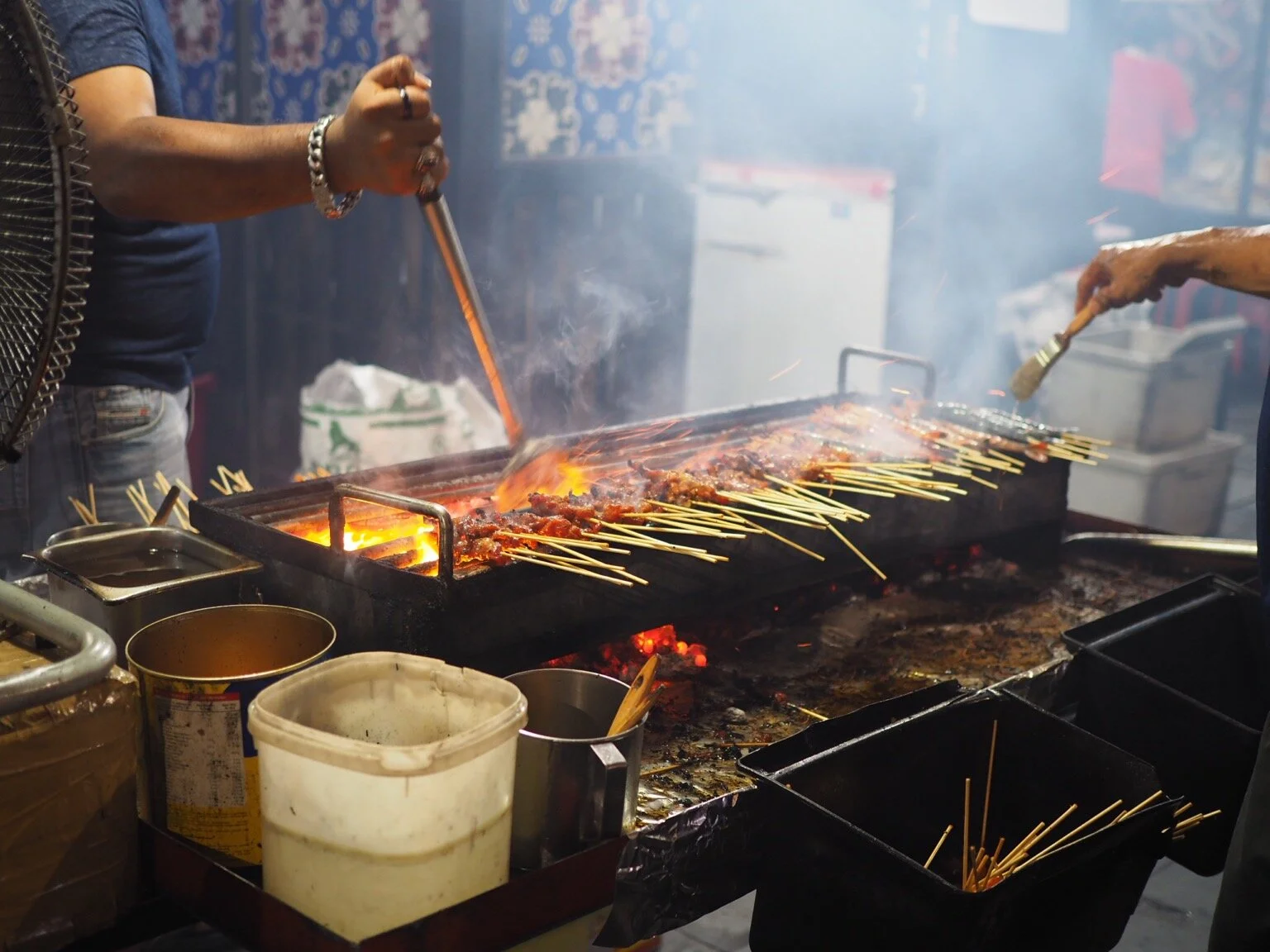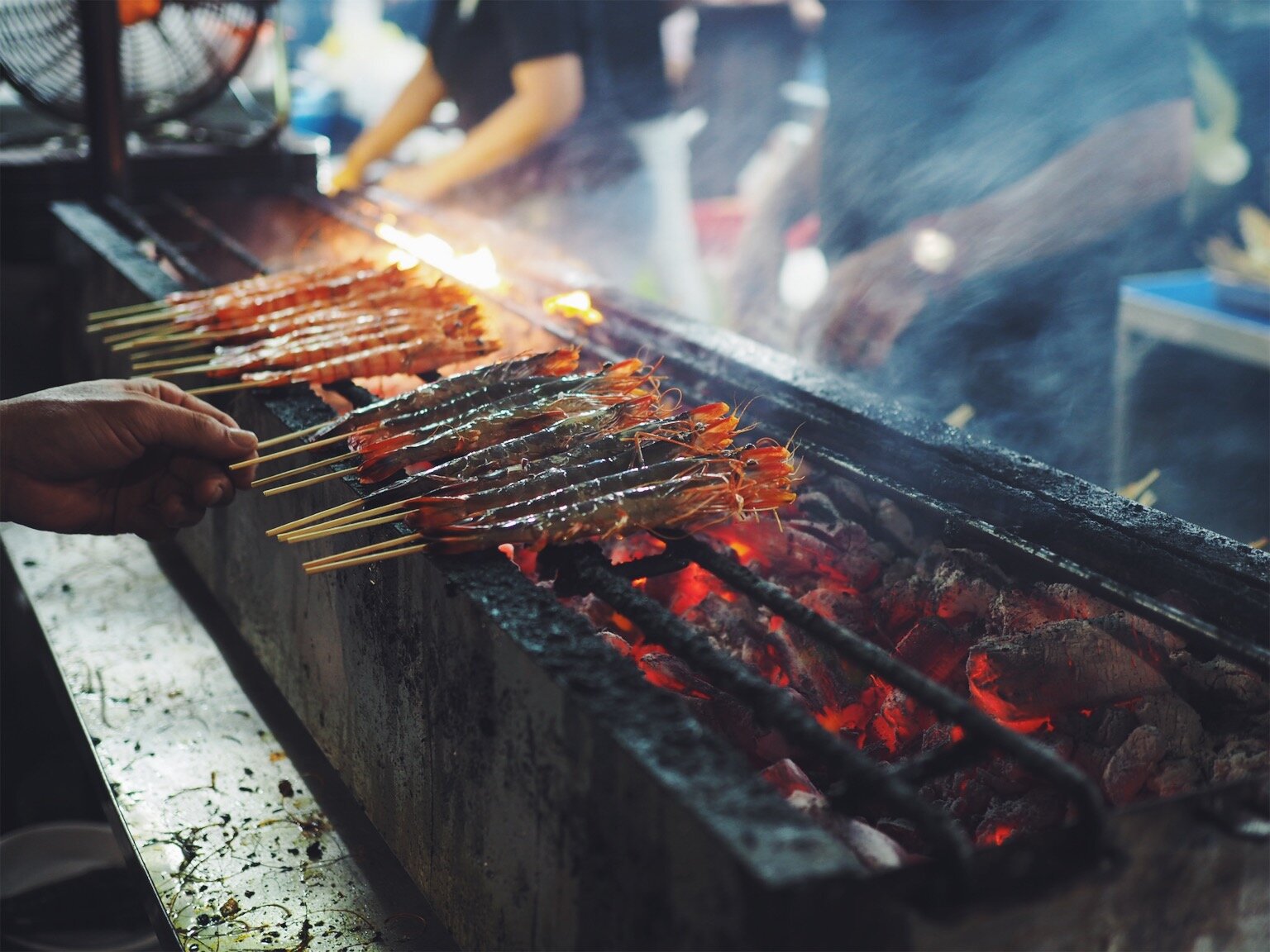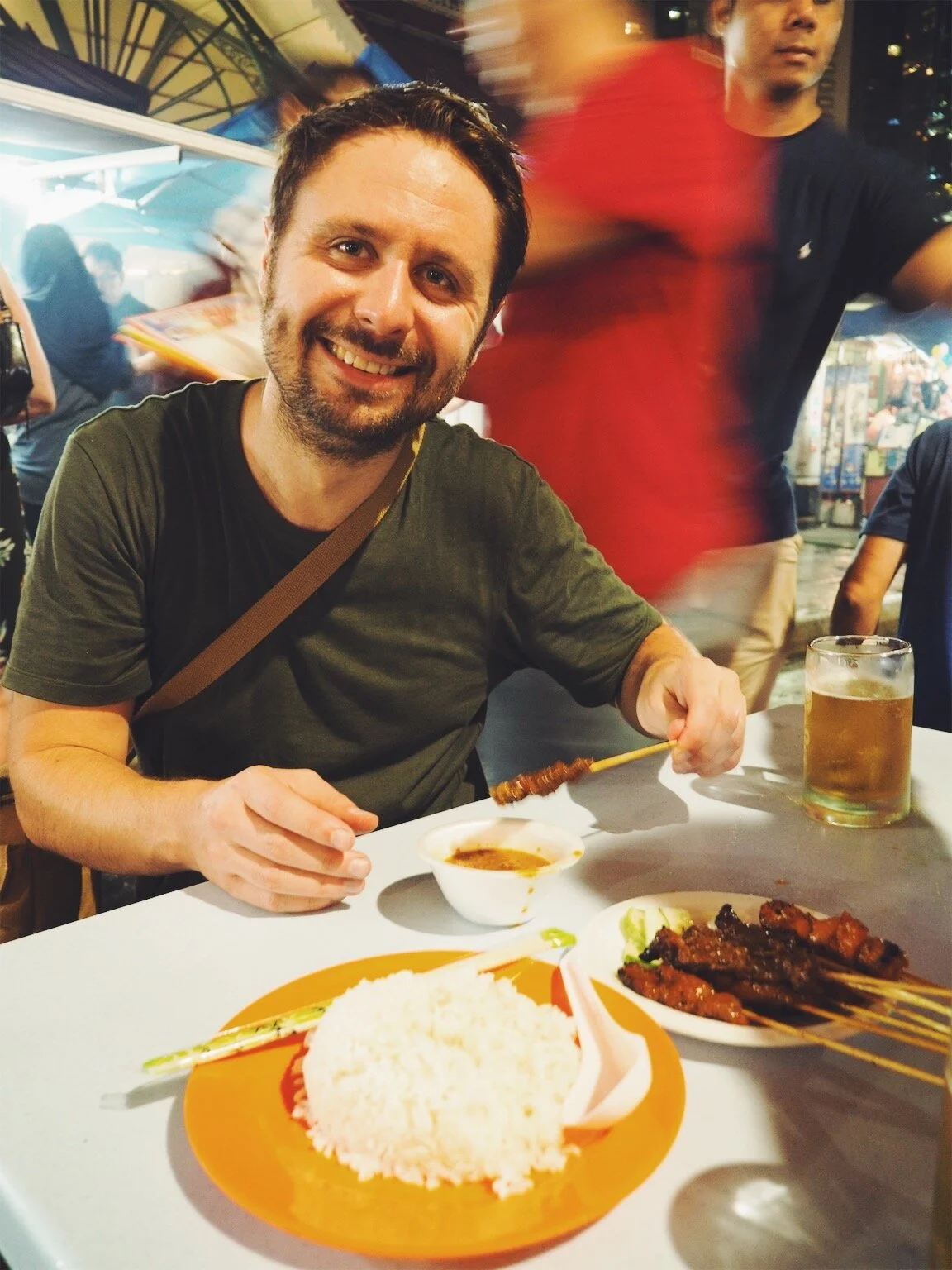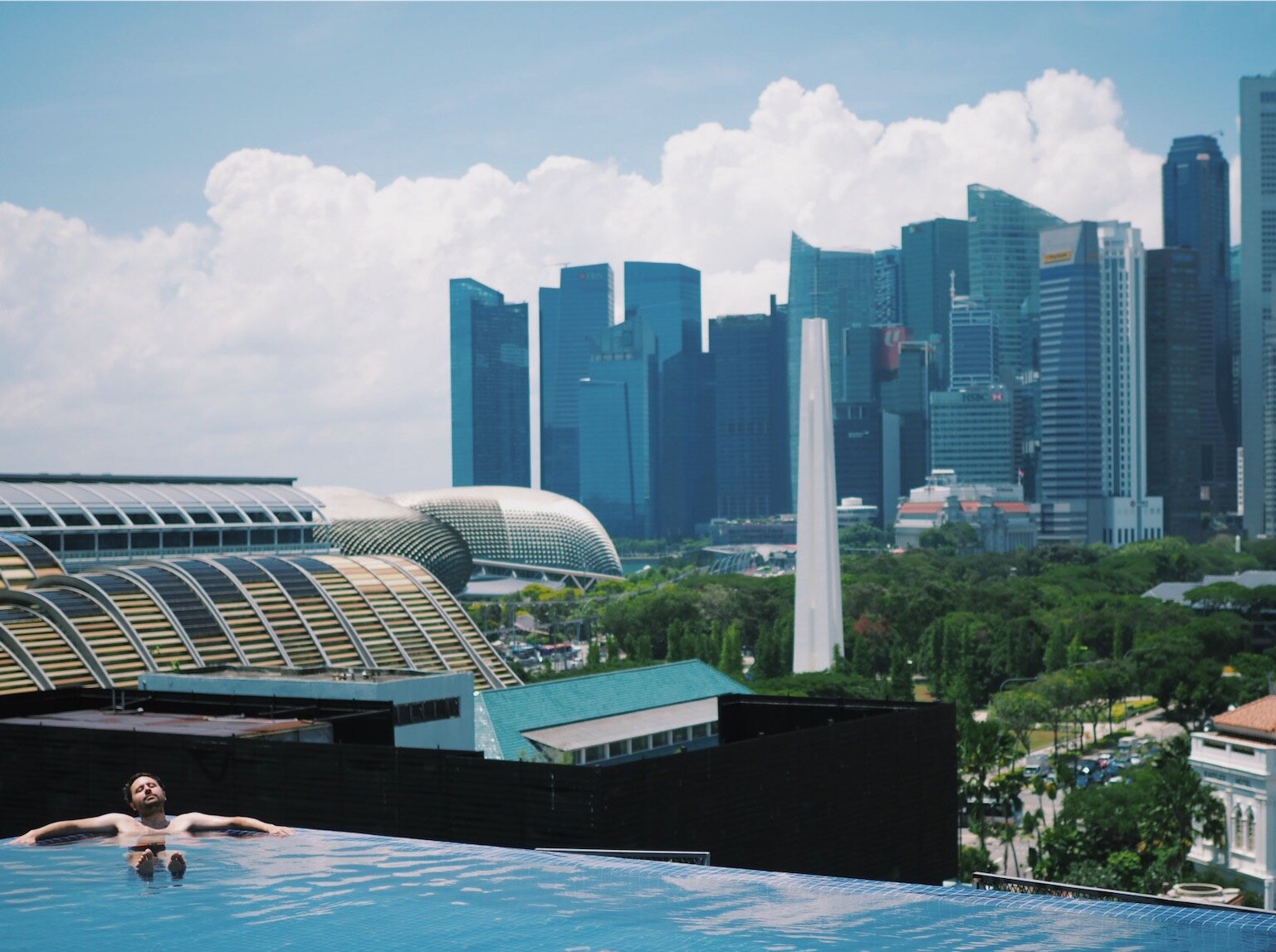Yogyakarta and Borobudur
After an amazing week in Komodo, we were set for a week exploring a few of Indonesia’s main tourist attractions in Java. Our first stop was Yogyakarta (or Jogja as the locals call it). There were no direct flights from Labuan Bajo, so we had to fly back to Bali first to catch our connecting flight. We had booked a few nights in the Hyatt Regency (a great value 5-star hotel recommended by our friends Andy & Claire). From the moment we arrived we had garlands of Jasmine placed around our necks, bellboys ready to take our luggage and a refreshing welcome drink waiting for us. Our room was on the dated side, but it was very quiet (no scooters or early call to prayer!). The rest of the hotel was very grand, with an amazing pool, sauna and jacuzzi, as well as an amazing buffet breakfast with everything you could possibly want. We spent an afternoon swimming in the multiple pools and testing out their temple-themed water slide!
Yogyakarta City Center
Our hotel offered a shuttle service into the centre of town, so we opted for the 11am bus to explore Jogja - the ‘Soul of Java’. We were dropped at the top of Malioboro Road (the main shopping area for Jogja) and wandered our way down towards the Kraton (the sultans quarters) passing horse and carts, stalls and batik sellers as we went. We paid the small entrance fee to the enter the Kraton, which consisted of a pavilion type structure and various buildings showing mannequins in royal outfits and a few tired looking exhibits. We were there for around 20 minutes before deciding it definitely wasn’t worth the visit! We did get a lot of attention being the only westerners there, and multiple selfies were requested by the locals!
We then decided to take a Bacak (Java’s answer to a Tuk Tuk but very cosy!) and headed towards the Taman Sari Water Castle. Our driver suggested we visit the local puppet makers on the way, and so we took a quick detour. A few minutes later our driver pulled up to a collection of small houses and led us into a studio where a friendly local man greeted us and explained about the puppet making process. Wayang Kulit is the name of the Javanese shadow puppet theatre tradition. It’s origins are traced to the spread of Hinduism in the medieval era and the arrival of leather-based puppet arts called thalubomalata from southern India.
Our host explained that the puppets are used to tell the story of the Hindu epic, the Mahabharata, which relates to the conflict and struggle between two sets of cousins, Pandawa and Kurawa, over the rule of the kingdom. There are various characters who’s appearance are symbolic to their qualities and roles - all of which were depicted on each of the puppets through detailed pattern and iconography.
We watched the local craftsmen explain how they cut the puppets from buffalo leather before adding intricate patterns by hand and painting them with painstaking detail. The craftsmanship behind creating each shadow puppet was amazing, and it was fascinating to see all the different characters, marionette puppets as well as dolls and masks. We were tempted to buy something from them, but due to little space in our bags and the worry of breaking them, we tipped instead and left empty handed.
Our Bacak driver then led us to the next door coffee shop where they were selling civet coffee - made from partially digested coffee beans eaten by the Asian palm civet. At first we had reservations as we had heard some farmers mistreat the animals using battery cages, but the lady explained that they used the traditional methods with wild civets. We agreed to a cup and were surprised at how smooth it tasted. We decided not to buy any however, as it did feel a bit morally questionable! We then headed to the Taman Sari Water Castle, the site of a former royal garden of the Sultanate of Yogyakarta. We wandered around the green pools surrounded by crumbling pavilions constructed around the mid-18th century.
We then descended into the small network of underground tunnels called the Sumur Gumuling, before exiting to the surrounding neighbourhood. The area surrounding the ruins was almost more interesting than the ruins themselves - a maze of small cobbled streets lined with plants, painted murals and hanging birdcages. It was very charming neighbourhood, and a total hidden gem! After talking it all in we ambled our way back to our bacak driver who had been patiently waiting for us.
Going with the flow we agreed for our driver to take us to a traditional silversmith workshop nearby. We drove about 15 minutes outside the safety of the walled old town onto the main roads, which didn’t feel as safe seeing as we were essentially sat in a pram being pushed by a motorbike into busy traffic! Luckily the drivers were all pretty relaxed compared to London, which made it a lot less stressful than it could have been! We arrived at the silver workshop and were shown the incredible craftsmanship that goes into creating each piece of intricate silver jewellery. We got to wander around their work stations, watching them welding, stencilling and adding embellishment with pinpoint precision. We then headed back to the old town for 4pm where we were meeting a tour guide for our street food tour!
Jogja Street Food Tour
Jogja is also infamous in Indonesia for its street food (Netflix’s chefs table have even dedicated an episode to it) so we were keen to try some of the local favourites. Not feeling particularly confident to navigate the stalls and keep our digestive system in tact, we had found a street food experience hosted by Backstreet Academy (a company who are doing a brilliant job at linking up locals with tourists). Our host was called Anisa, and our first spot and meeting place was at Gudeg yu Djum wijilan 167. This was a family run business, where the lady who started it had sadly passed away 3 years ago but the multiple businesses around the city were still a local favourite. We tried a local favourite dish called Gudeg (jackfruit, cows skin, egg, tempeh and rice) which was really tasty, even if it didn’t look particularly appetising.
We then headed to the main square outside of the Kraton to a little street vendor called Pak Pele, who had just started prepping for dinner. Anisa told us that if we came later, we would have to wait hours to order due to the stalls popularity! She ordered us 2 drinks - Wedang Ronde, a glutinous rice ball in ginger syrup, and Es Tape, a fermented Cassava root drink. Both of which were like nothing we’d tried before! After half an hour our main dishes were ready, and we got to sample Bakmi Goreng (Fried noodles) and Bakmi Godog (boiled noodles). Both were were really tasty, but the fried noodles came out the winner.
We then scaled the main square of the Kraton and joined the bustling Maliboro road again where all the street vendors had set up for the evening. Anisa took us to a street kiosk selling desserts and ordered a selection for us to try. These included Cenil (tapioca with coconut loose), Klepon (rice cake with melted brown sugar) and Onde-onde (a deep fried seasame banana ball). All were very sweet and tasty, but our favourite was the Onde-onde, one we vowed to order again!
We finished the tour at Angkringan Kopi Jos "Pak Agus" for their famous charcoal coffee! It was cool to see the white coals come off the fire into our coffee glasses, and surprisingly did taste good. We assumed this is popular for its dramatic effect, rather than the taste, but fun to experience none the less. That concluded our tour and it was sadly time to wish Anisa farewell. She kindly booked us a taxi for us, and we headed back to the hotel feeling rather full be glad to have experienced so much local cuisine in just a few hours!
Borobudur Temple
Built in the 9th century, Borobudur is the worlds largest Buddhist temple. It’s located a couple of hours drive north west of the Jogjakarta city centre, and one of the most popular tourist destinations in Indonesia. We arranged the tour in advance through our hotel for ease, which was slightly more expensive but a lot easier than arranging last minute. We opted for a private driver for the sunrise, as well as the other famous temple, Prambanan, which totalled an 8 hour tour. Luckily we were arriving mid week, and slightly off season, so we’re relieved that we wouldn’t be there at it’s most busy.
Following a rather painful 3am wakup call, we grabbed our day bags and jumped in the taxi for the 1 hour drive to Borobudur temple, and after getting our tickets and torches at the Manohara Hotel (the main entrance at sunrise) we set off in the dark to the steps leading to the temple. The climb only took around 5 minutes, and once we got to the top there were already a few people sat waiting for sunrise. We found a nice spot amongst the ornately carved stone statues overlooking the palm filled valley below, and waited for the sun. After about half an hour (and a lot more tourists arriving) the sun finally peaked through the horizon and cast warm light on the huge stone statues, stairways and corridors.
We got some nice snaps of the view before wandering around the temple, taking it in from all angles while the sun slowly rose higher. Although there were quite a few tourists for sunrise, we still enjoyed moments of calm and space in the temple, and many people left once the sun had risen completely, meaning we could enjoy it without getting in the way of any selfies. We then headed back down the stone steps and walked around the base of the temple to see it in its entirety, before walking back to the Manohara Hotel restaurant for our free breakfast (included in the ticket cost).
Prambanan Temple
It was then time to meet up with our driver and continue to our next stop - Prambanan, another impressive 9th century temple, this time built by Hindus. The drive took about 30 minutes, and on arrival we bought our entry tickets and headed along the pathways to the temple. The site was huge, with towering stone structures made from carved stone, and it was a lot less busy than Borobudur. (explain about history a bit). Earthquake had destroyed many of the structures. We explored the various entrances to the tombs to seek a bit of respite from the heat.
Being one of very few westerners in the temple we were subject to many Indonesian tourists asking for selfies, including a large group of school kids who were very excited to have a picture taken with us for some reason - it was quite surreal! We wandered back to our driver who dropped us back at the hotel, and we had a big lunch to get our energy back before relaxing in the pool and taking advantage our of the hotels sauna and jacuzzi while we could!
We had heard good things about Jogja from many people we’d met on our travels and back in the UK, and it really didn’t disappoint. Aside from the amazing temples, we loved exploring the cultural centre of Java, with amazing food, handicrafts and of course very friendly Javanese people. Having mainly stopped at more relaxing places by the sea, it was great to experience the bustling vibe of the city and what it had to offer. Our next stop was Surubaya and the iconic mount Bromo, and we were really excited to head up into the mountains (and cooler climate!) for some much needed trekking.









































































































































